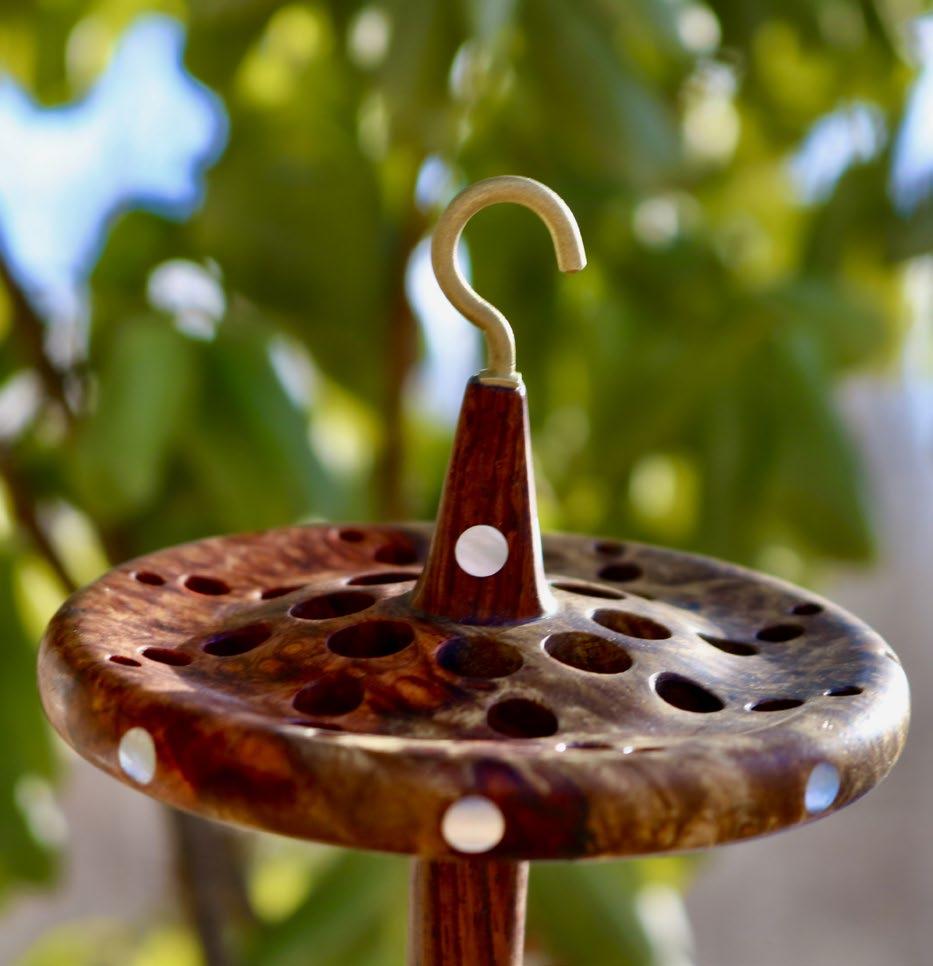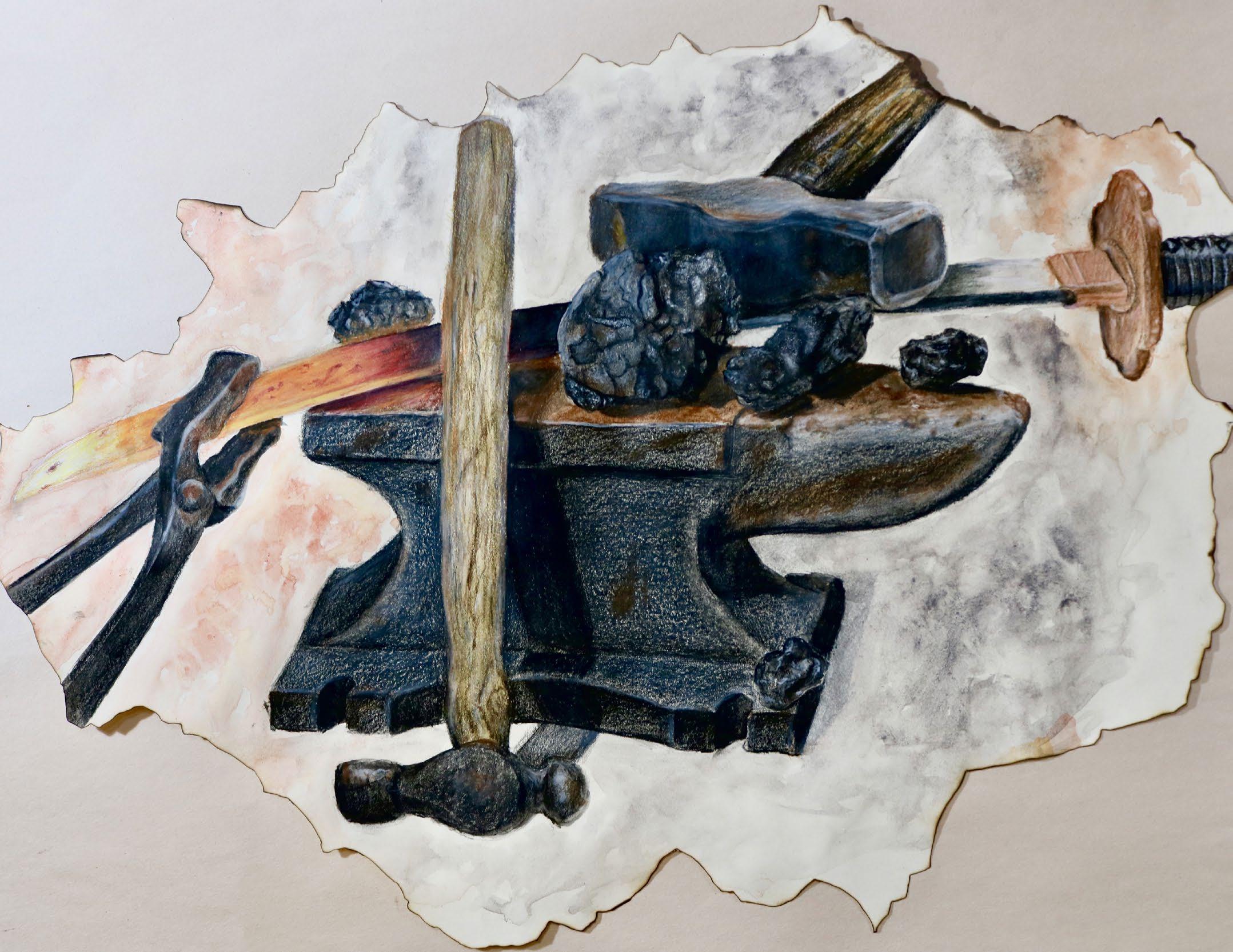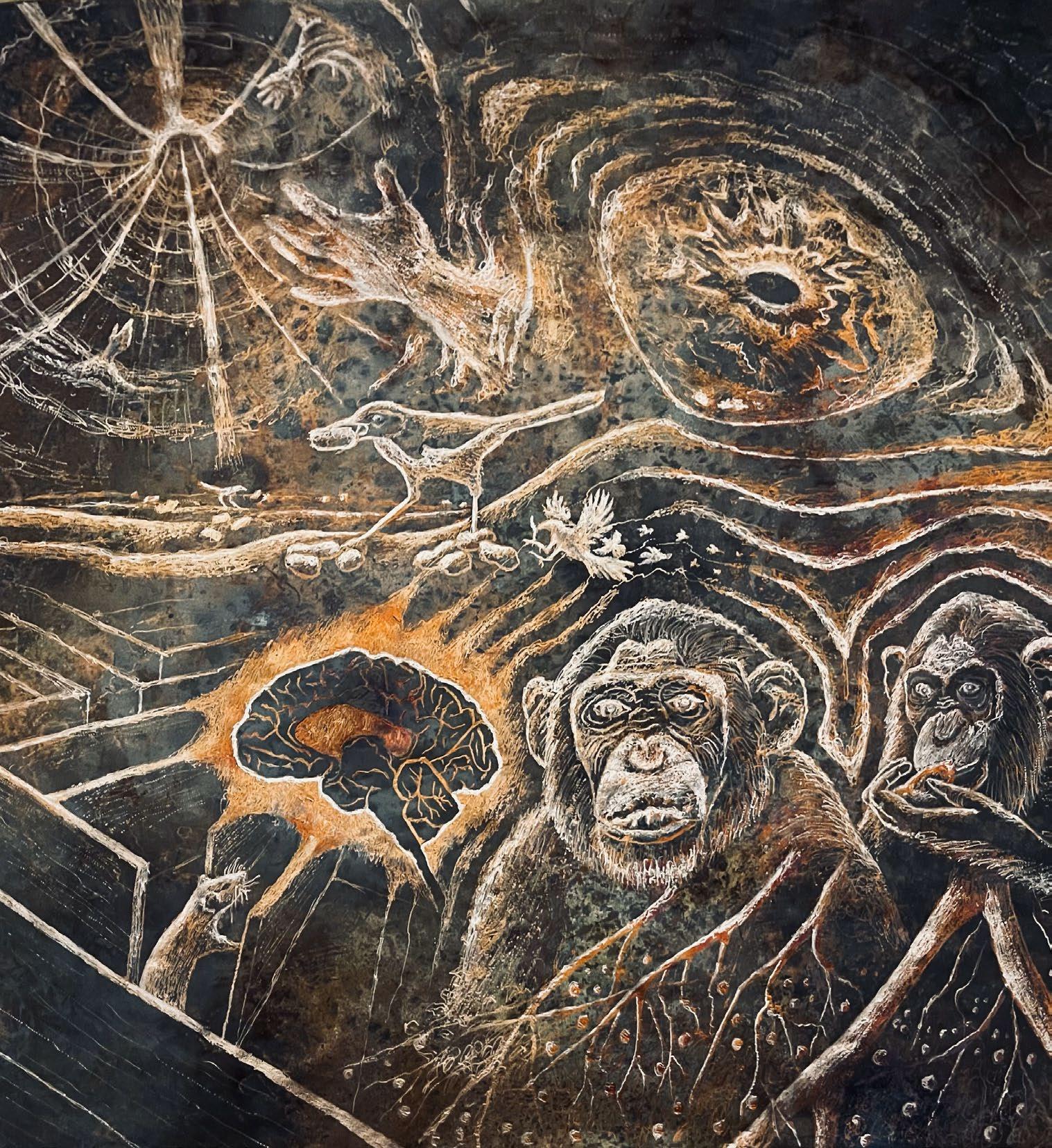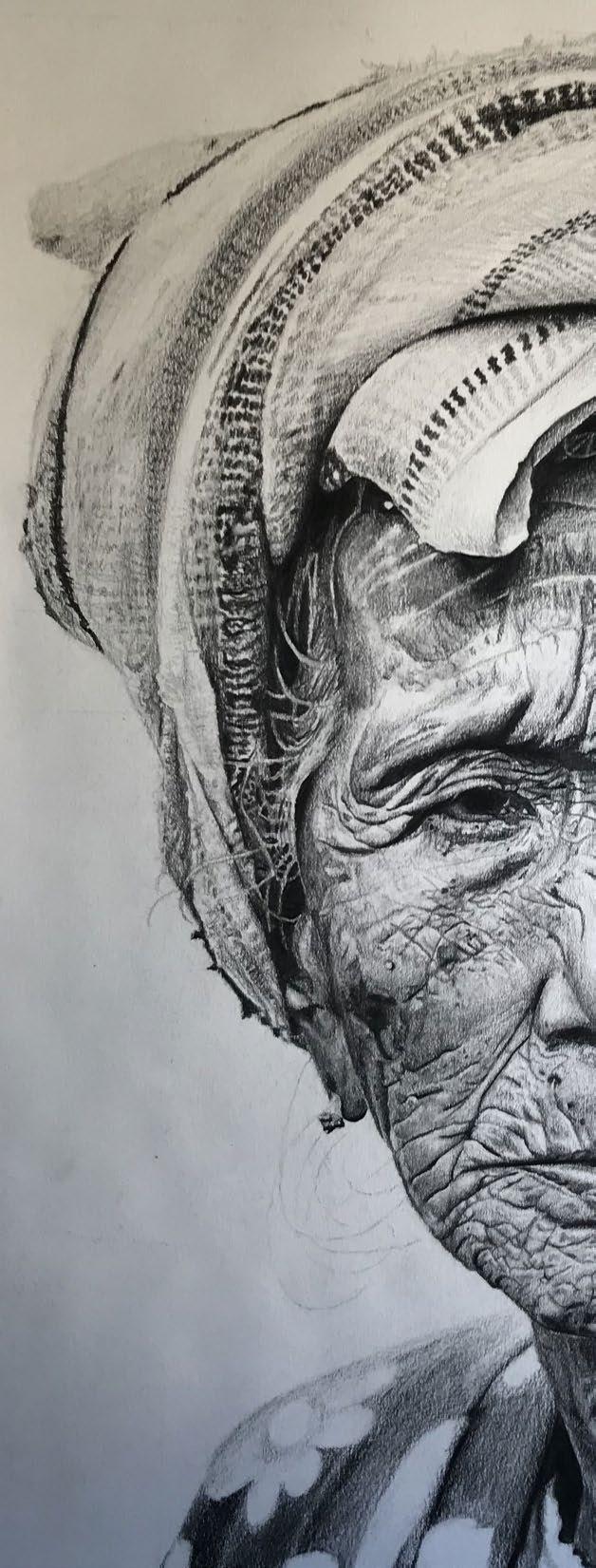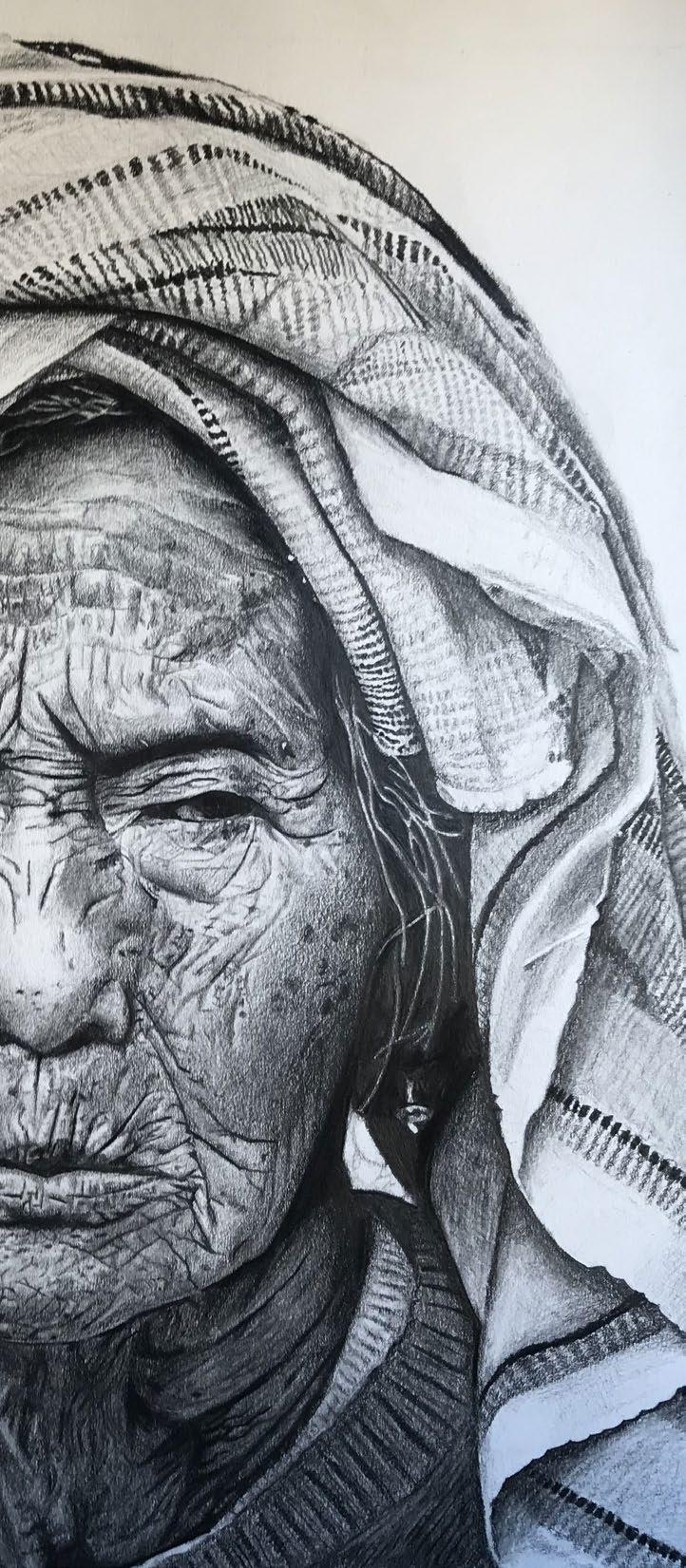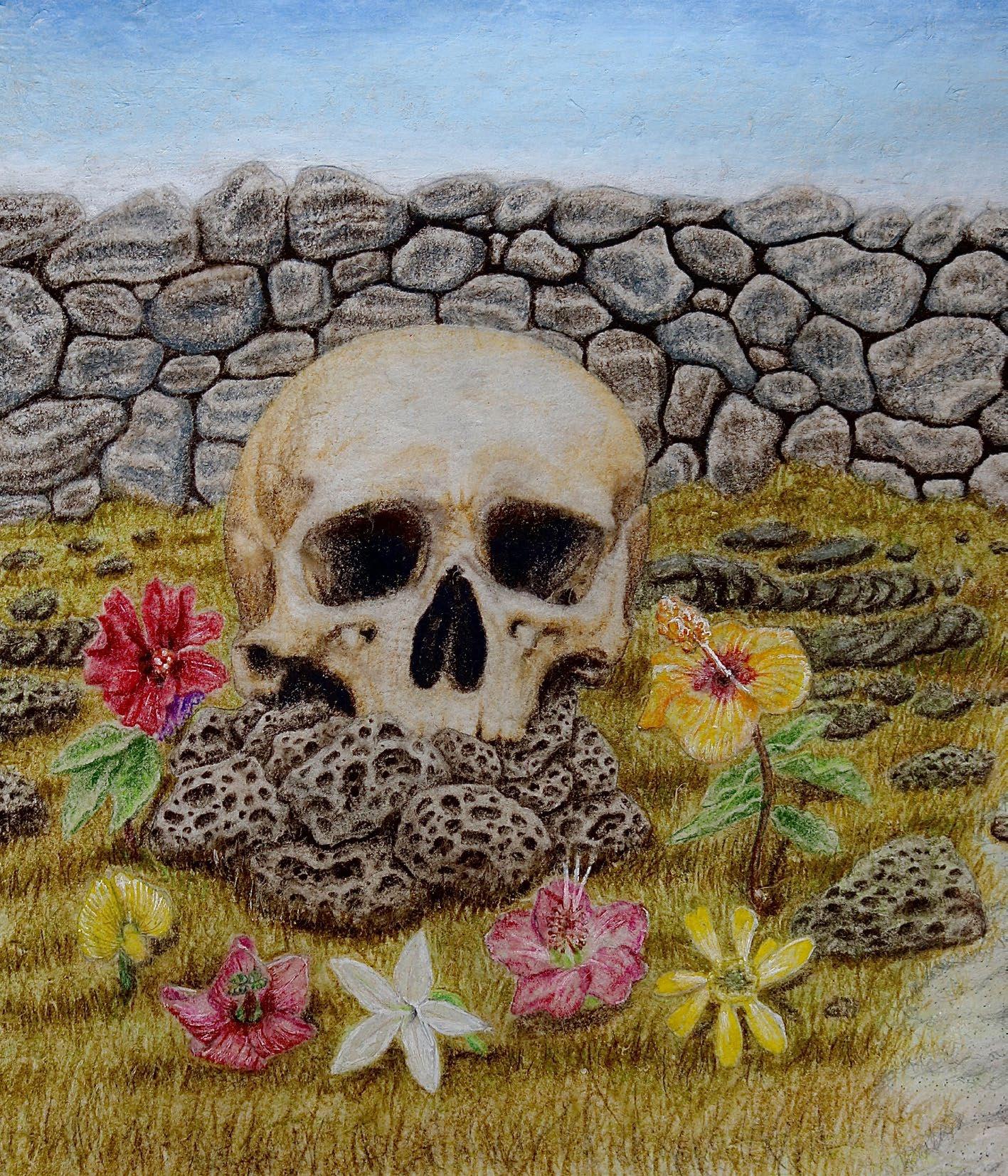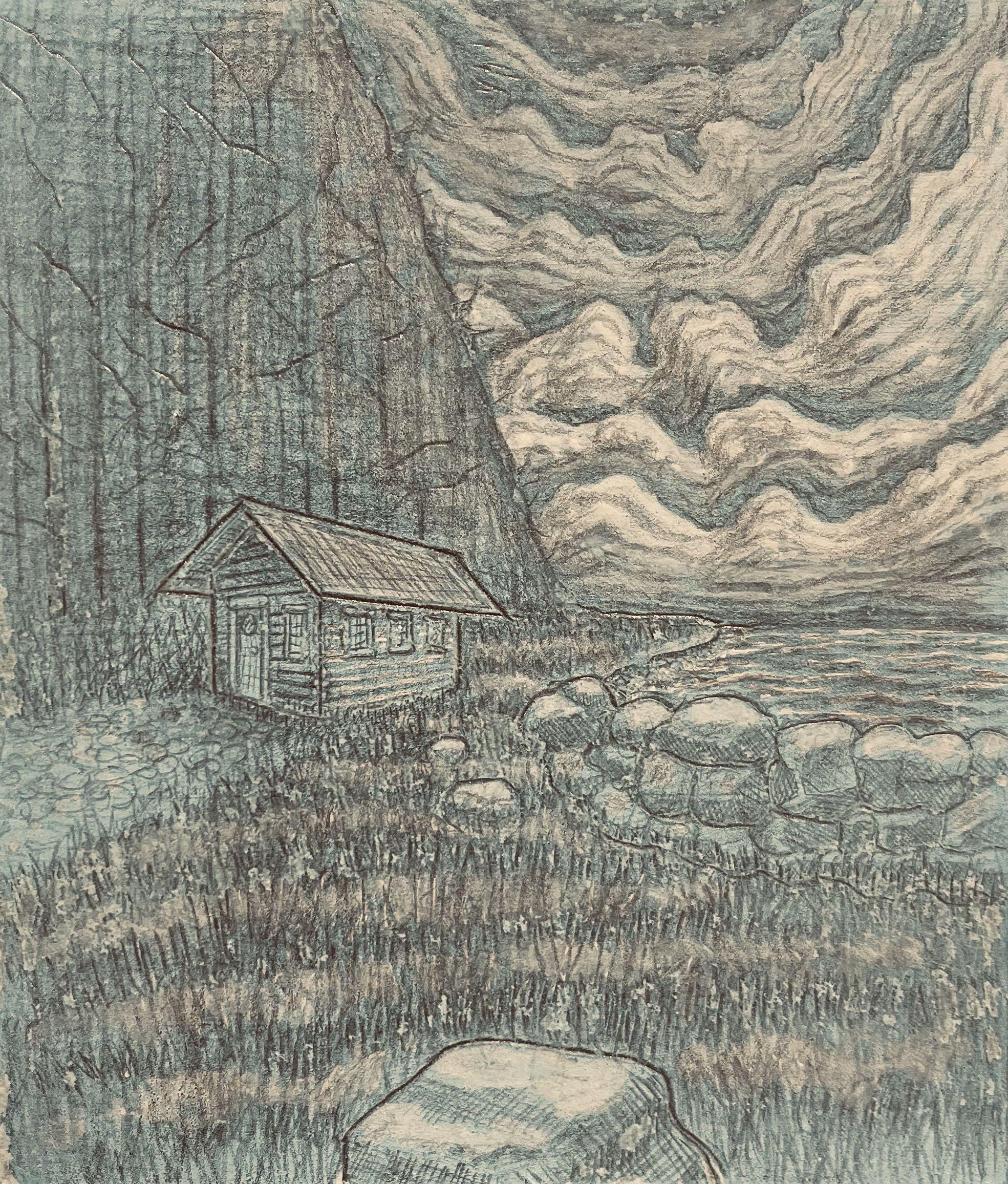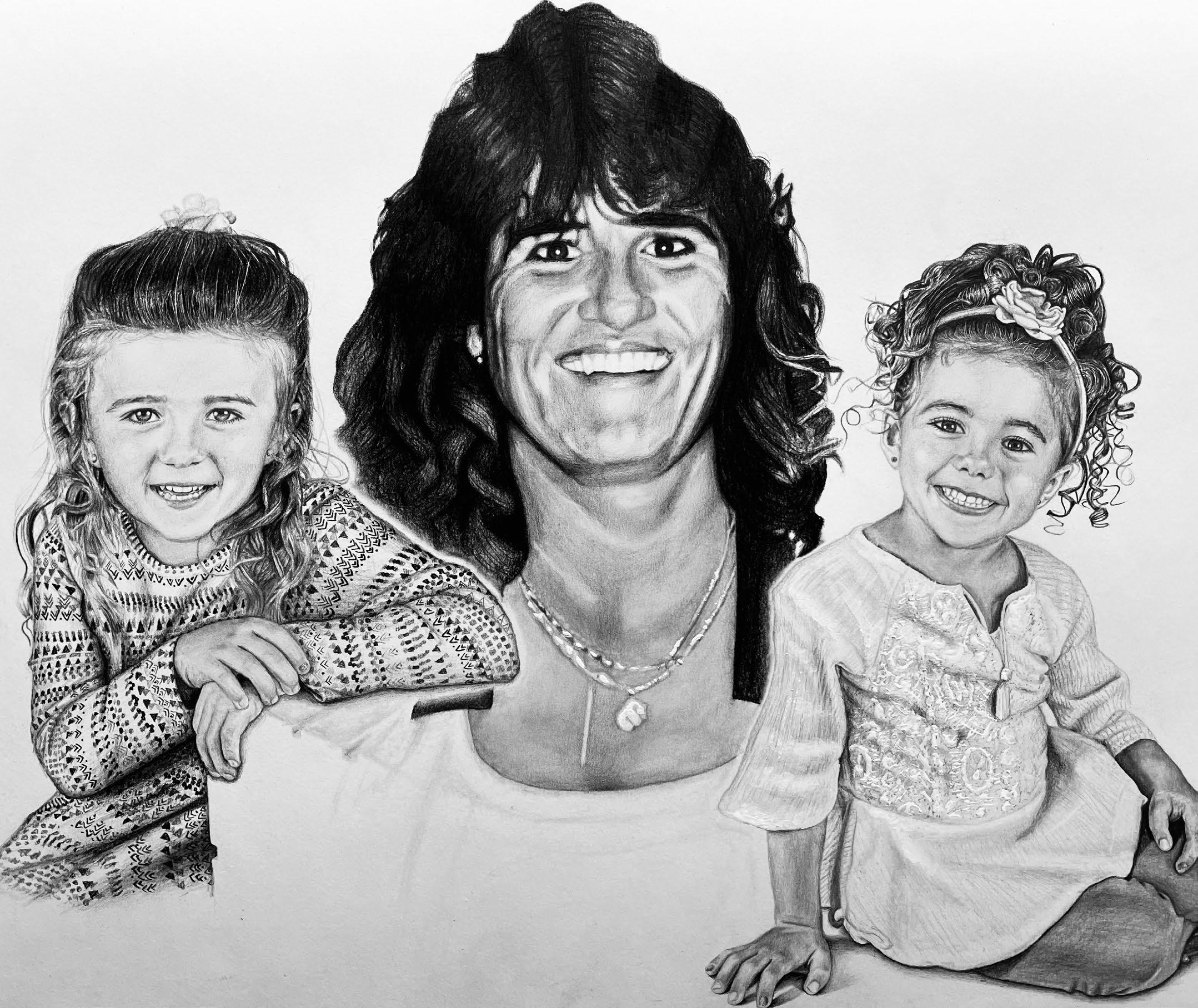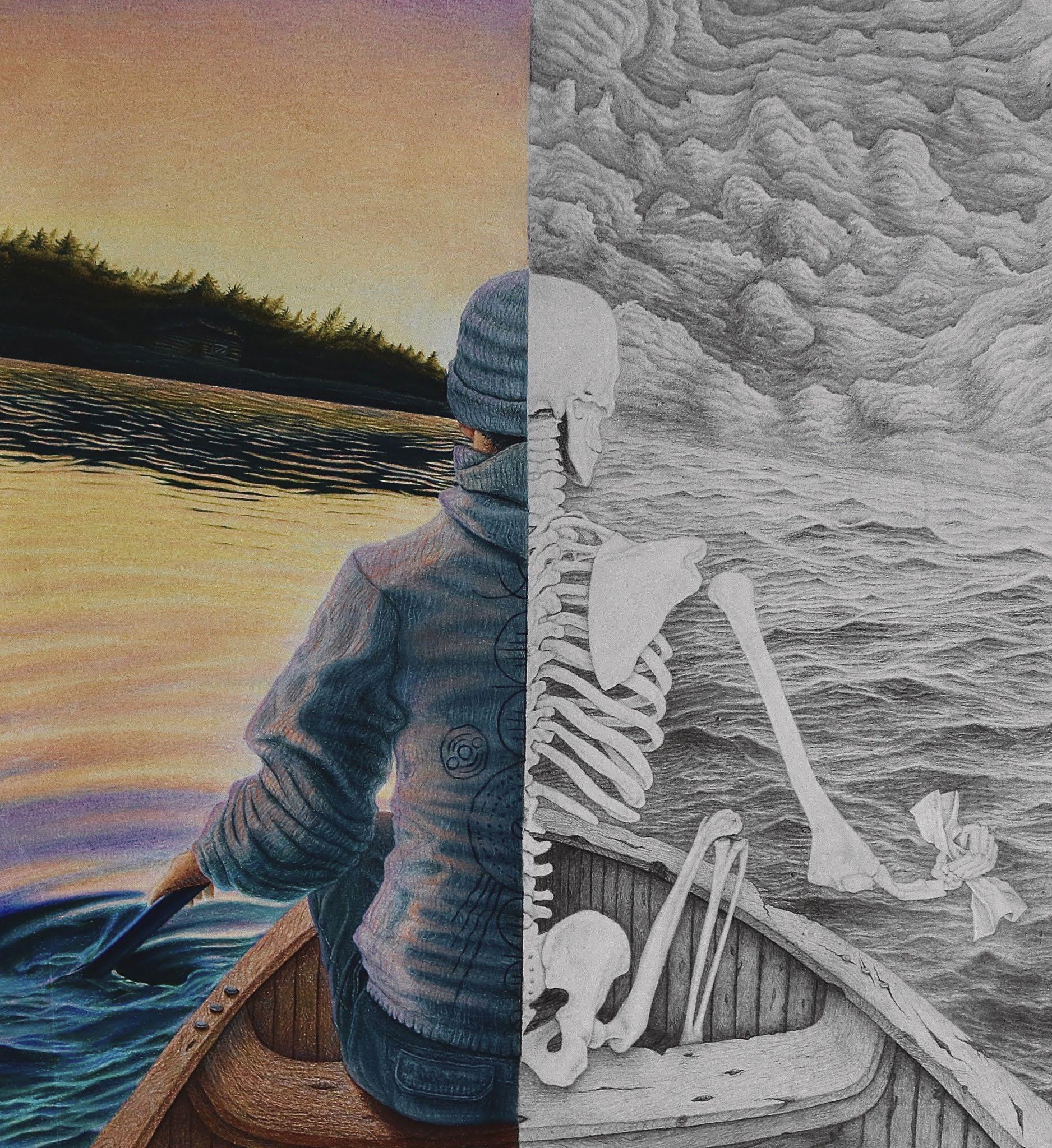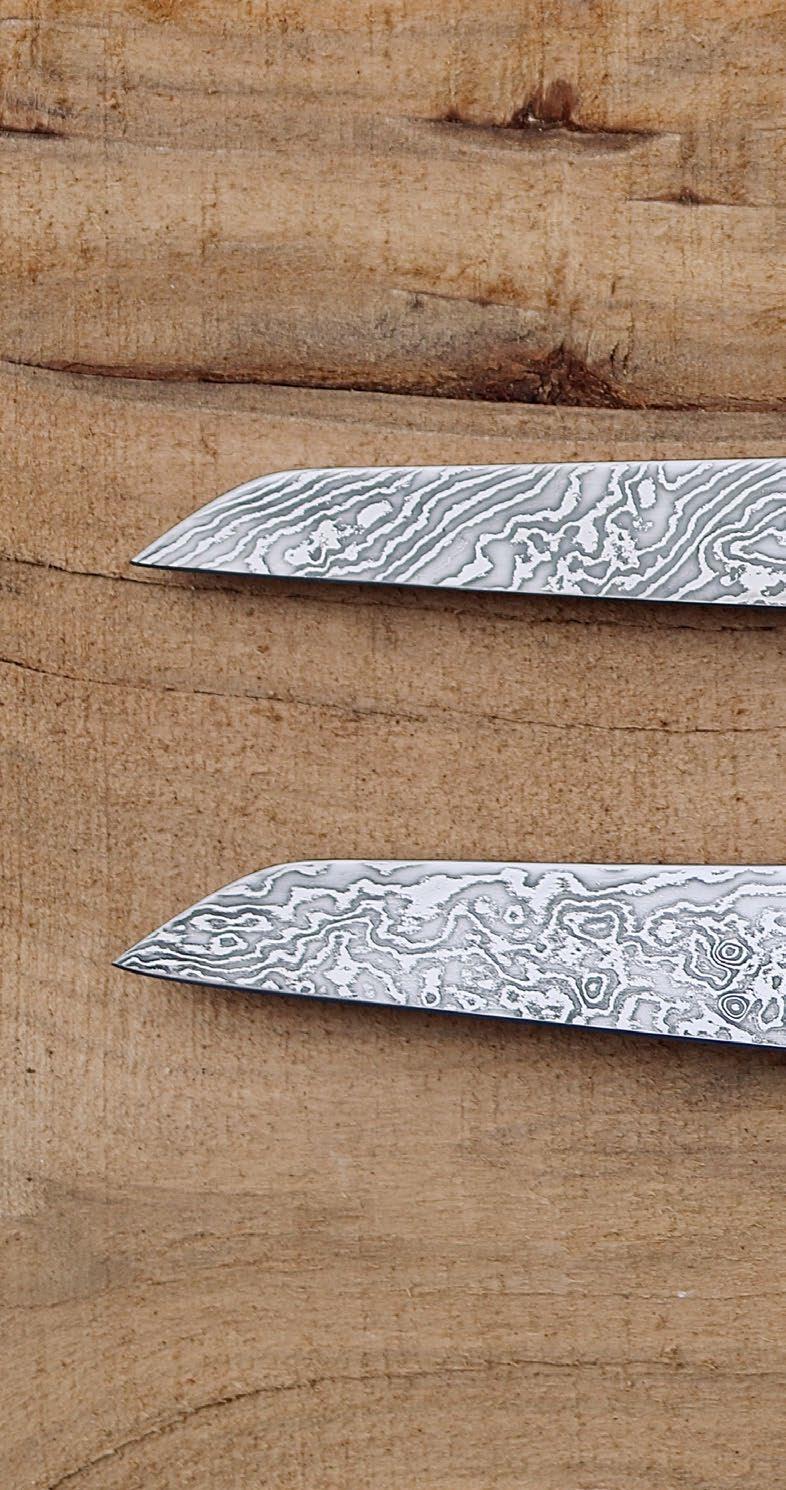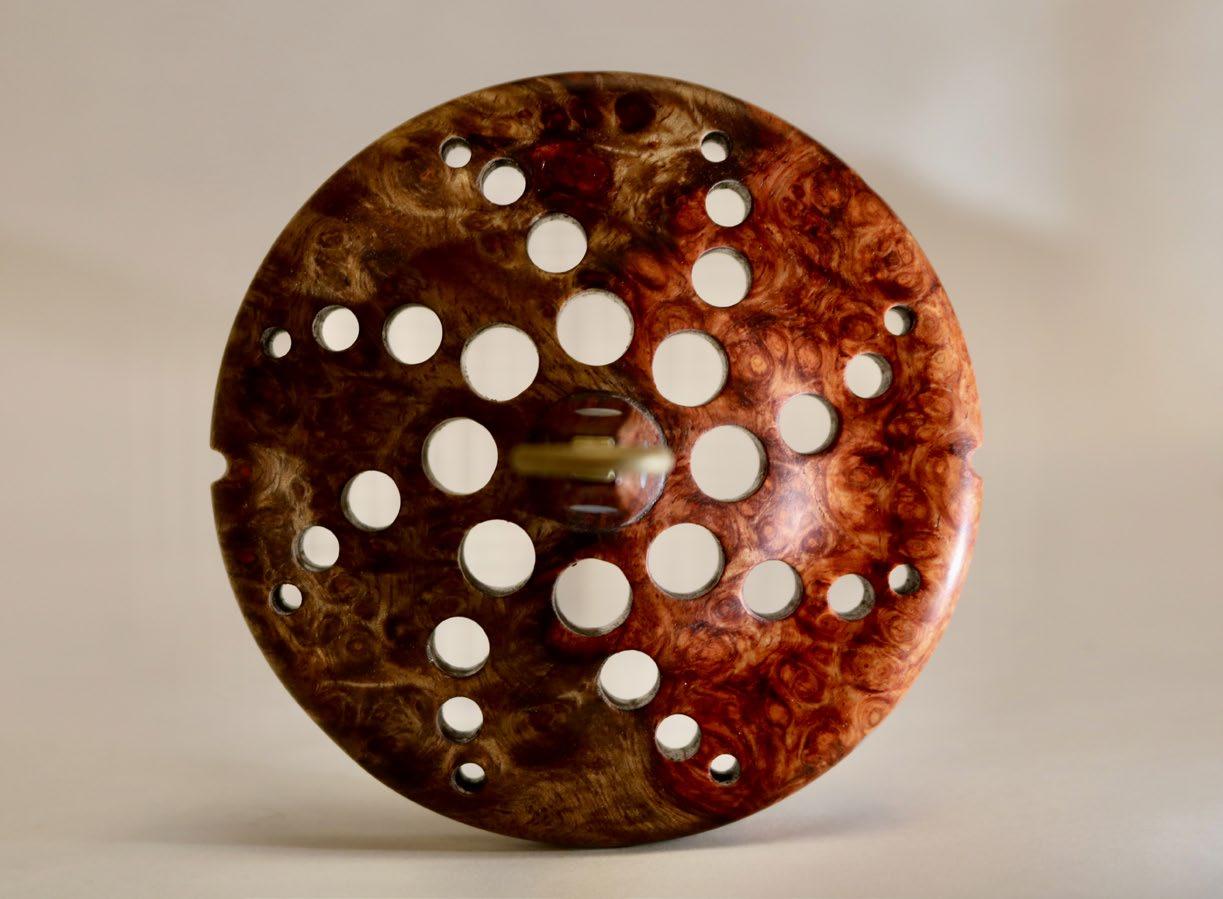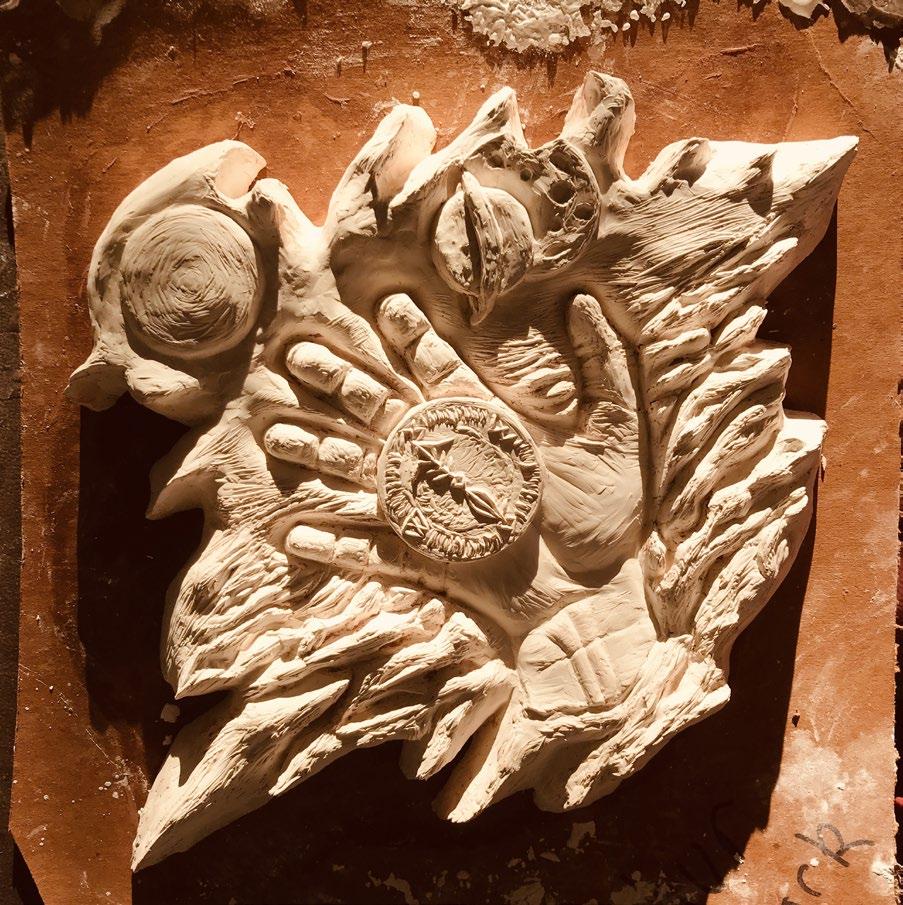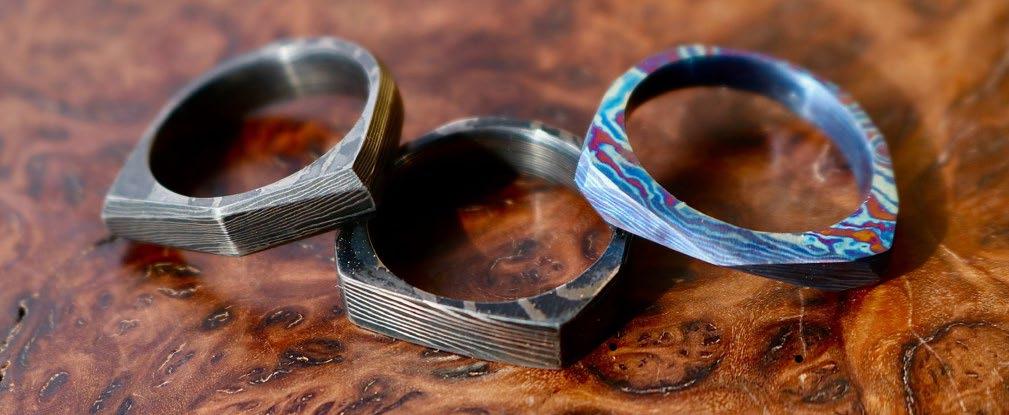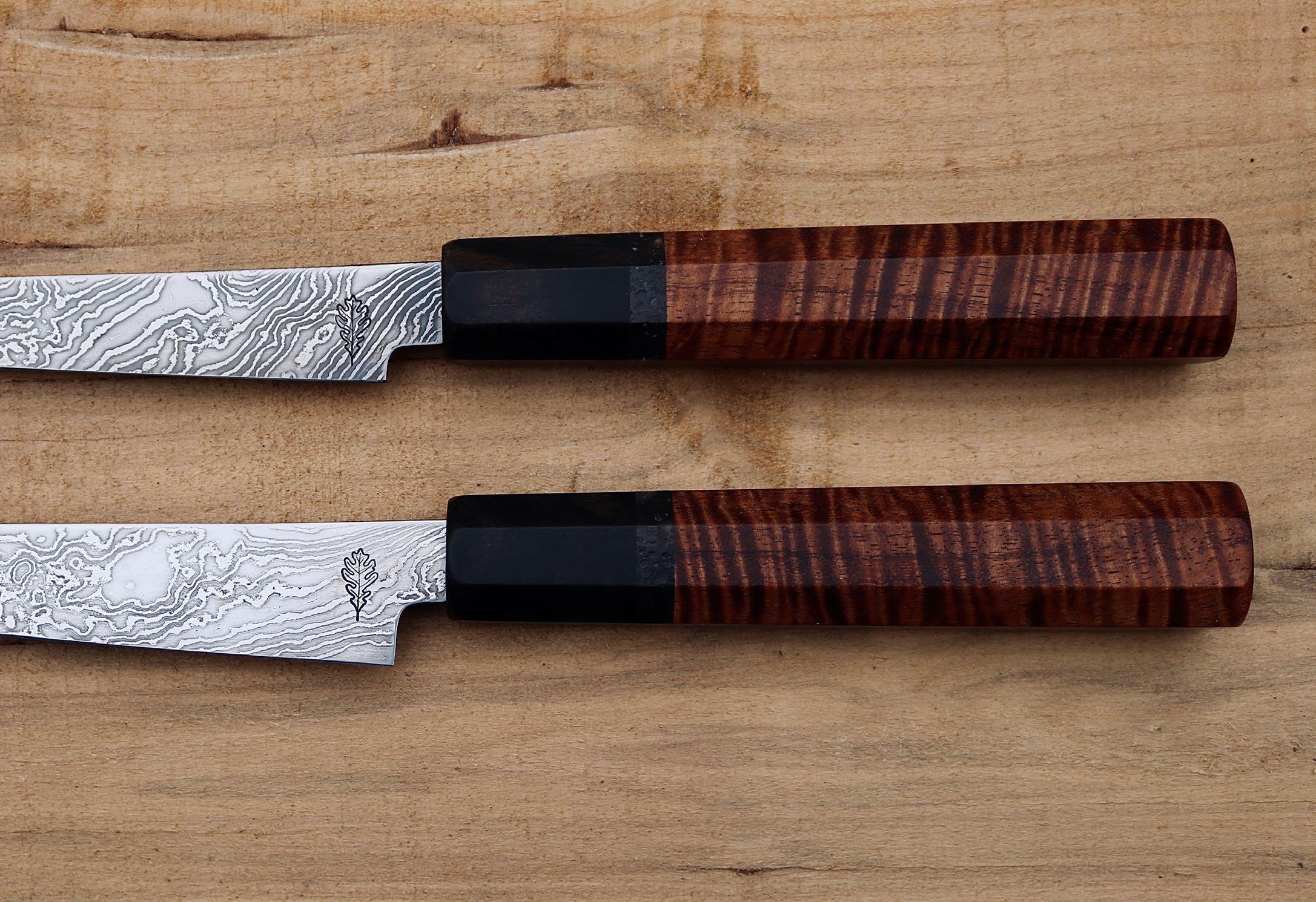ASHUR CLARK Portfolio
Selected Works
2019-2025
Bachelor of Architecture
Rhode Island School of Design Class of 2024

Selected Works
2019-2025
Bachelor of Architecture
Rhode Island School of Design Class of 2024
Phone: (860) 617-7114
Email: ashurtc01@yahoo.com
Address: 263 Browns Road, Storrs, CT 06268
JARRET YOSHIDA INC.
Architecture and Interior Design Intern | Brooklyn, NY
- Generated floor plans, plumbing plans, and elevations, with design proposals accepted by clients
- Contacted vendors for quotes and selected tile, hardware, furniture, appliances, and paint
- Generated hardware and tile schedules
- Took site measurements
- Presented proposals directly to clients
RHODE ISLAND SCHOOL OF DESIGN
Architecture Department Woodshop Monitor | Providence, RI
- Trained on woodworking machinery (jointer, planer, table saws, band saw, drill press, sanders, etc.)
- Maintained shop and repaired machines
- Aided other students in use of machines and model making
Art Director | Eastford, CT
- Designed and coordinated daily art programs
- Taught art programs to campers of varied ages
COVENANT SOUP KITCHEN
Volunteer | Willimantic, CT
- Coordination of volunteer schedule and site layout for fundraising festivals
- Organization of mail, boxes, and packages
- Receiving and sorting daily deliveries
- Preparing and serving meals to guests
- Selected for an Artist Residency at the Domaine De Boisbuchet in Lessac, France
2023
2021-2024
2018
2015-Present
2024
- PHIUS Certified Passive House Consultant (CPHC) 2024
- Finalist for FD23 Market Stall Design Competition 2024
- Honors Designation at Rhode Island School of Design - 2022-2024
- Selected from a large number of applicants to participate in travel course, “Hawai’i: Art and Science of Conservation” - Rhode Island School of Design 2023
- Scholastic Art Award Gold and Silver Keys - Edwin O. Smith High School 2019
Rhode Island School of Design | Providence, RI
2019-2024 Bachelor of Architecture Nature, Culture, and Sustainability Studies (NCSS) Concentration
3D Software: AutoCAD, Rhinoceros, Revit, V-Ray, Lumion, Enscape
2D Software: Adobe Creative Suite (Photoshop, InDesign, Illustrator)
Environmental Performance Software: ClimateStudio
3D Design / Modeling: Woodworking, Metalworking, Model-making
2D Design: Drawing, Painting, Photography
Microsoft Office: Excel, Word, Powerpoint
Nature viewing platform and reflection space design + build Domaine de Boisbuchet artist residency Fall 2024
Modular housing design + build "Walden 11" Studio course Spring 2023
Hybrid-type building design "Integrated Building Systems" Studio course Fall 2023
Architectural research design + build RISD Undergraduate thesis and ongoing personal work 2023-Present
Market stall design + build FD23 design competition Fall 2023
Various 2D and 3D work
Personal work and course work 2019-2025
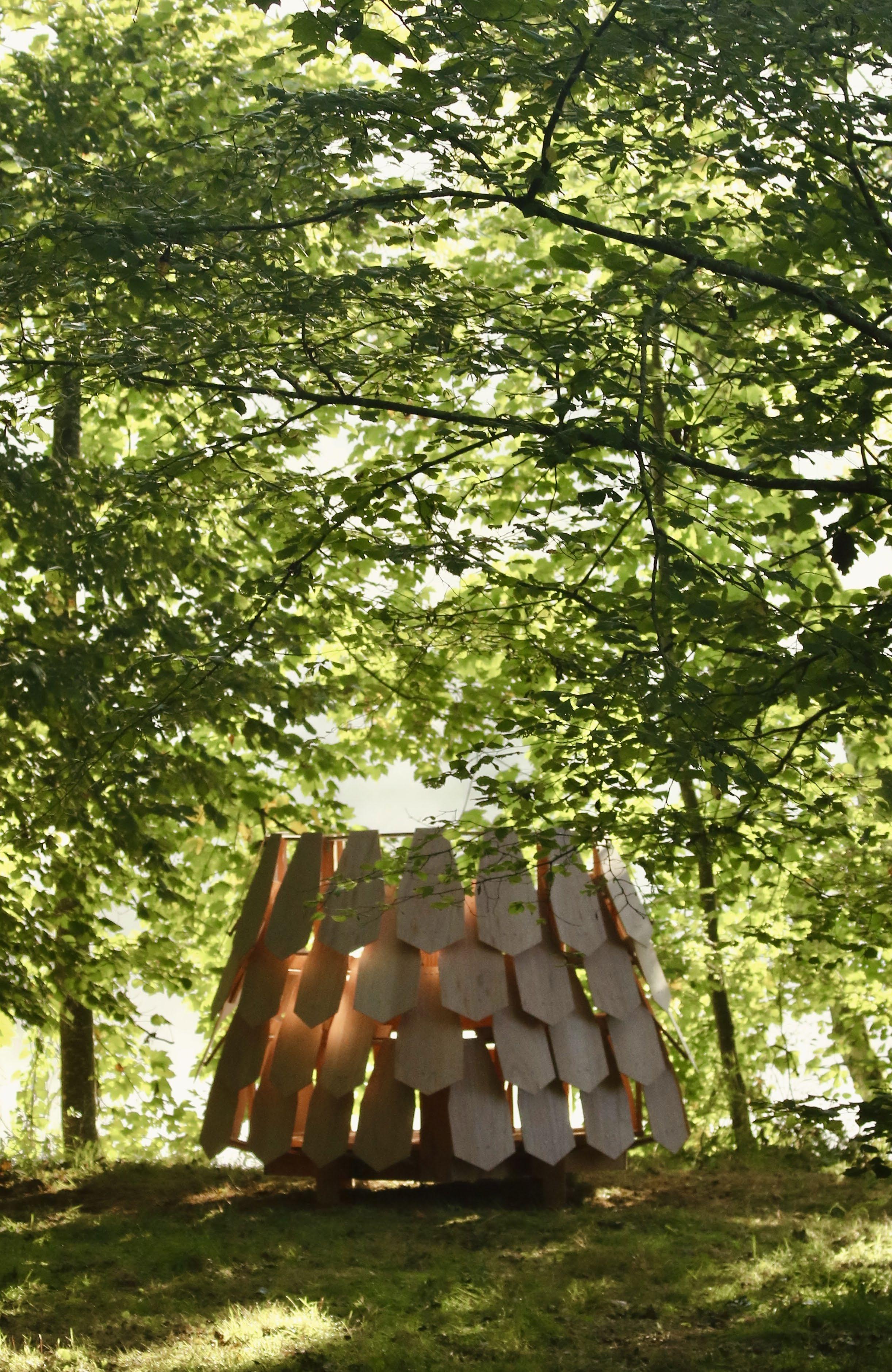





































































"Pinecone," inspired by its namesake, is a private nature viewing platform and reflection space.
Positioned due east before the Vienne River in Lessac, France, its scaled facade can be manually adjusted with hinges and props to control light, wind, and privacy conditions. Inside, a single chair offers a solitary occupant an unobstructed view of the river and surrounding trees, offering a serene and immersive connection with nature.
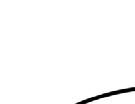
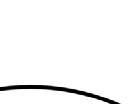
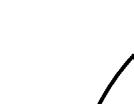
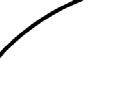
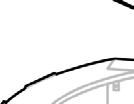
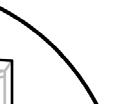
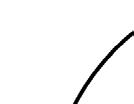
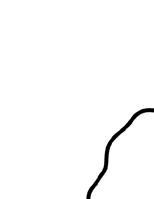
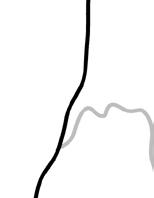
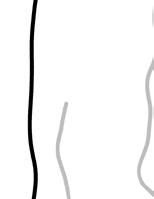
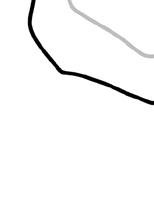
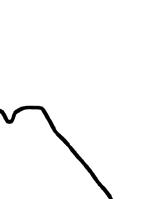
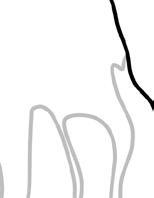
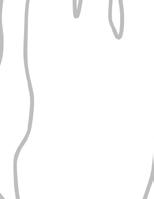
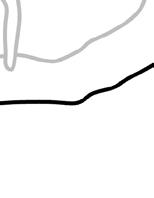
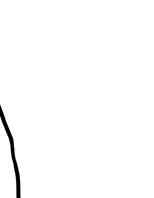
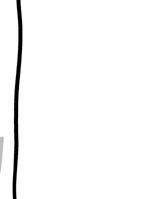
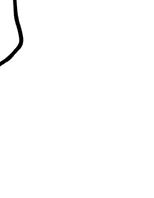
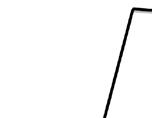
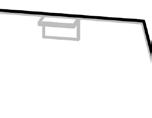

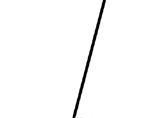

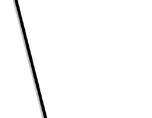

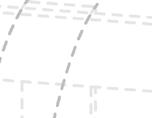
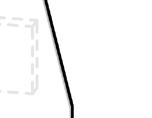
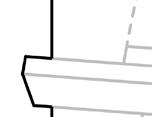
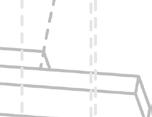
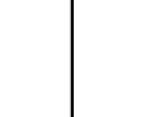
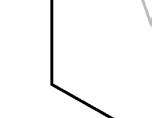
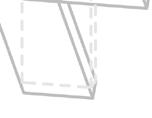
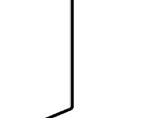


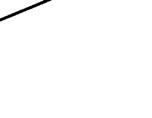
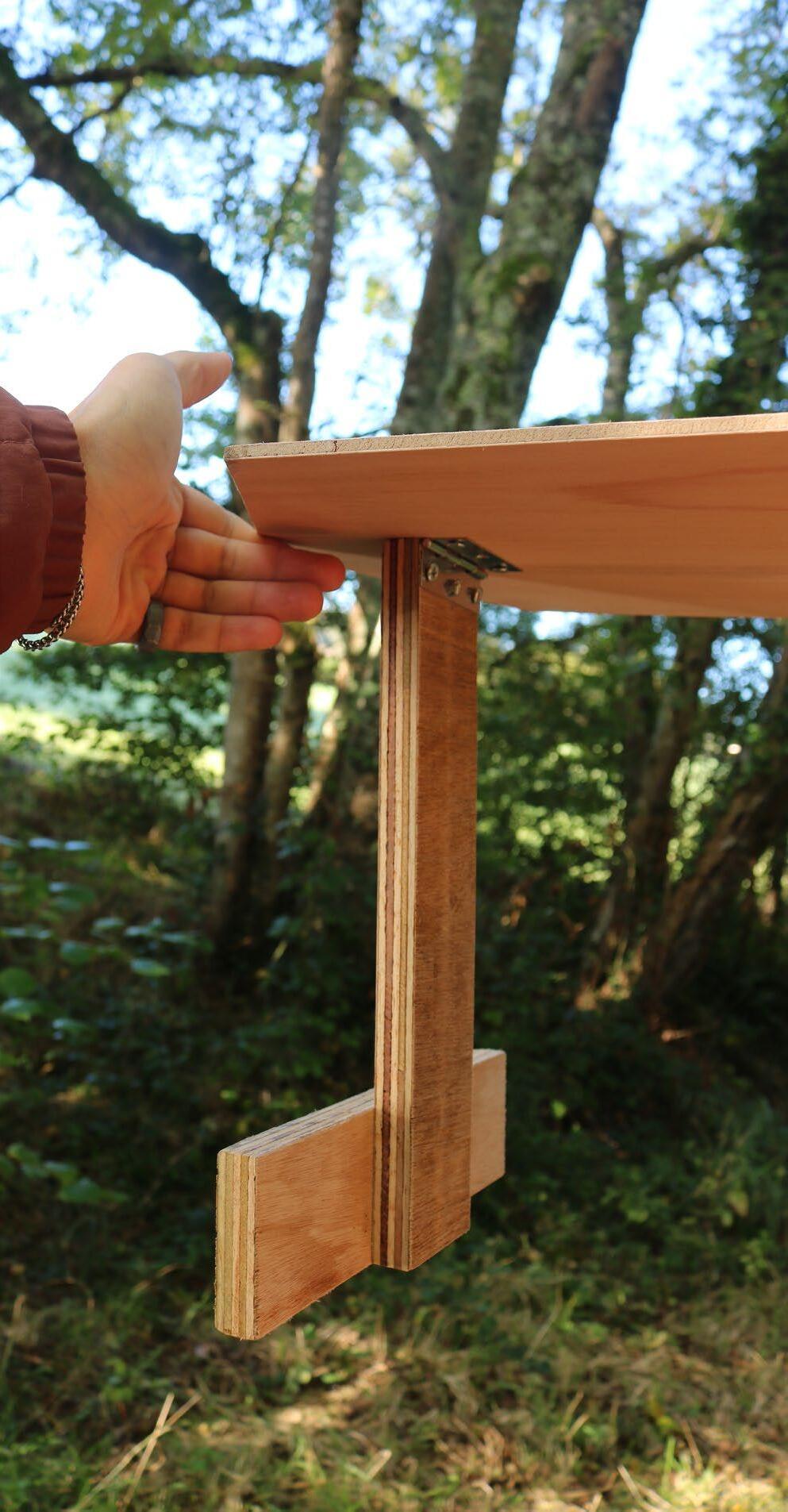
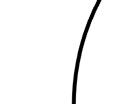

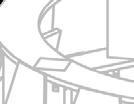
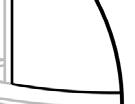
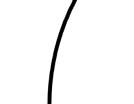
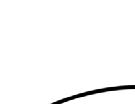
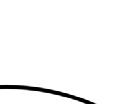
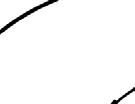
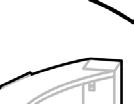
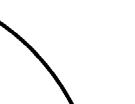
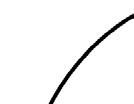
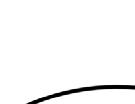

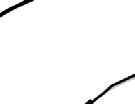
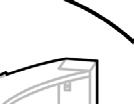
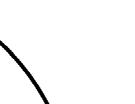
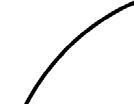

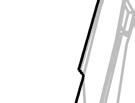
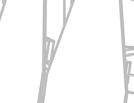
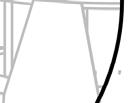
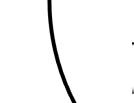
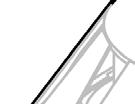
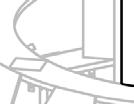
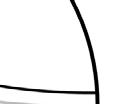
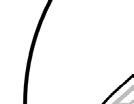
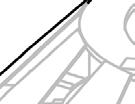
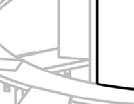
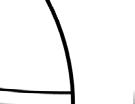

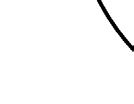
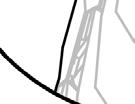

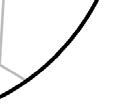
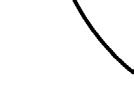
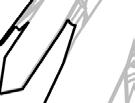
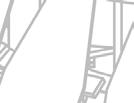
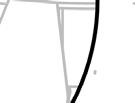
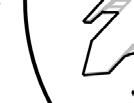
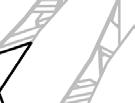
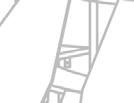
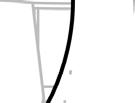
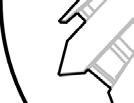
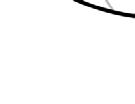
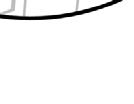
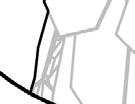
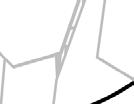
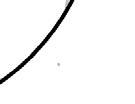
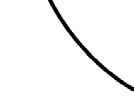

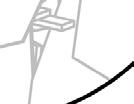
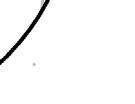
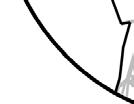
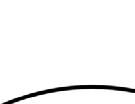
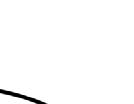
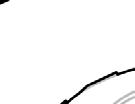
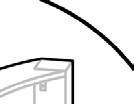

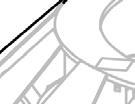
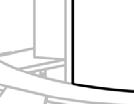
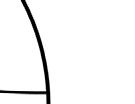
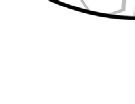
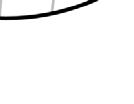
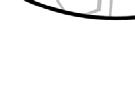
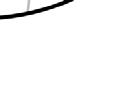

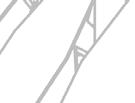
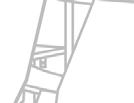
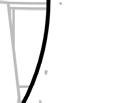
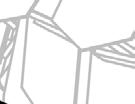
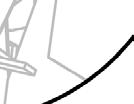

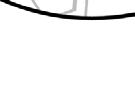
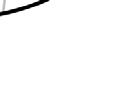

















































































































































































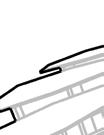
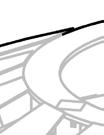
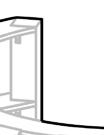


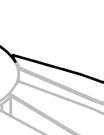
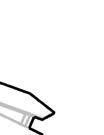
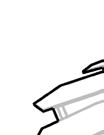
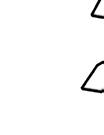
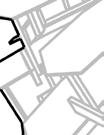
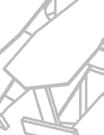
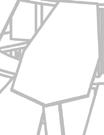
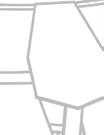

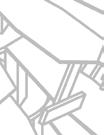
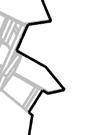
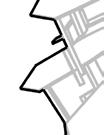

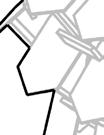
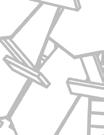
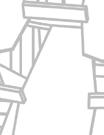
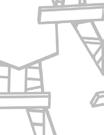
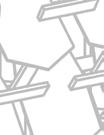

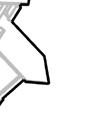
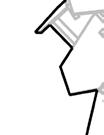
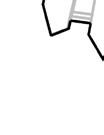
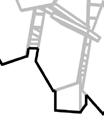


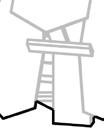

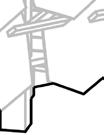
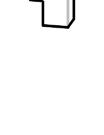



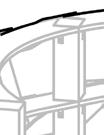
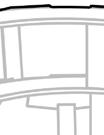
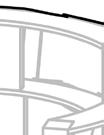


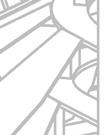
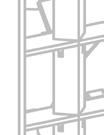
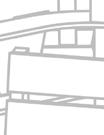
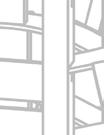


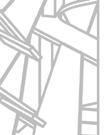
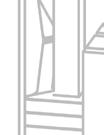
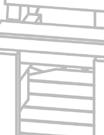


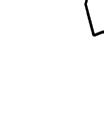
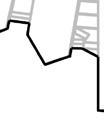
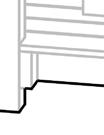
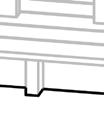
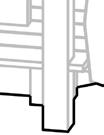
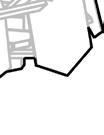


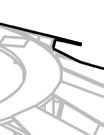
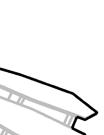
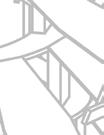
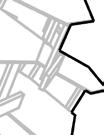

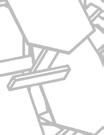
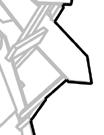
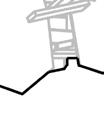
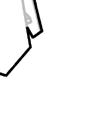
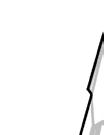
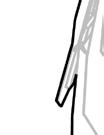
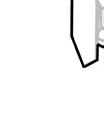
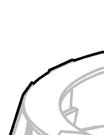
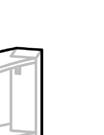

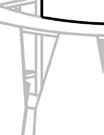
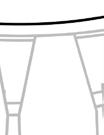
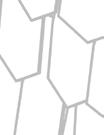
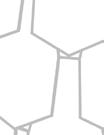

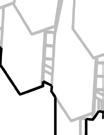
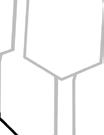
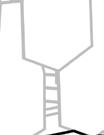



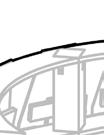
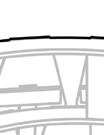

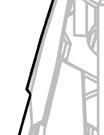
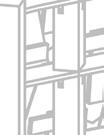
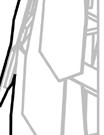
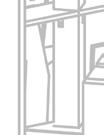
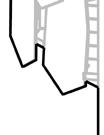
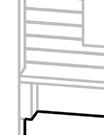



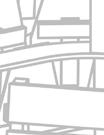
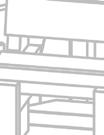
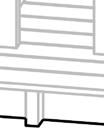

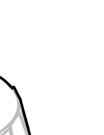
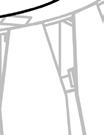
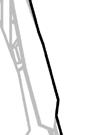
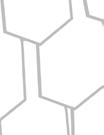
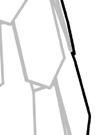
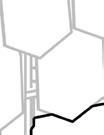
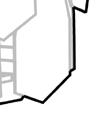

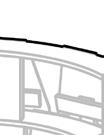
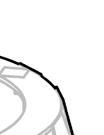

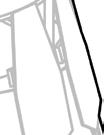

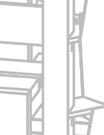
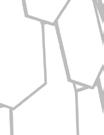
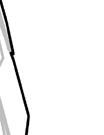
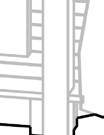
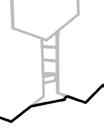
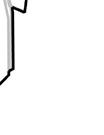

Measuring 4'-6" (1.37m) from the structure's floor to its top, "Pinecone" is meant to allow occupants to see over the top of it while standing inside, and to stay out of view and nestled within it while seated. Each panel can be opened and propped independently, and bears on the panel(s) below it, allowing for fine control over the facade's conditions by the occupant (facade in fully "open" position in image 1). When closed, the props attached to each panel fold in and upwards and rest on the frame. The members comprising this "shell frame," onto which the panels are installed, are 5-1/2" (14cm) wide, providing shelf space for small personal items (closeup in image 3). One of the four faces of the structure is completely open, which serves as the entrance to the "Pinecone," as well as the framed view to the Vienne river (view from a seated position inside in image 2).
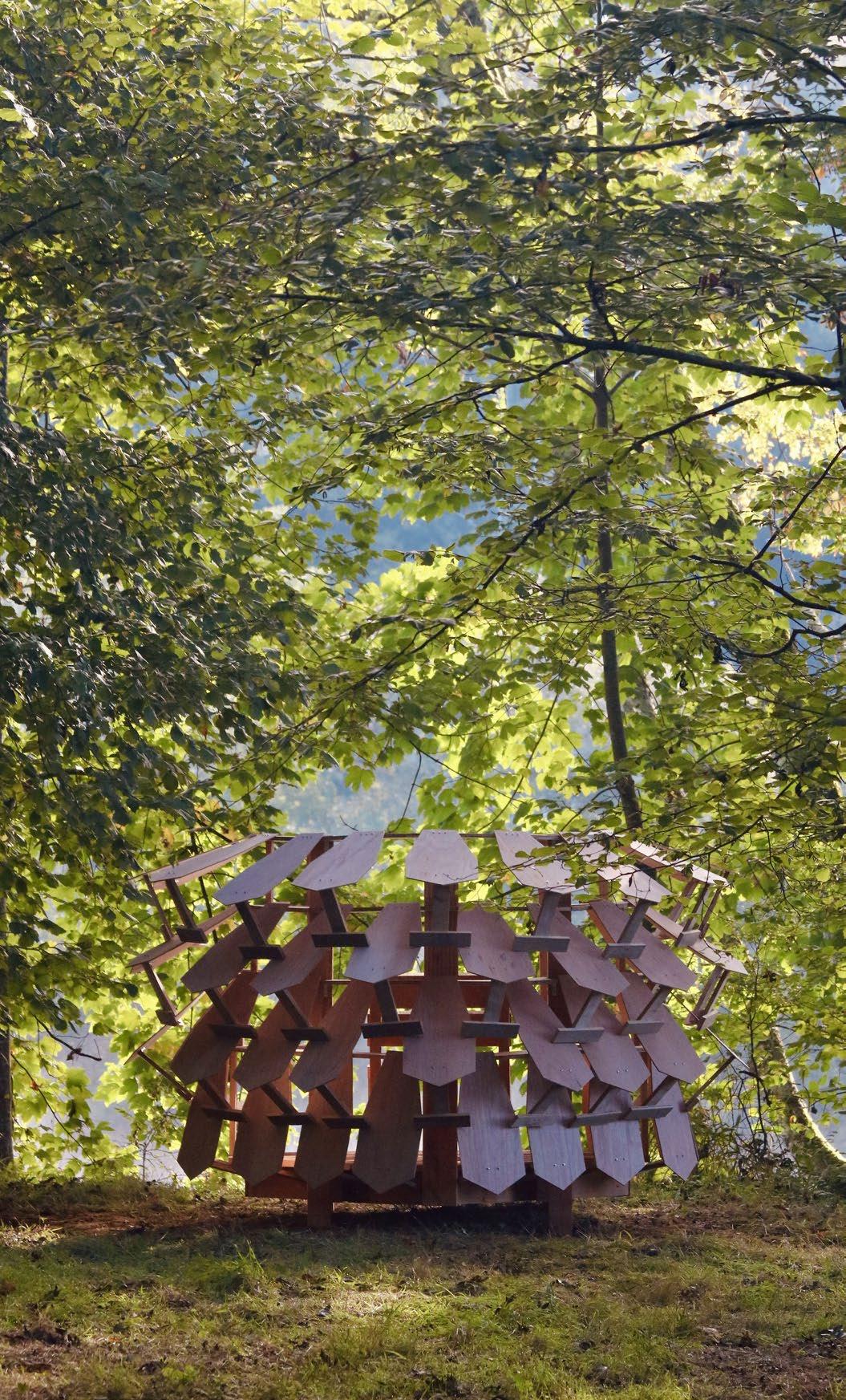
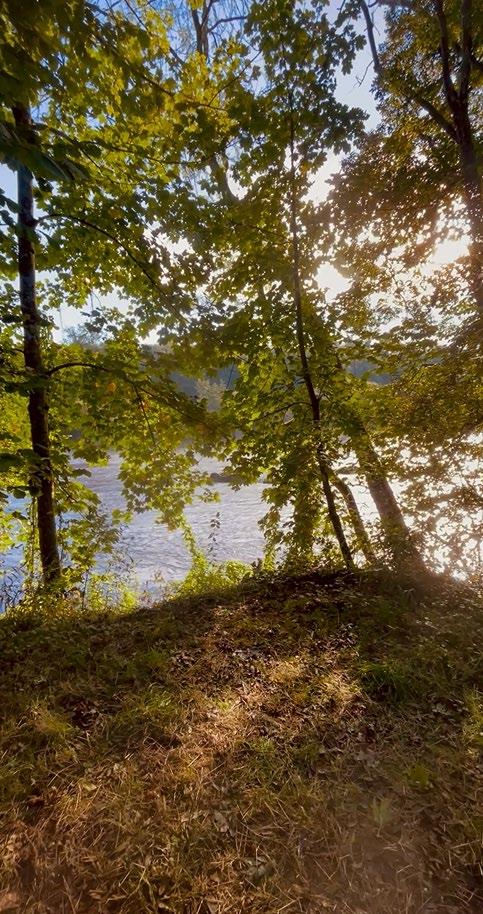
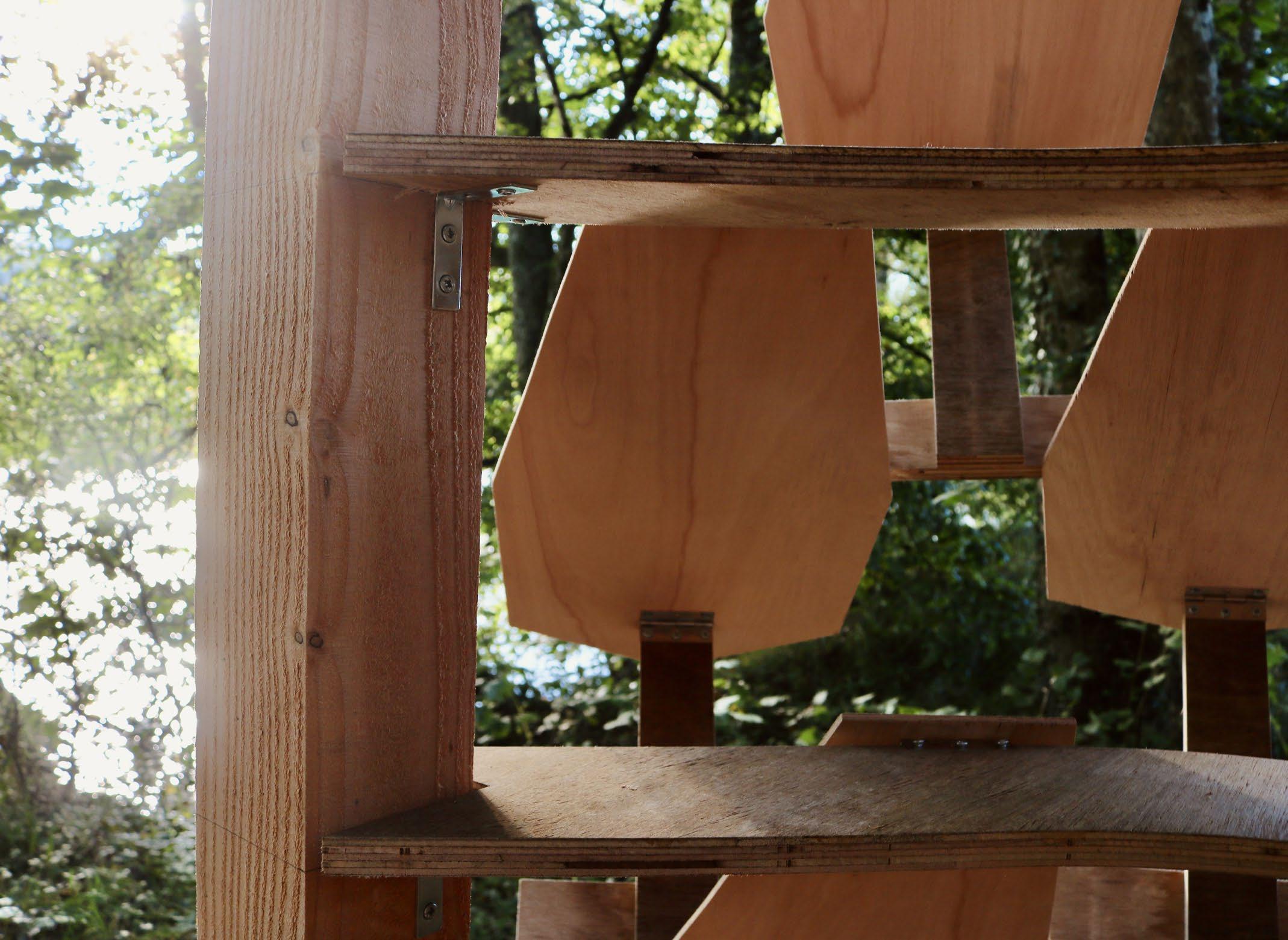
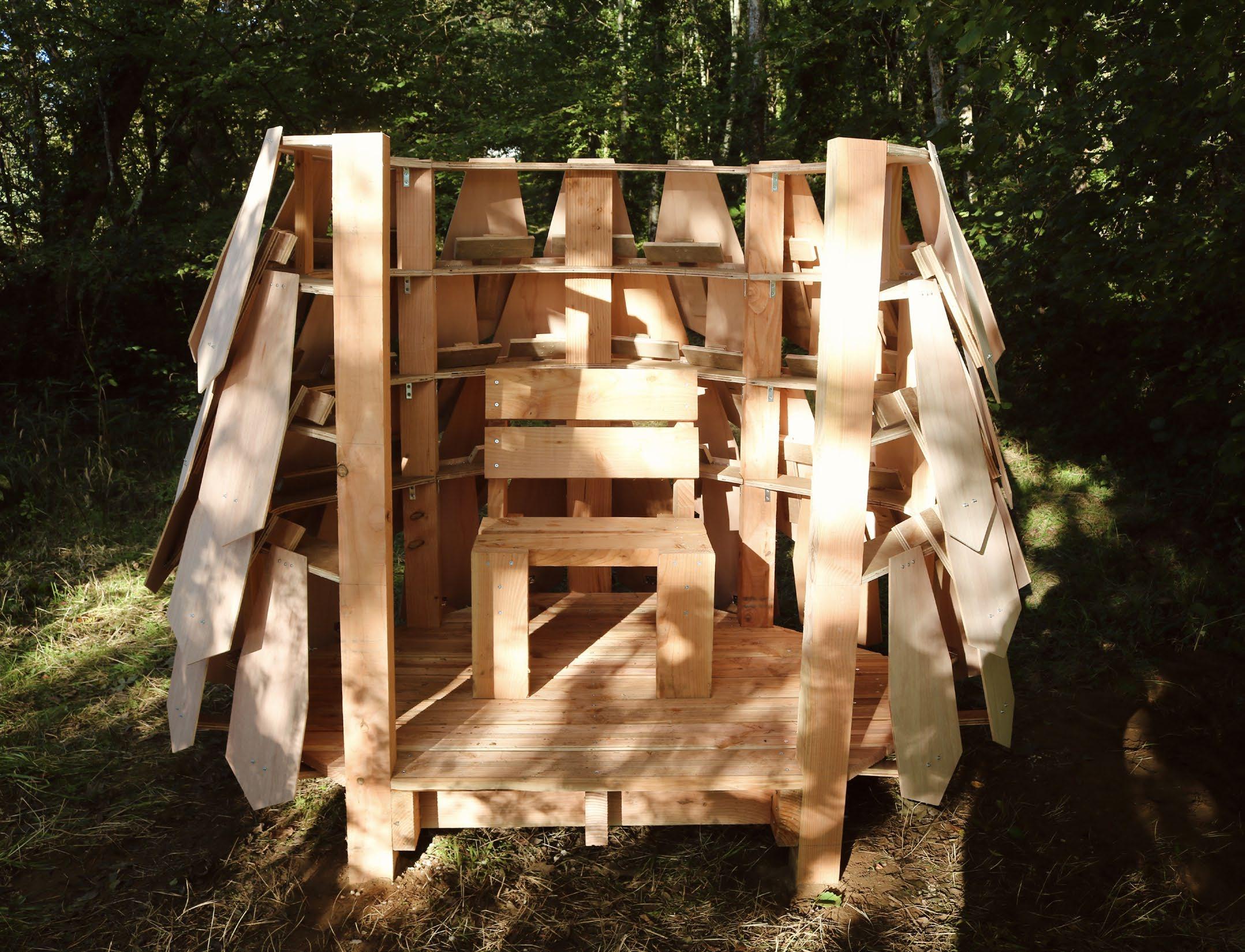
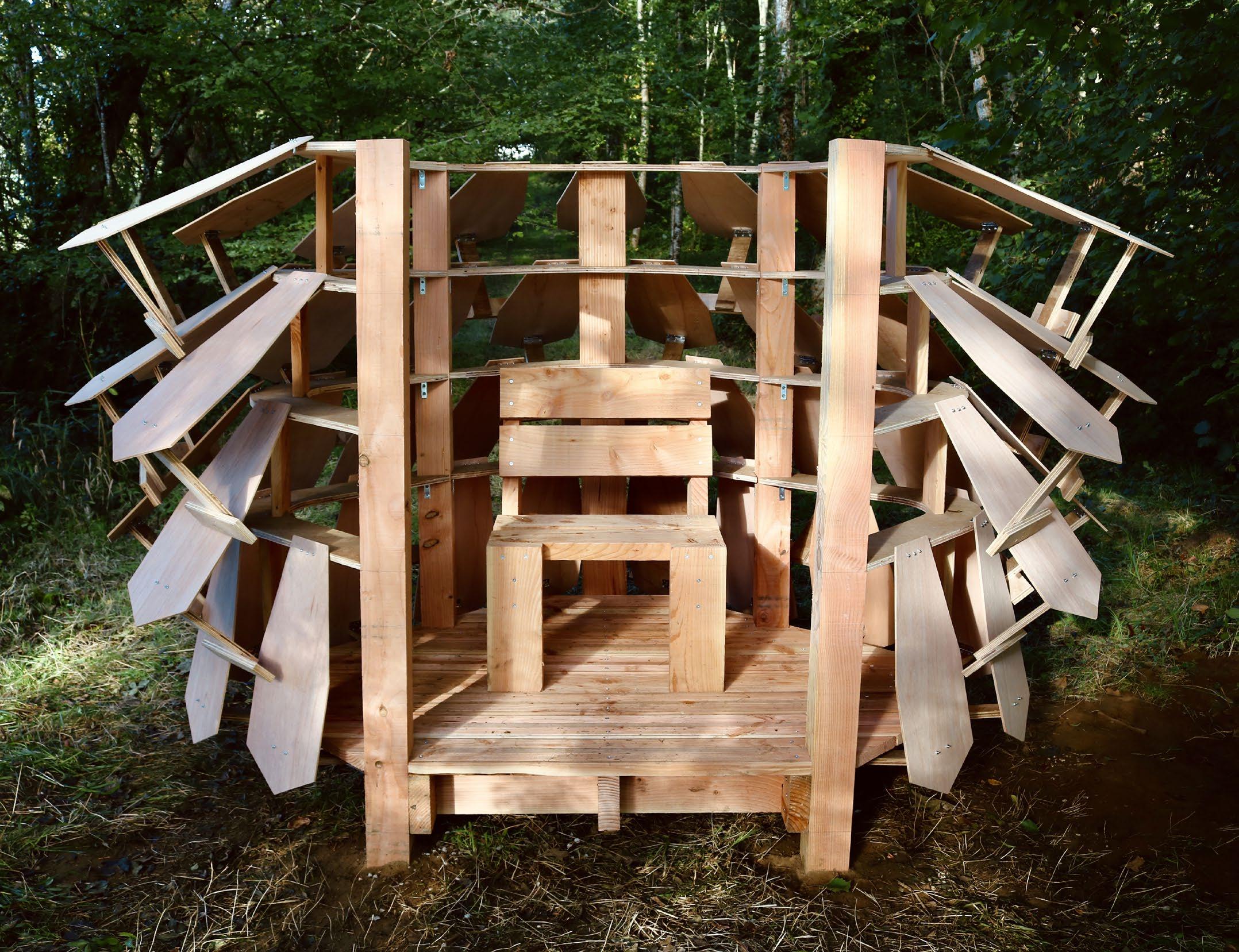
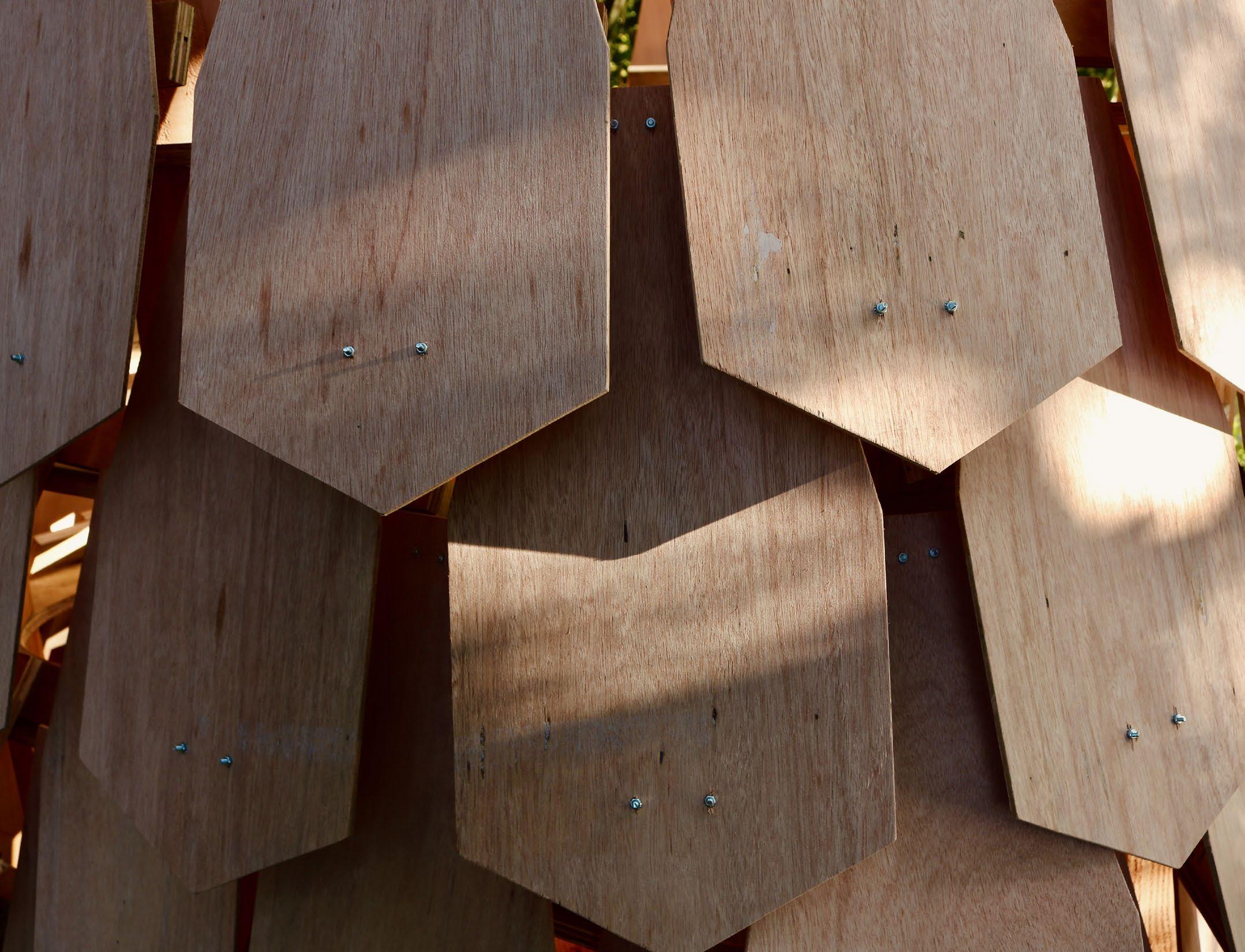

Post holes, 13" (34cm) in diameter, dug at a depth of 3'-3" (100cm). Hole centers are spaced 40" (102cm) apart from each other in a square.

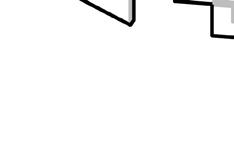
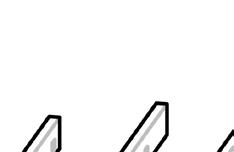
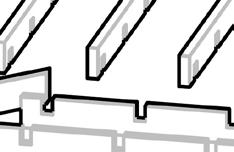

Assembly 1: 3:

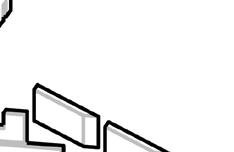
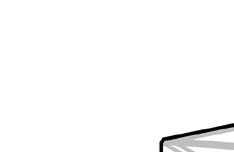
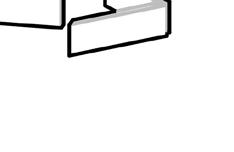
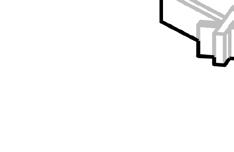
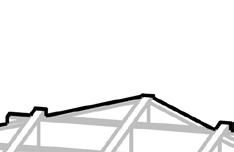
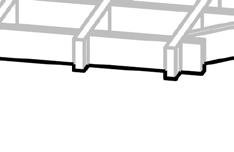
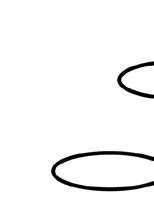
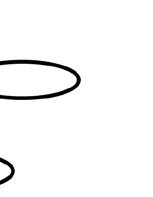


Base frame (constructed with lapped joint members and diagonal bracing, then screwed together, shown above) installed with construction screws onto posts, 4" (10cm) off of the ground.

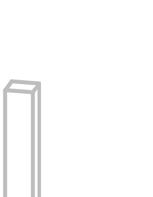
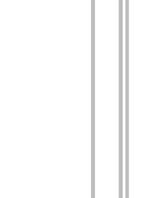
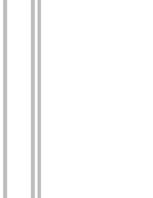
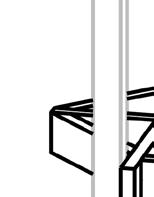
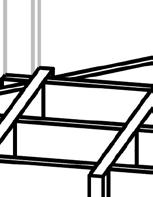
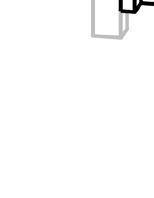
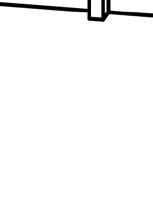
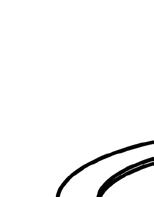
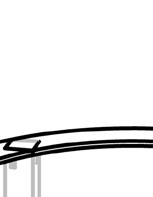
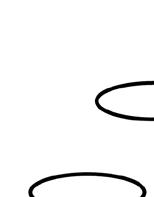
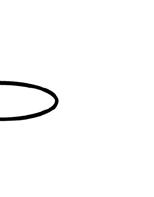



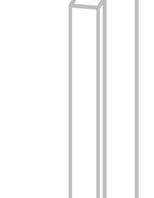


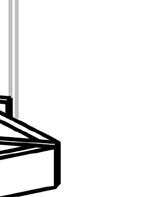
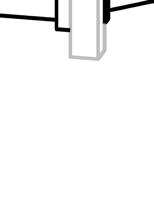

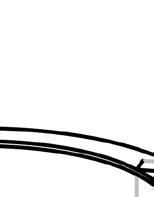

Shell-like members, made from 3/4" (2cm) plywood installed with screws onto "L" brackets on posts, forming a frame onto which panels will be installed.
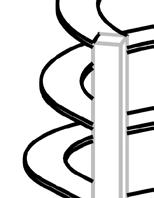
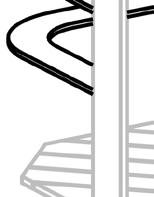
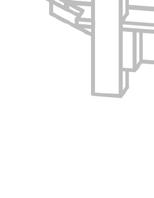

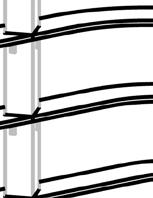
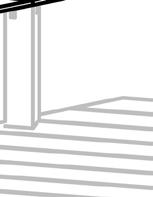
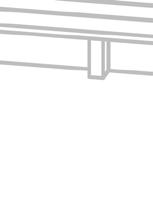
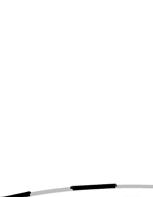
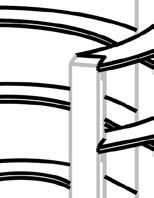
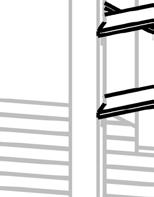
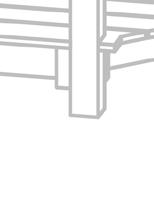


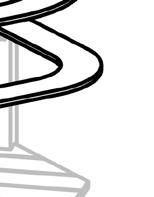
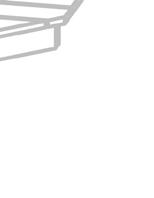
Pre-assembled panels installed onto "shell frame" with screws and hinges.
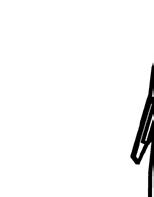

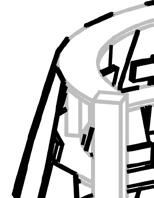
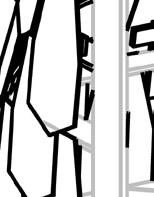

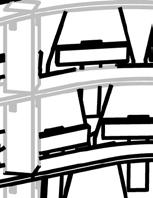
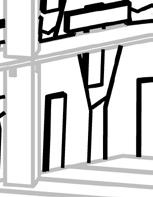
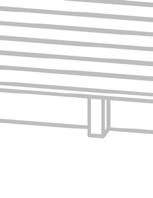
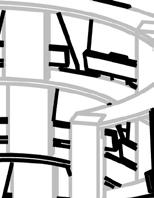
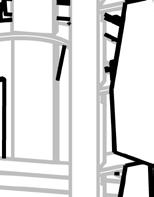
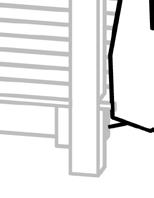
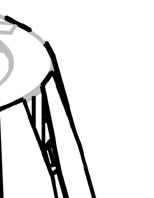
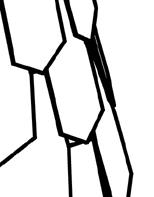
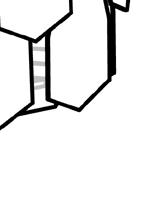
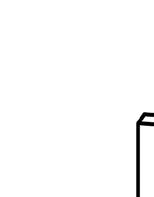
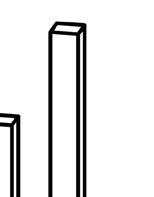
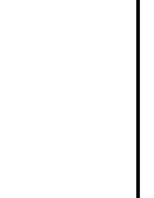
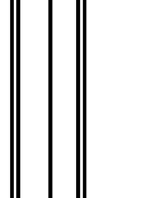
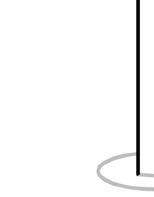


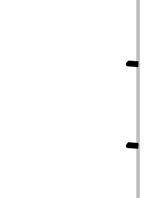
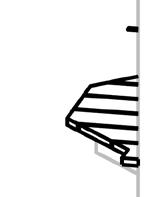


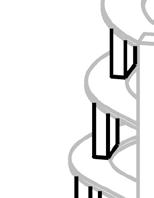
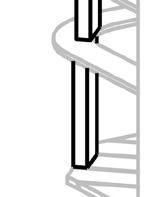
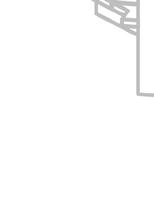
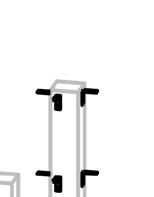
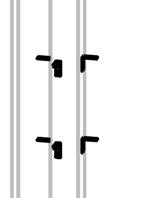
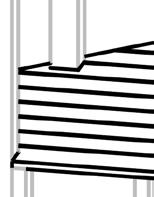
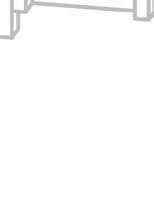
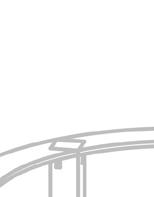
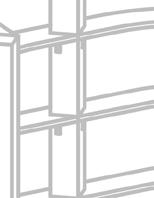

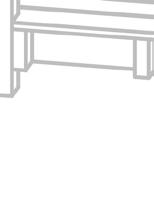

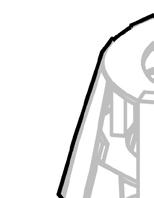
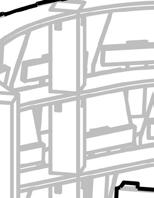
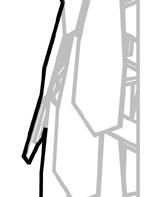
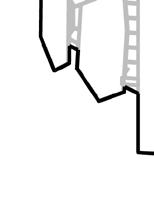

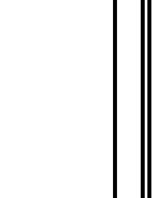
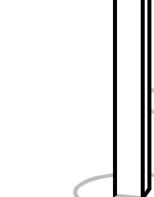


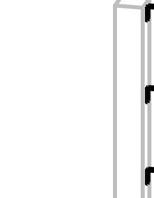
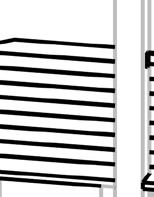

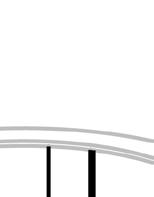
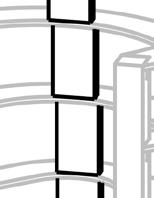
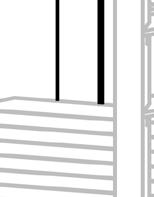
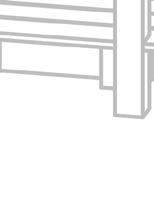

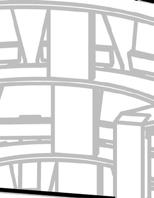
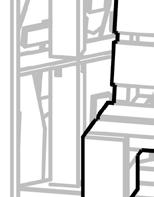
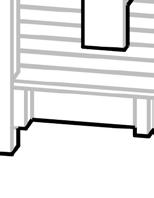
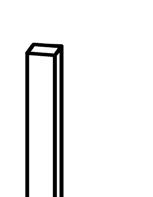
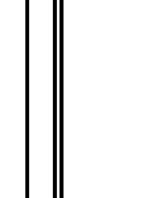
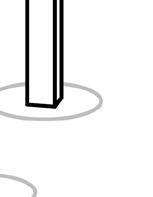

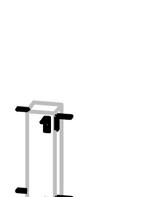
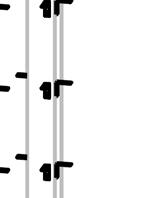
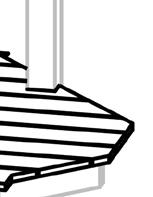

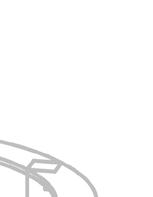
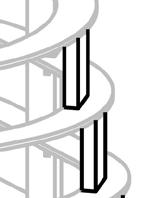
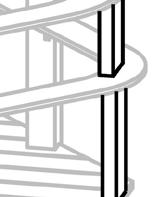
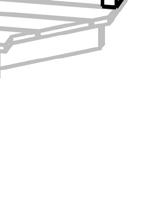

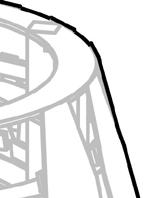

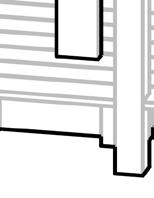
4" (10cm) of gravel tamped into bottom of post holes and 4" x 4" (10cm x 10cm) posts set into holes, which are then backfilled with gravel.
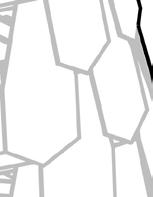
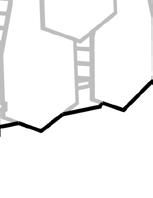
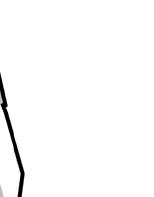

"L" brackets installed in 1' (30cm) increments from top of posts. 1" x 6" (2.5cm x 15cm) decking boards cut to size and installed with construction screws onto base frame.
Vertical bracing members, made from 1" x 6" (2.5cm x 15cm) decking boards, installed onto the "shell frame."

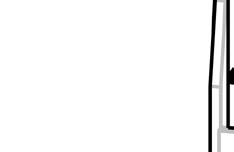

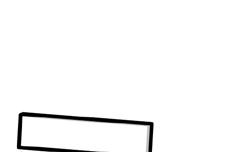

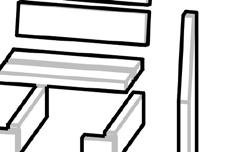

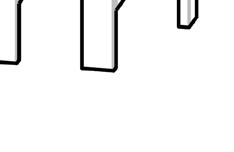


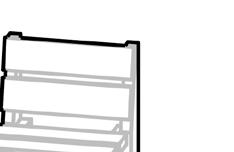
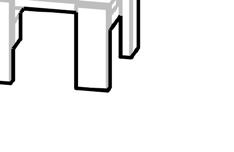
Chair (members screwed together, seen above) placed onto deck floor free-standing. 2: 4: 6: 8:
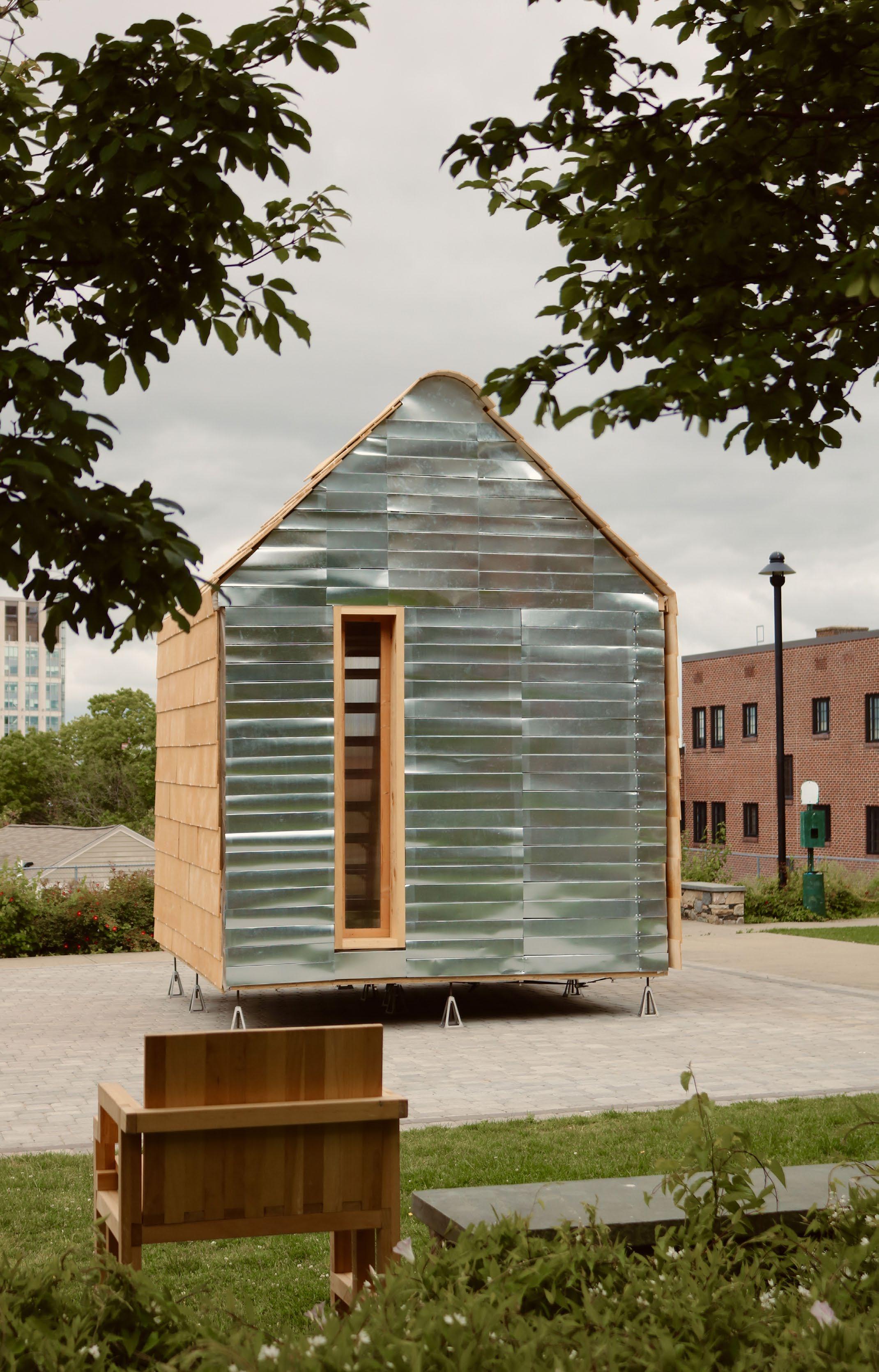

Walden 11 is a collaborative studio project with the goal of designing a modular building system that can be assembled and disassembled with ease. This modular assembly alters the longevity of building materials as it allows for components to be easily and independently modified and replaced. The design and fabrication of this project range in complexity from CNC-routed trusses, to a novel clip-on cladding system, to a ratchet strap wall system that all coalesce to demonstrate the potential for sustaimable design principles to coexist with advanced technology. The house was assembled and disassembled by a small group of students in less than a week.
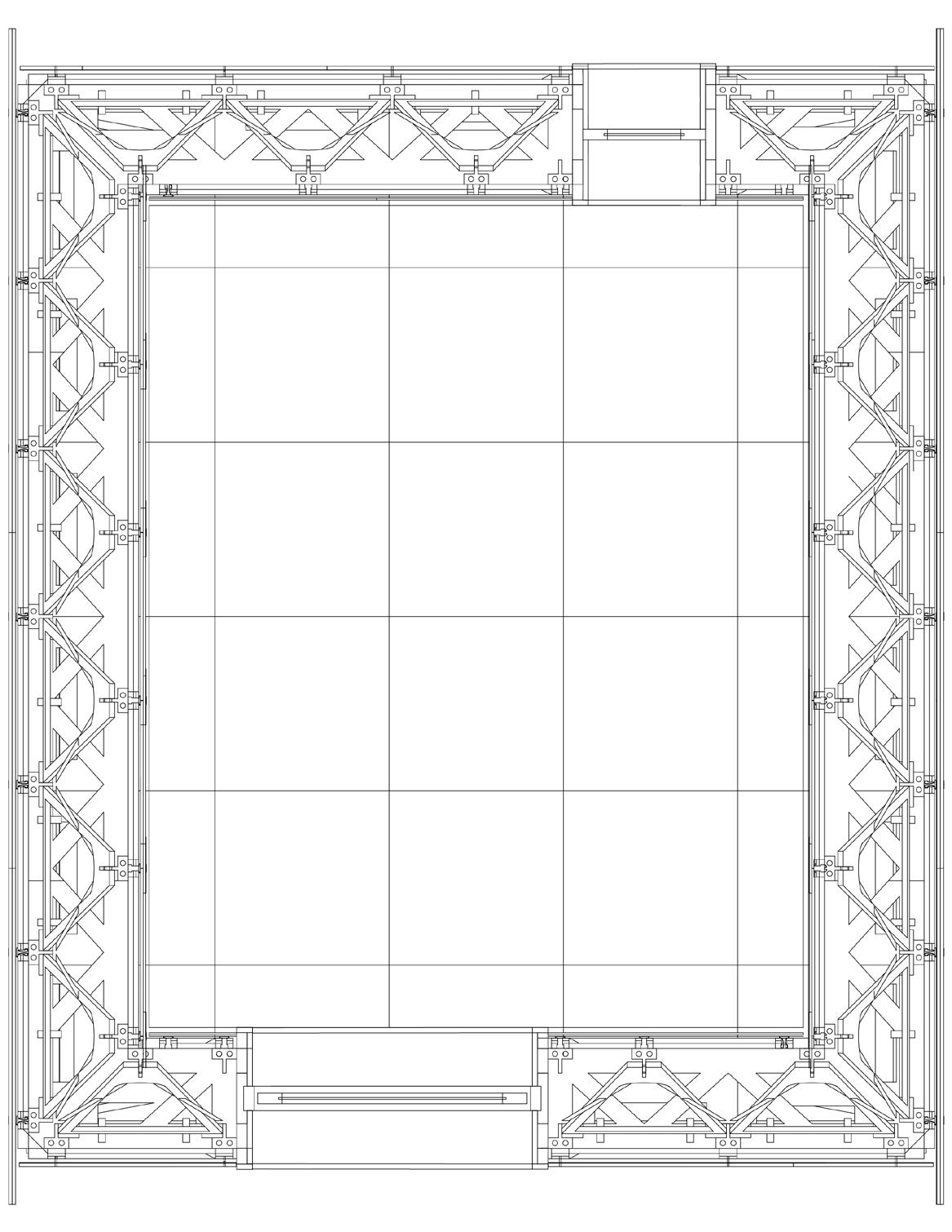
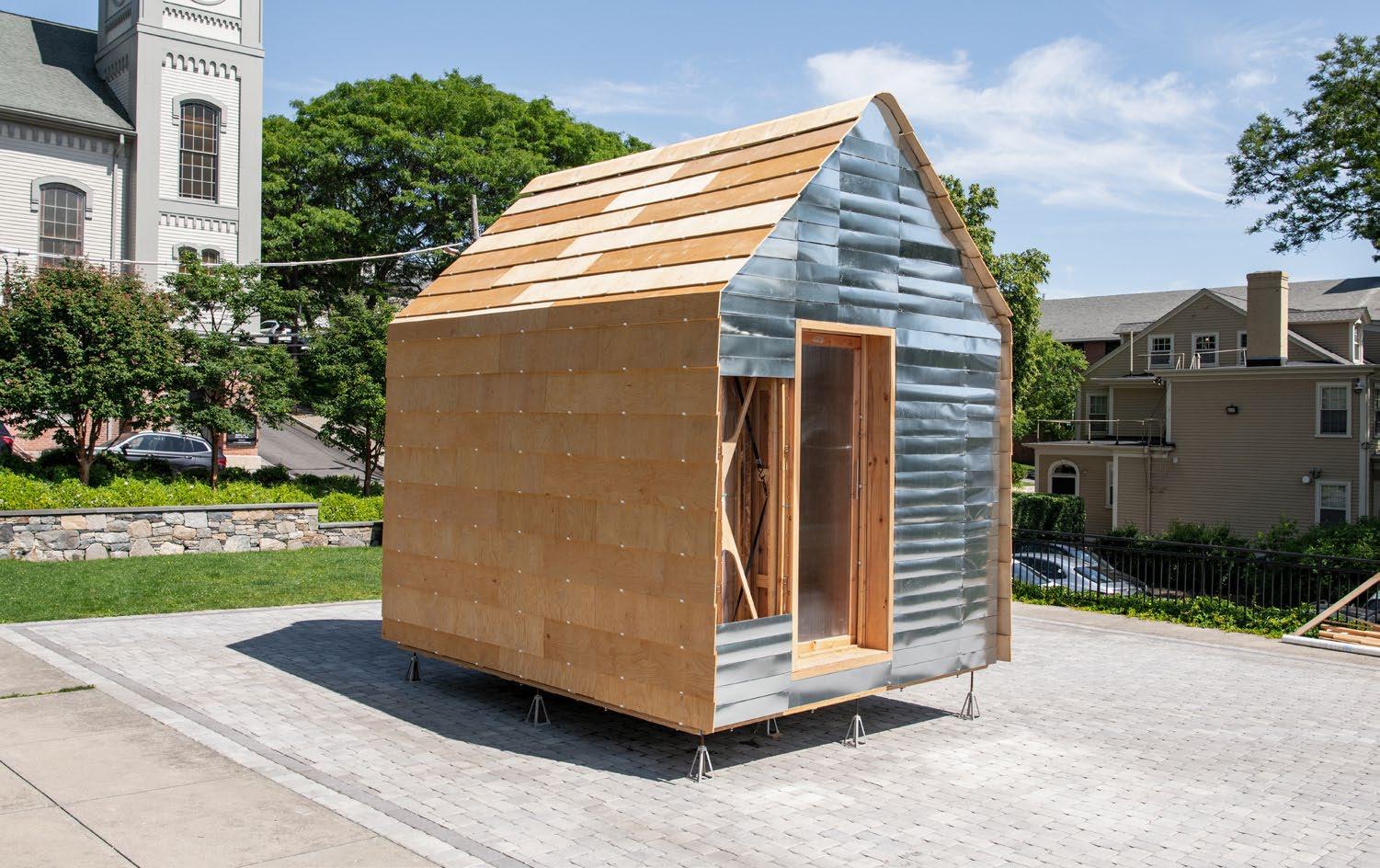
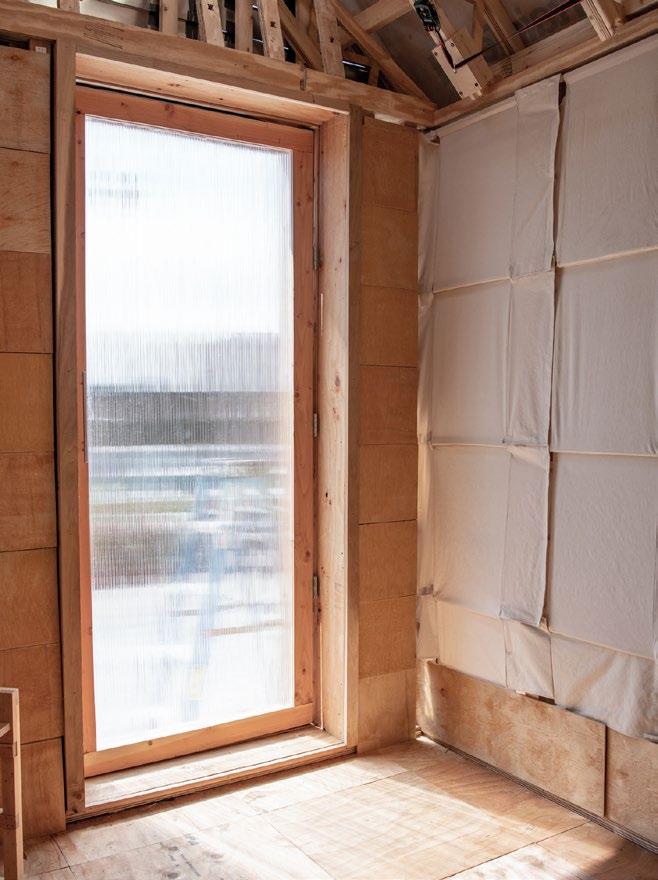
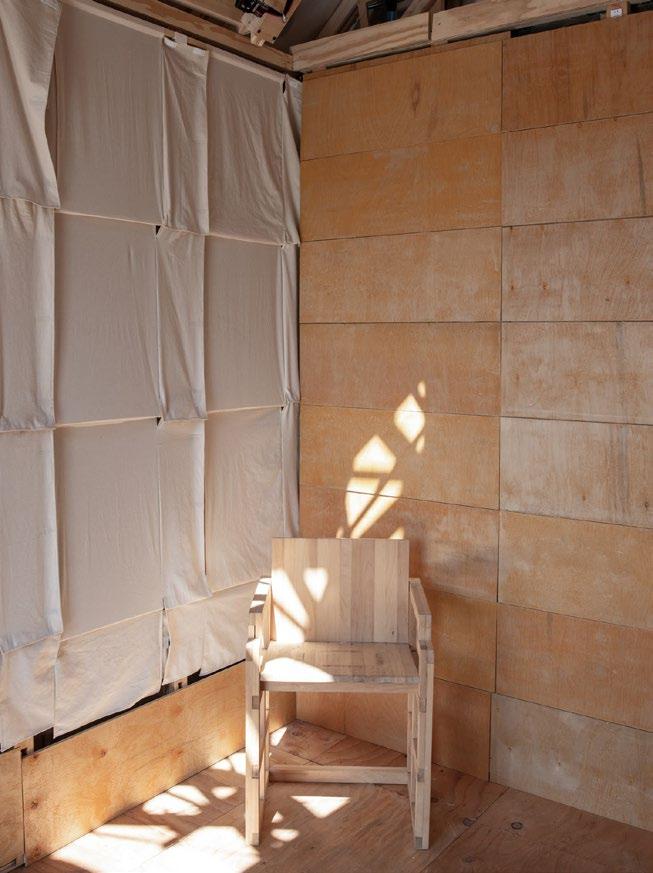
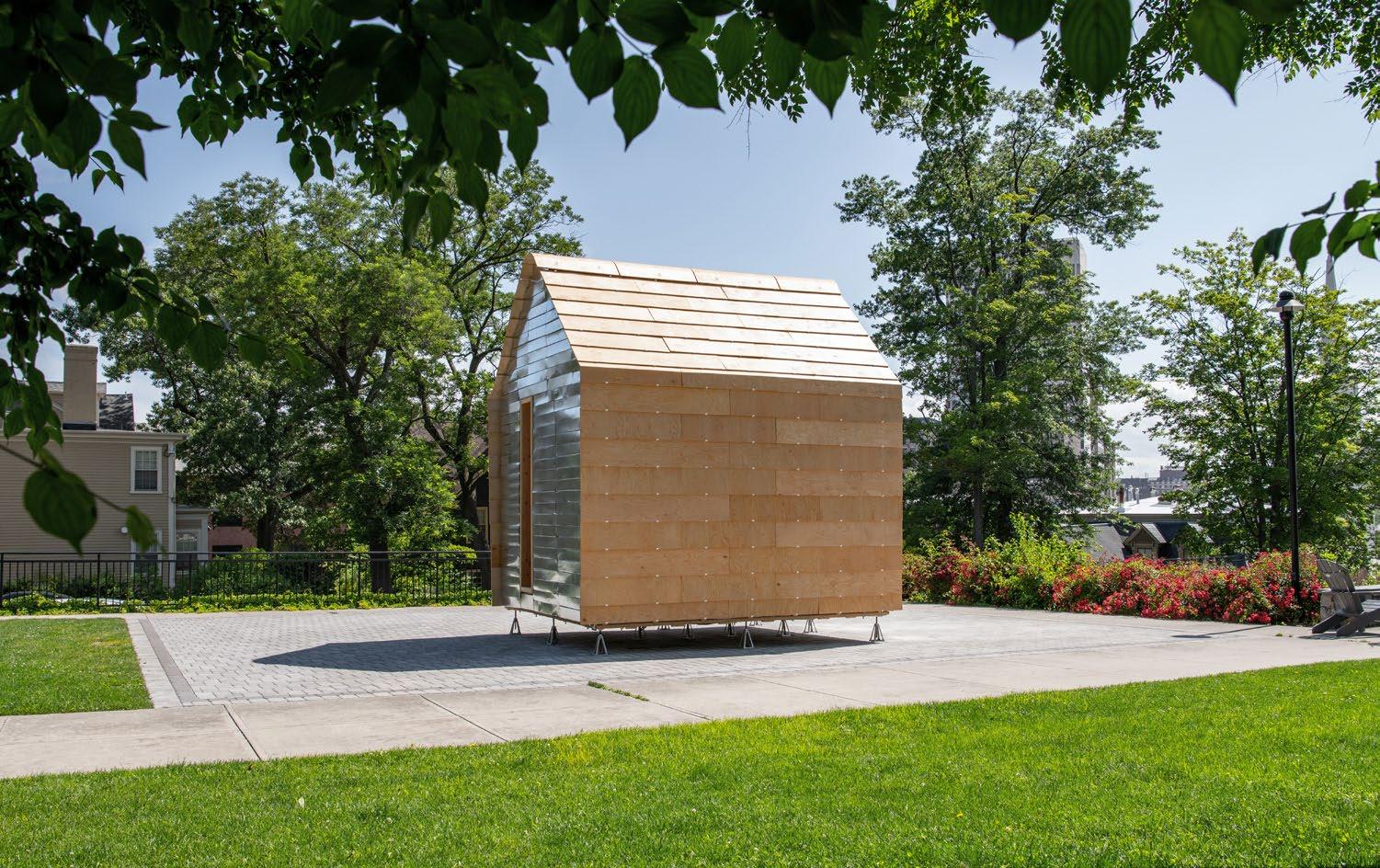
For this project, a new cladding system was invented which utilizes clips that clips, which protrude from the battens, have different attachments that allow wood panel cladding (images 3 and 4) have small slits that the "Lapping Clips" that tension the fabric (right of image 1). The "Standard Clips" are simply screwed
Standard Clip
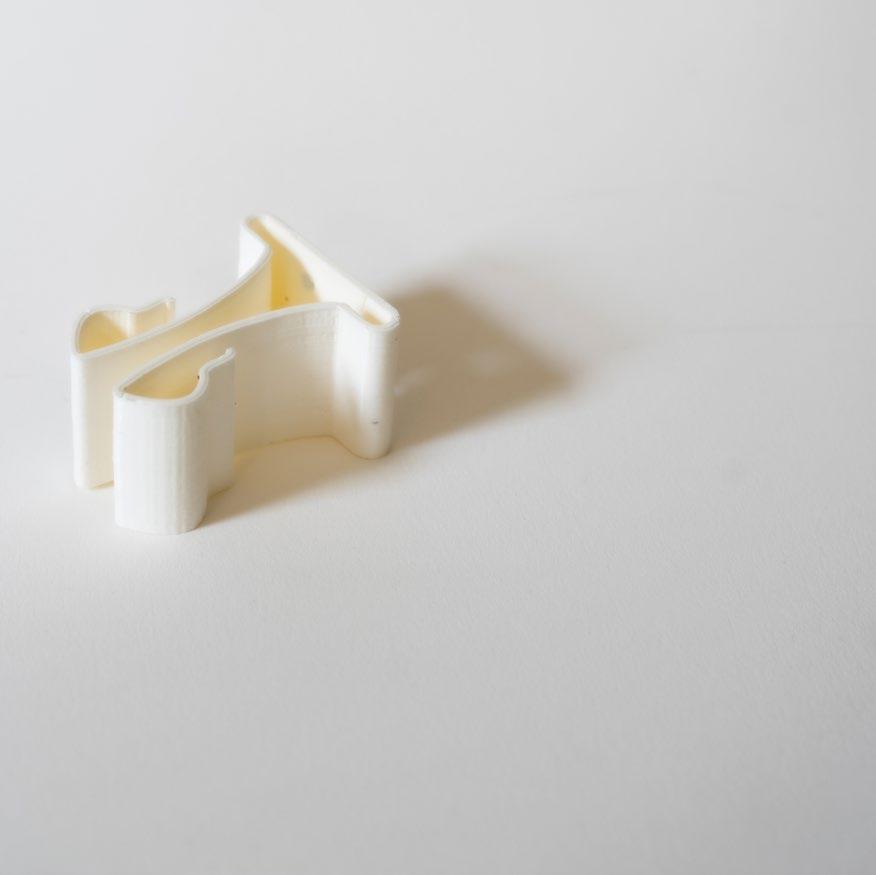
General Attachment System
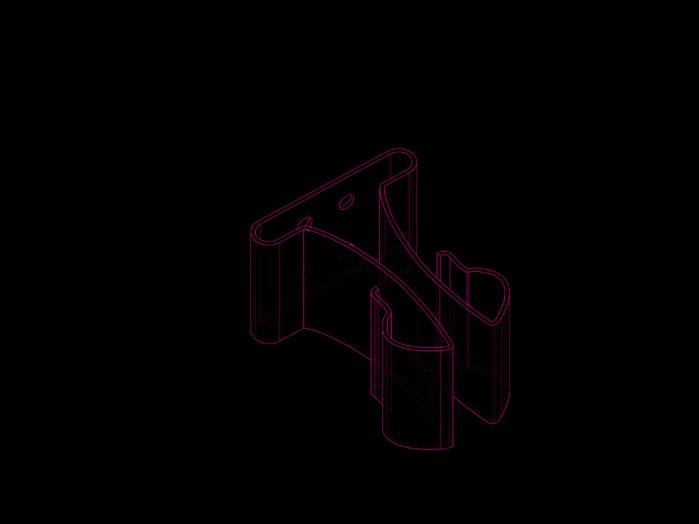

Lapping Clip
Exterior Hard Cladding System
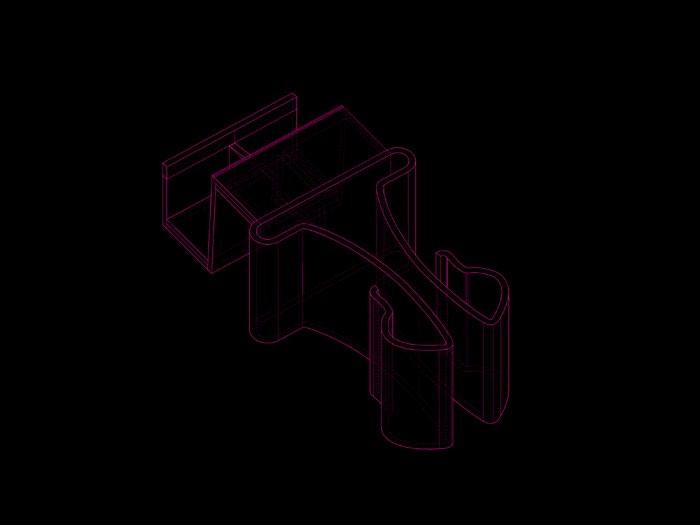
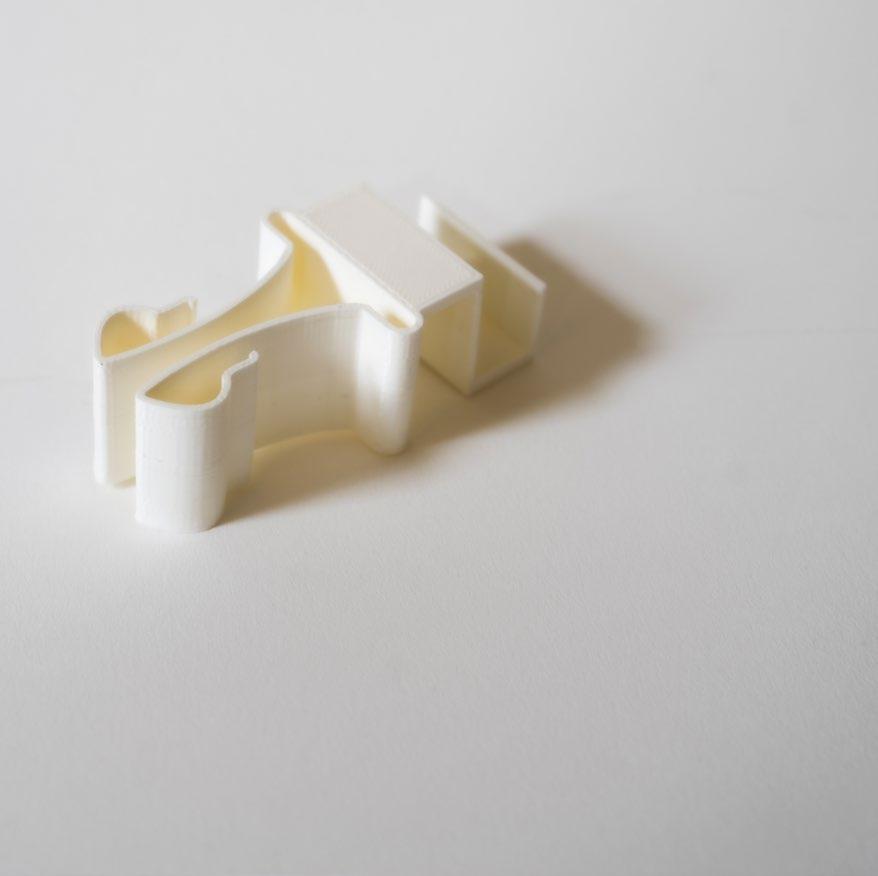

Textile Clip
Interior Soft Cladding System
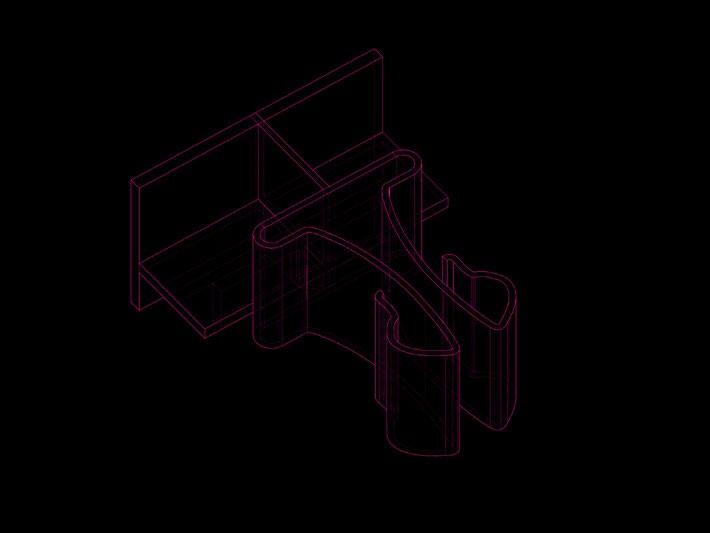
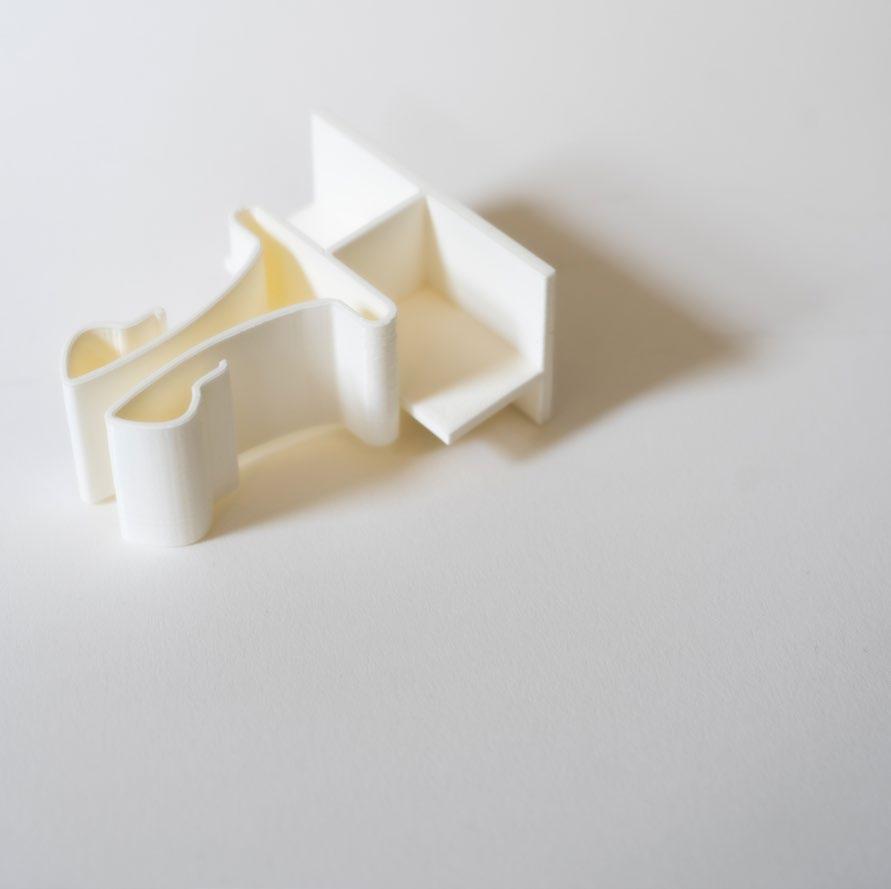
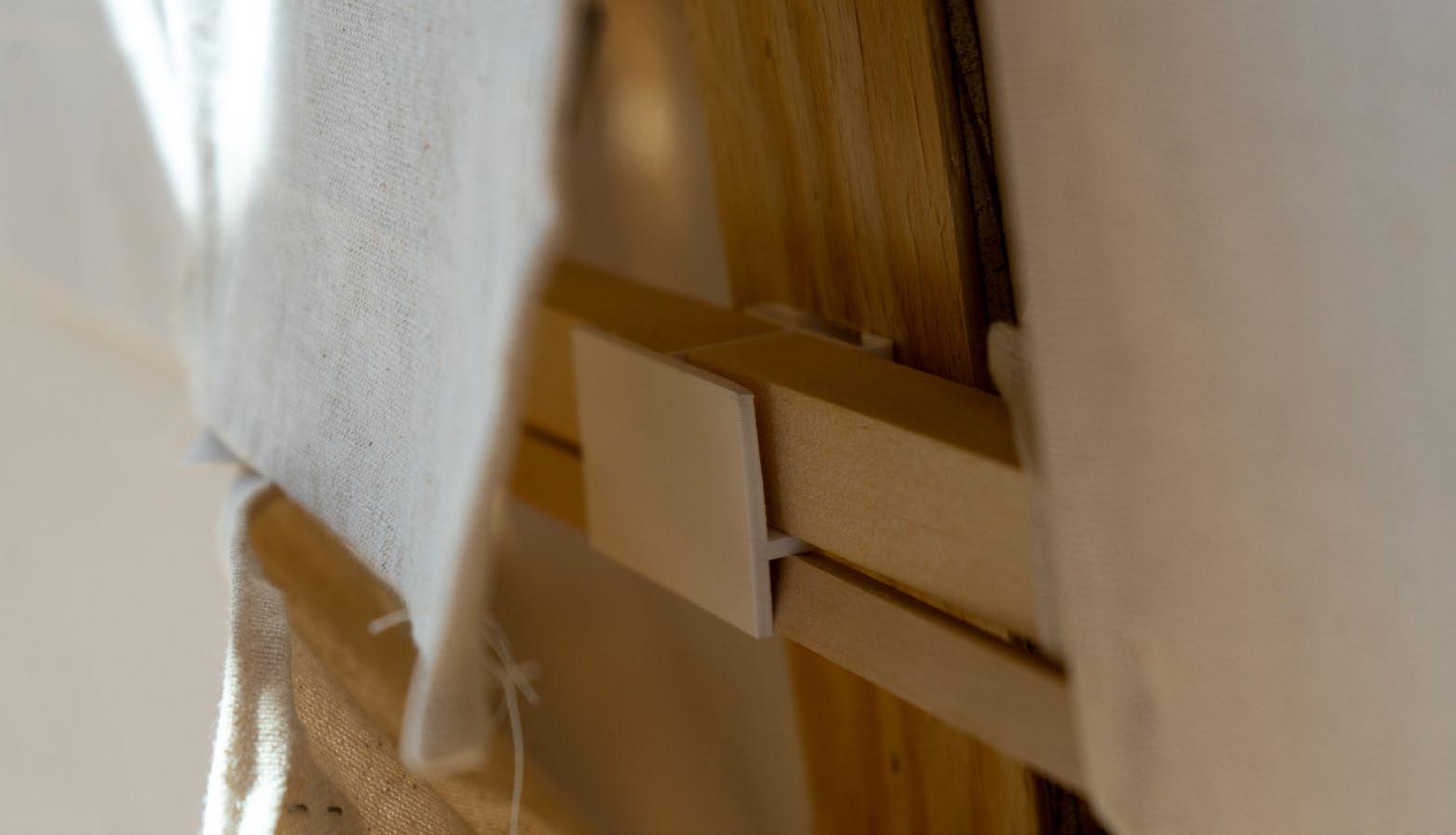
that are pushed into vertical battens and snap into place. The backs of the allow three different types of cladding to be installed. The boards of the exterior Clips" lock into. The "Textile Clips" interlock with small square wood sections screwed onto the backs of the interior wood panels (right of image 2).
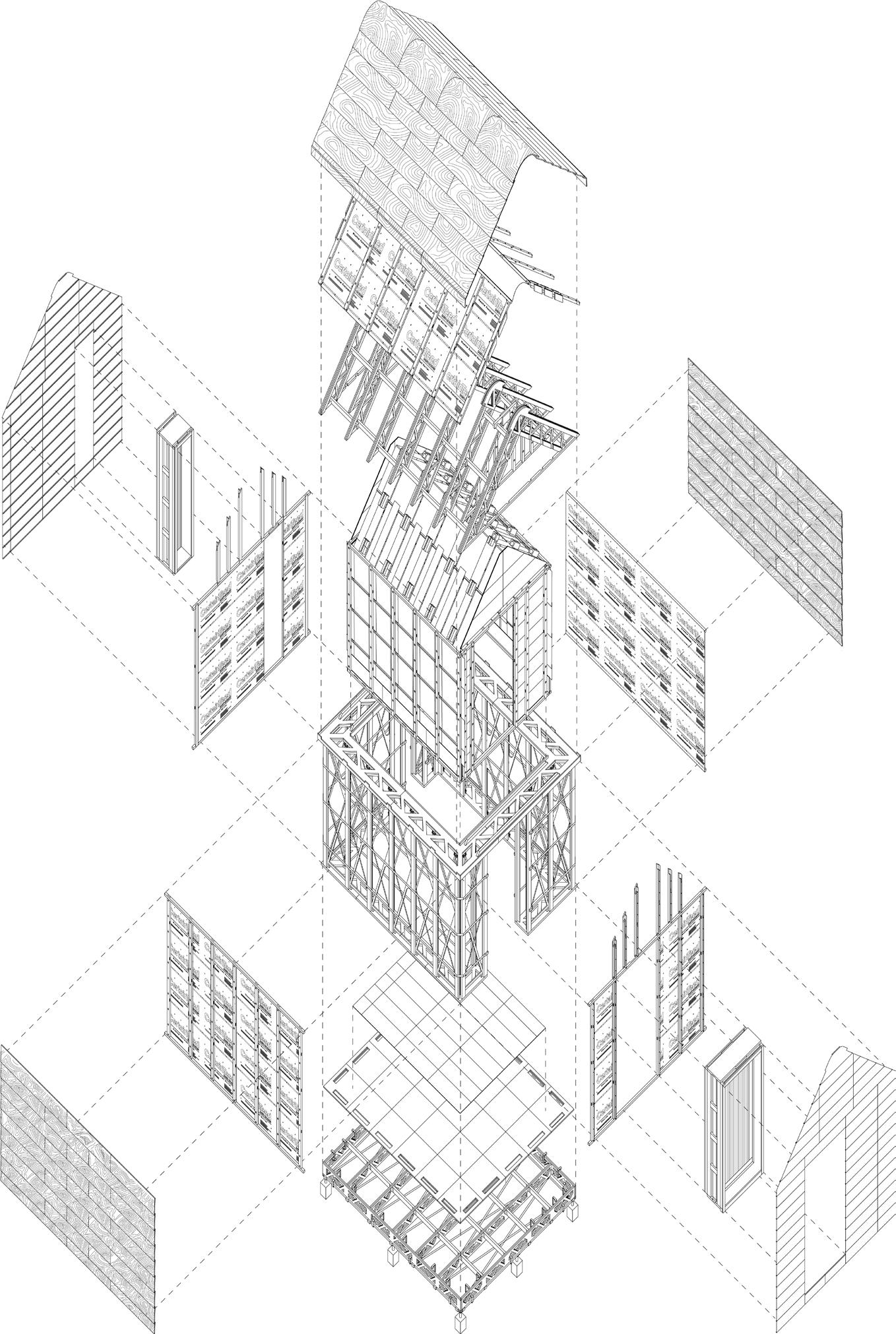
1. X-Wall System
2. Exterior Batten System
3. Interior Batten System
4. Sub-Flooring
5. Floor Structure
6. Roof Structure
7. Roof Batten System
8. Opening System
9. Exterior Cladding Type 1
10. Exterior Cladding Type 2
11. Floor Finish
12. Interior Cladding
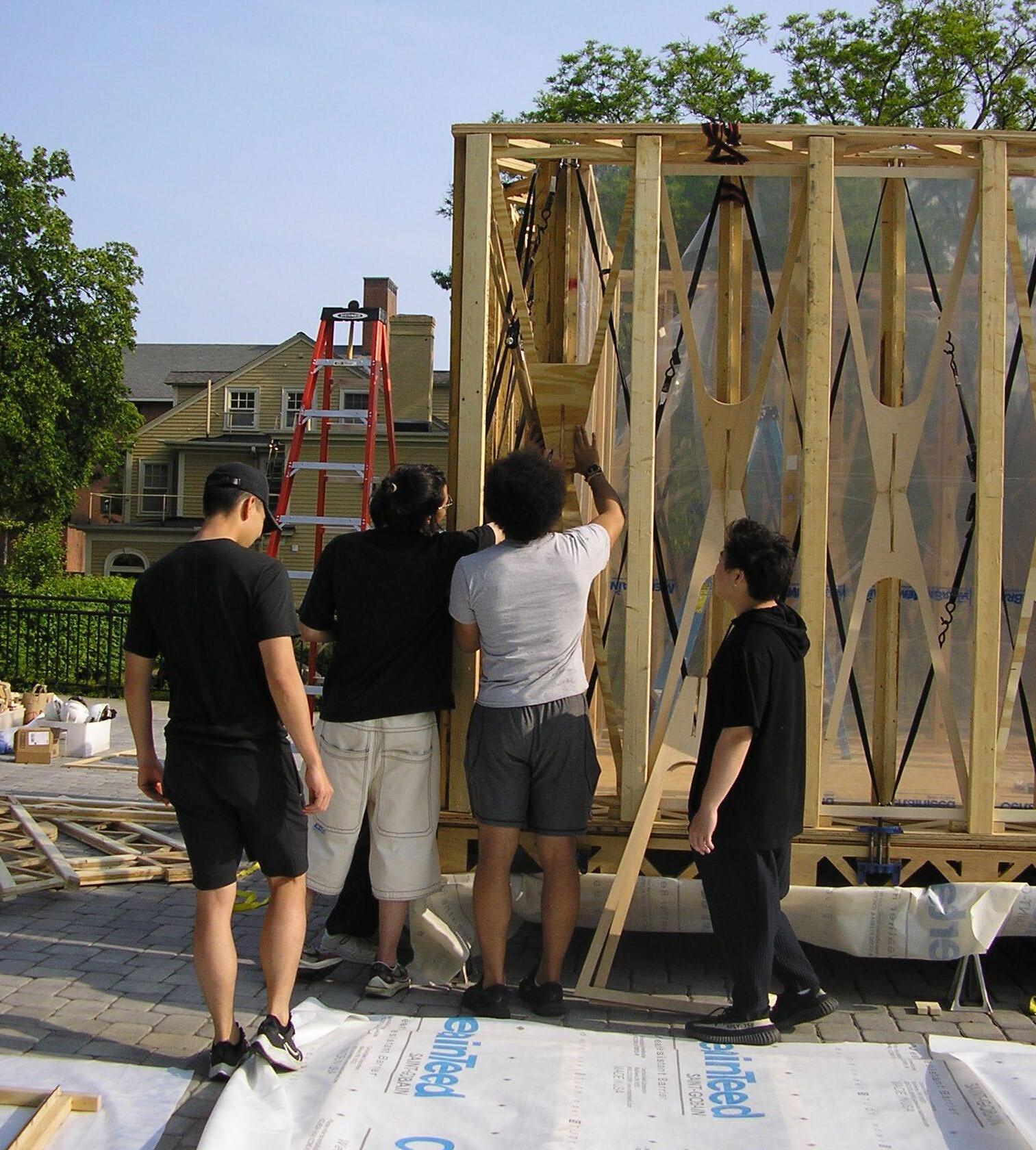
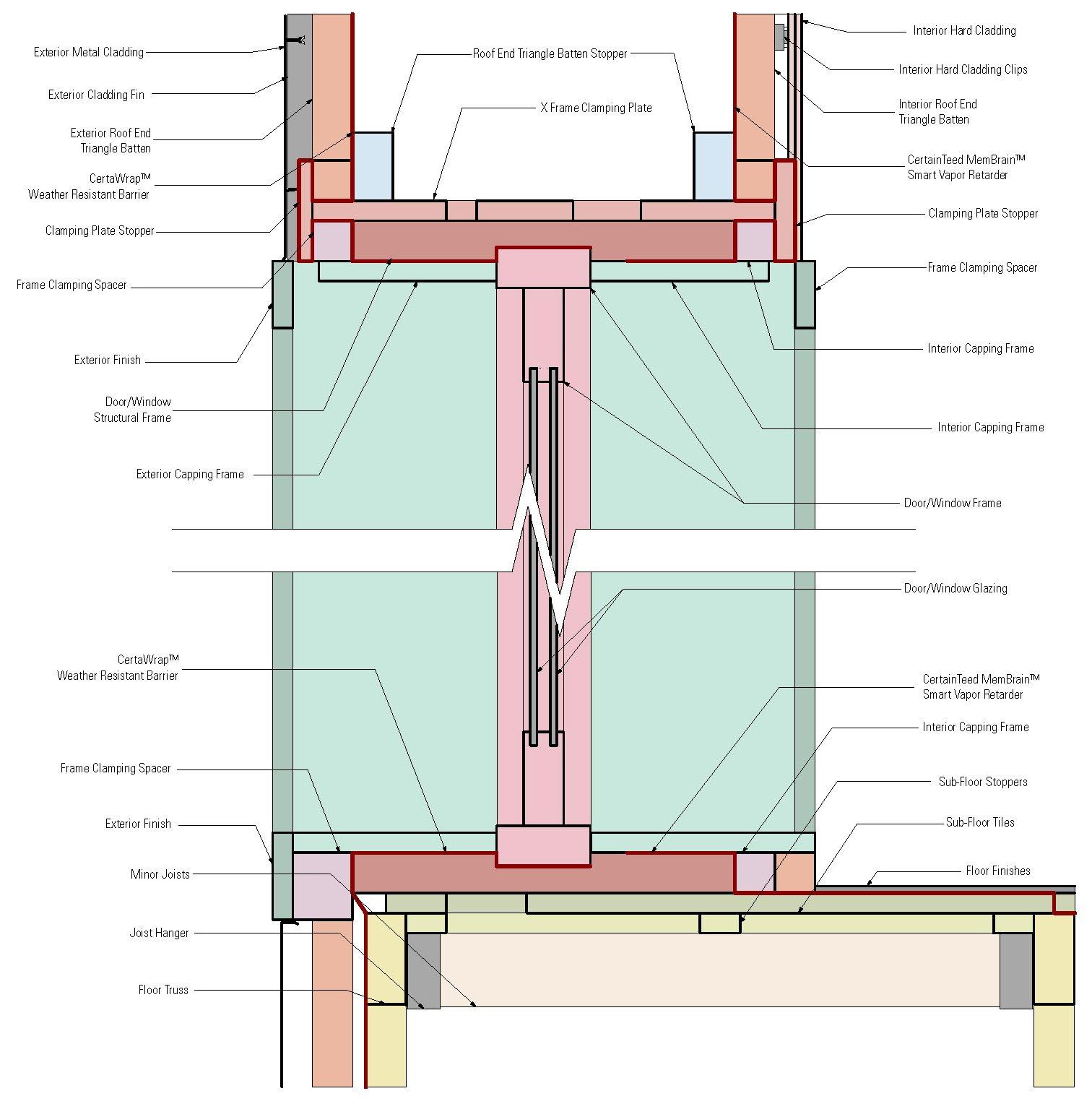
The primary structure of this project utilizes CNC-routed and tensioned ratchet straps to create a rigid form the roof, as well as the floor structure, which jacks. Certain connection details are constructed of assembly and to ensure that the lapped WRB components are nailed together and screws /
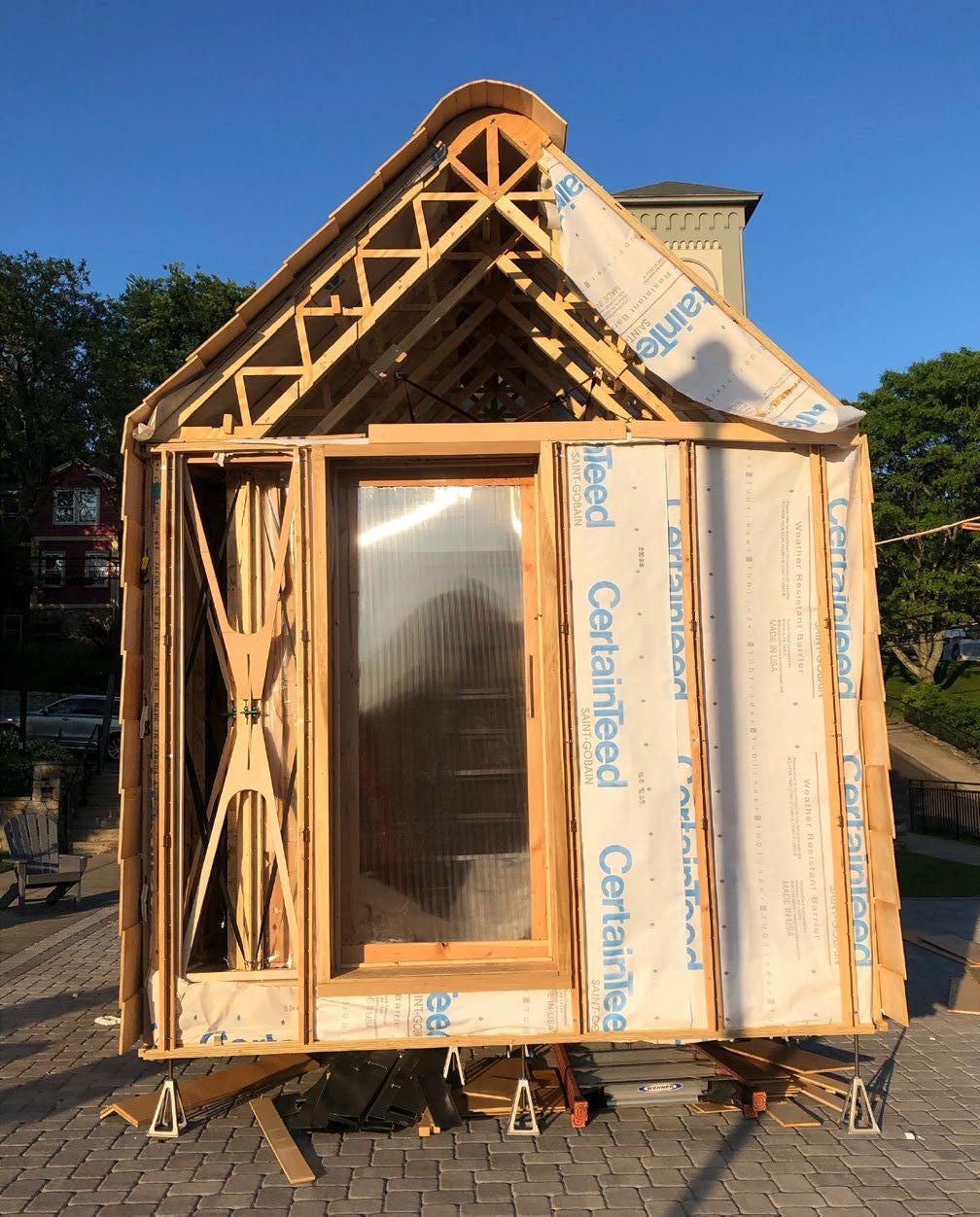

CNC-routed diagonal struts wall. CNC-routed trusses which sits on a series of constructed with clamps for ease WRB has no perforations. No bolts are used minimally.
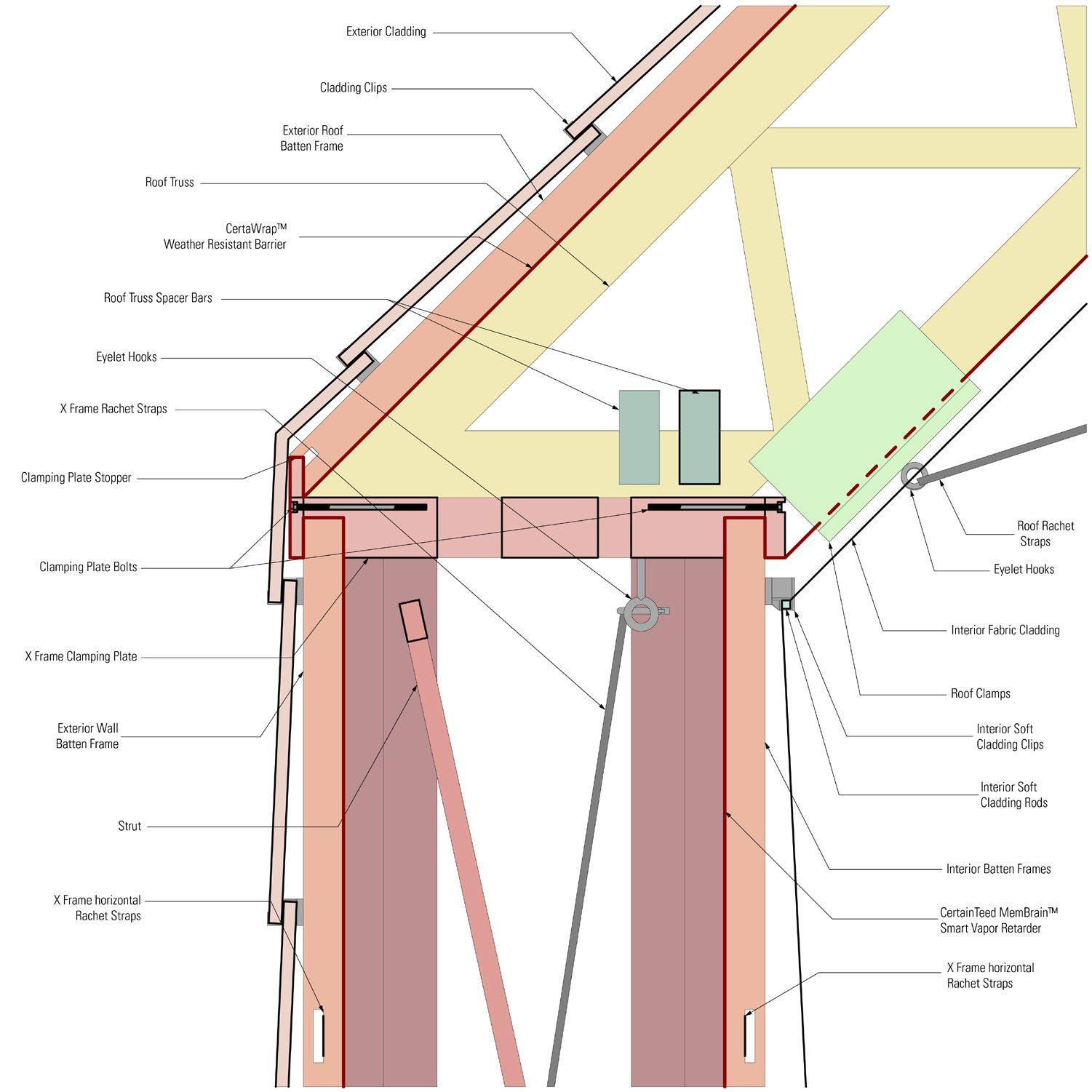
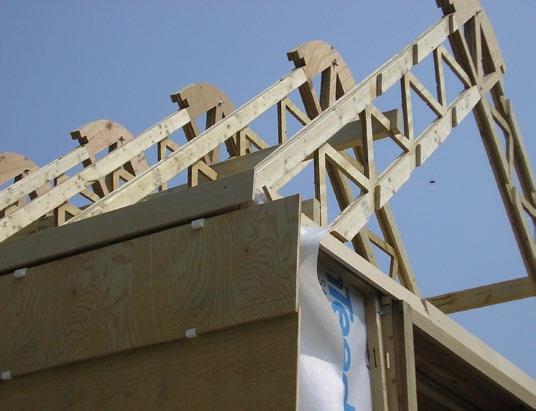
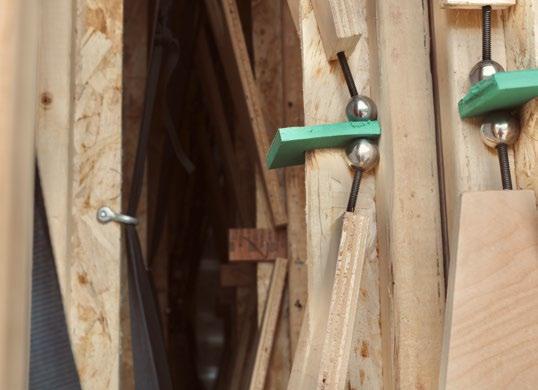
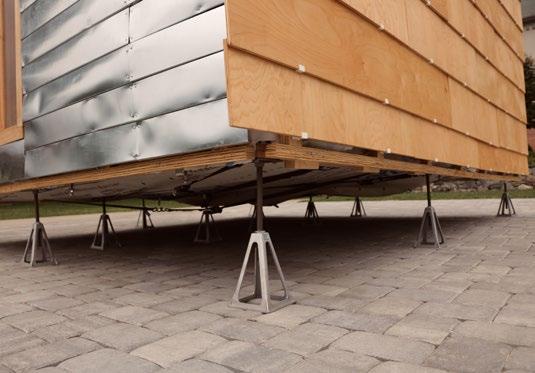
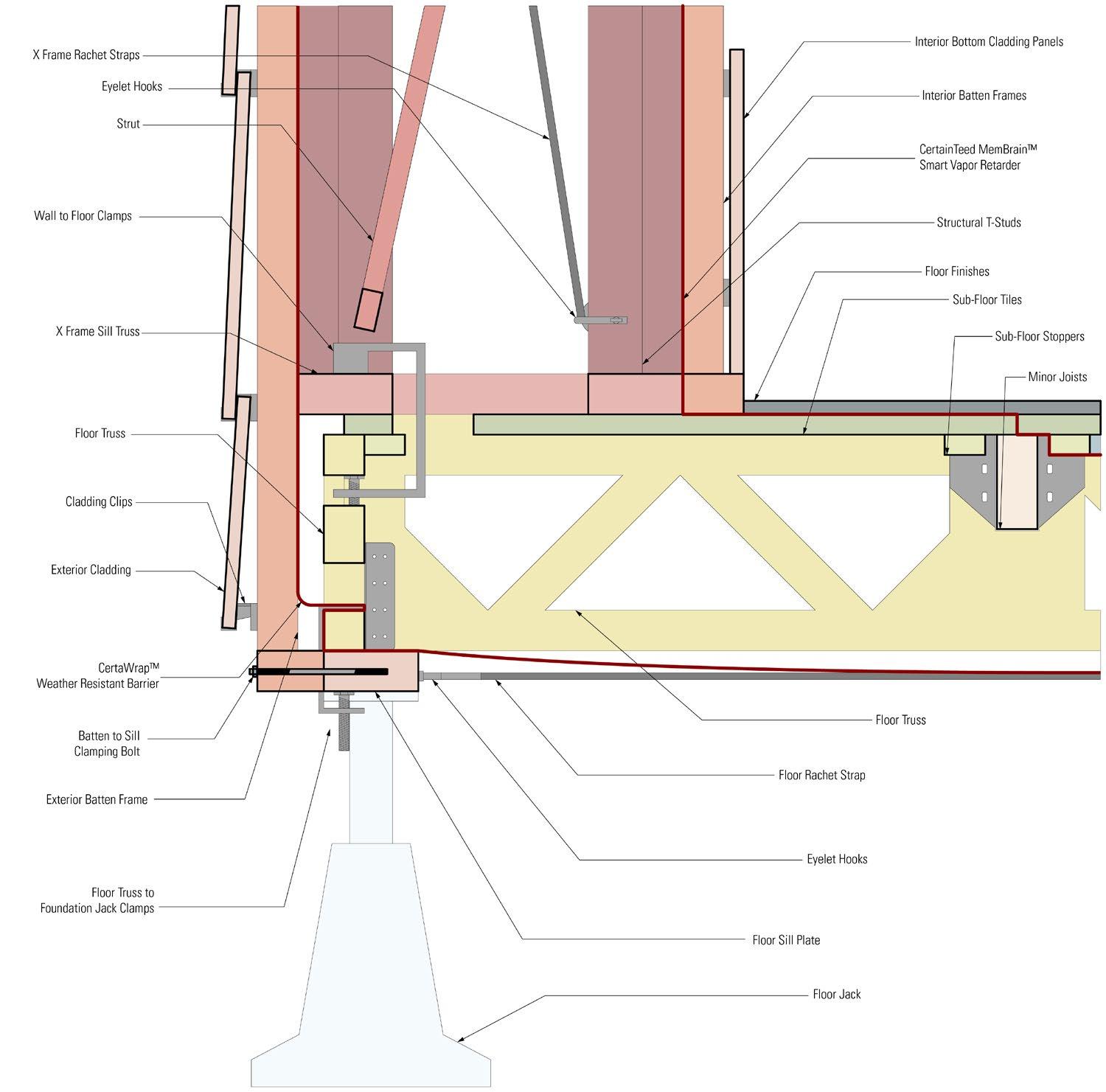
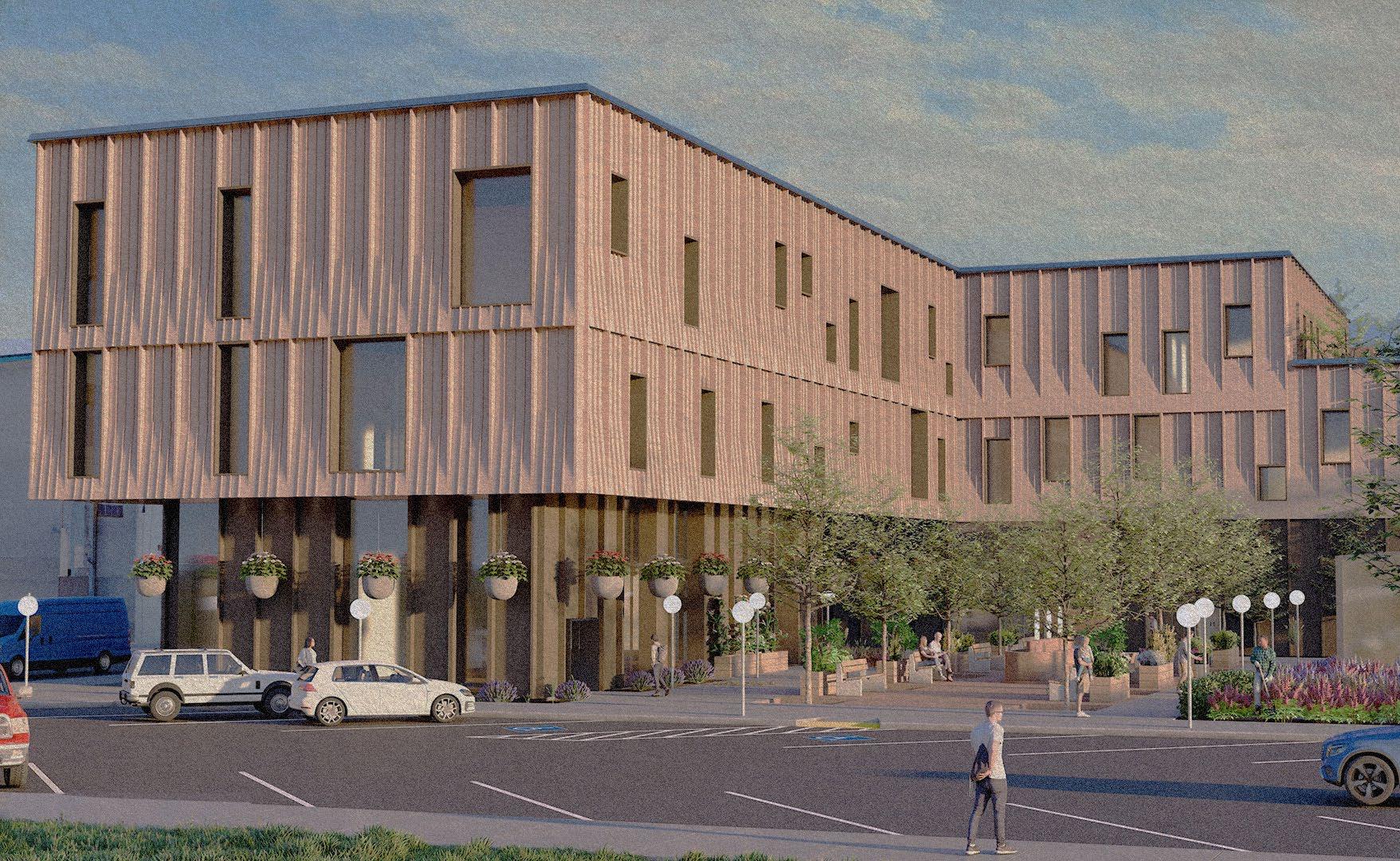
The What Cheer Flower Farm is a studio design project located in Olneyville, Rhode Island, and done in collaboration with Michael Hothan, Gabe Lei, and Jiahao Zhang. A set of paramaters and a program were given, and the goal of the project was to design a 38,000 ft2 multi-use flower processing and educational facility, while adhering to building codes, implementing practical and energy efficient structural and mechanical systems, and employing a unique design upon a facility that serves the community. The realistic scope of this project helped us to develop our technical representation abilities.
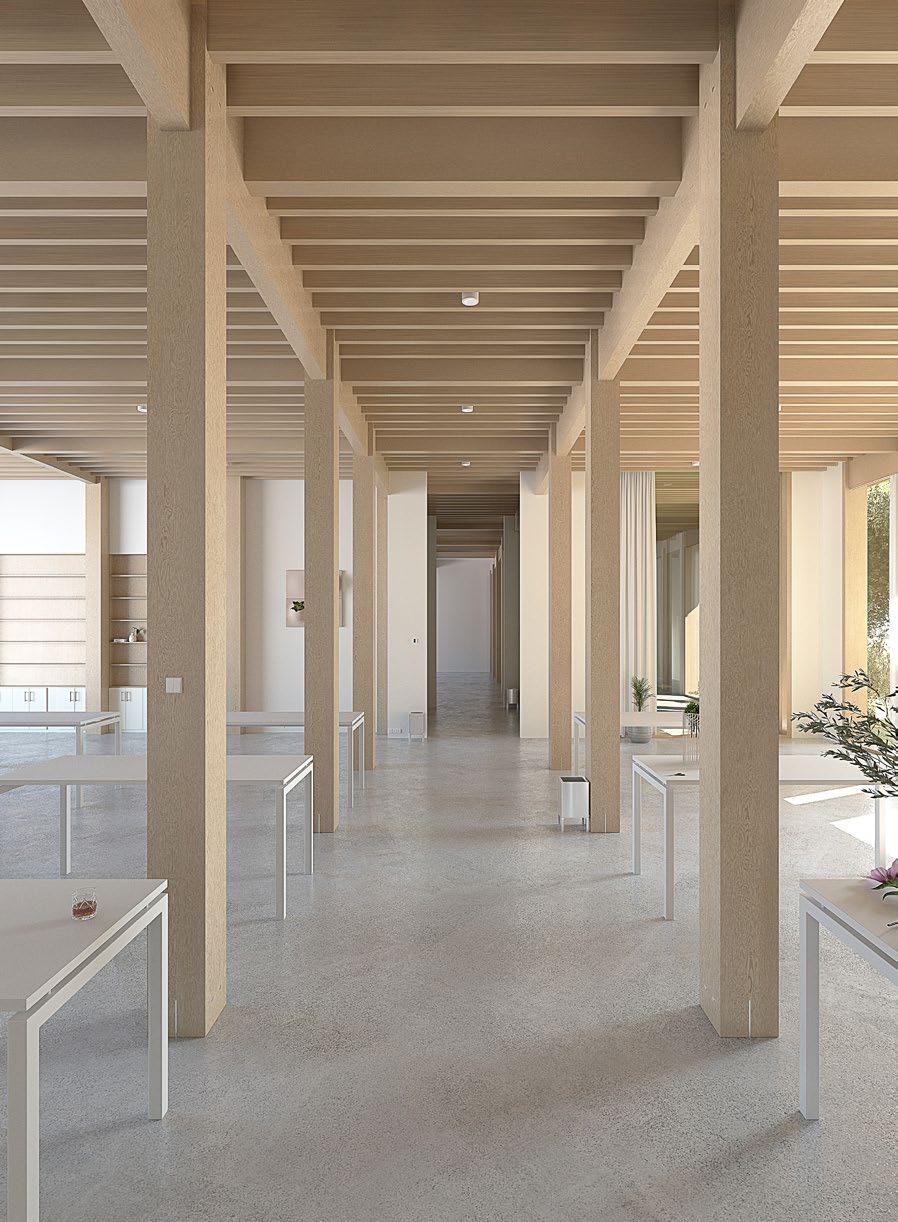
Unit:
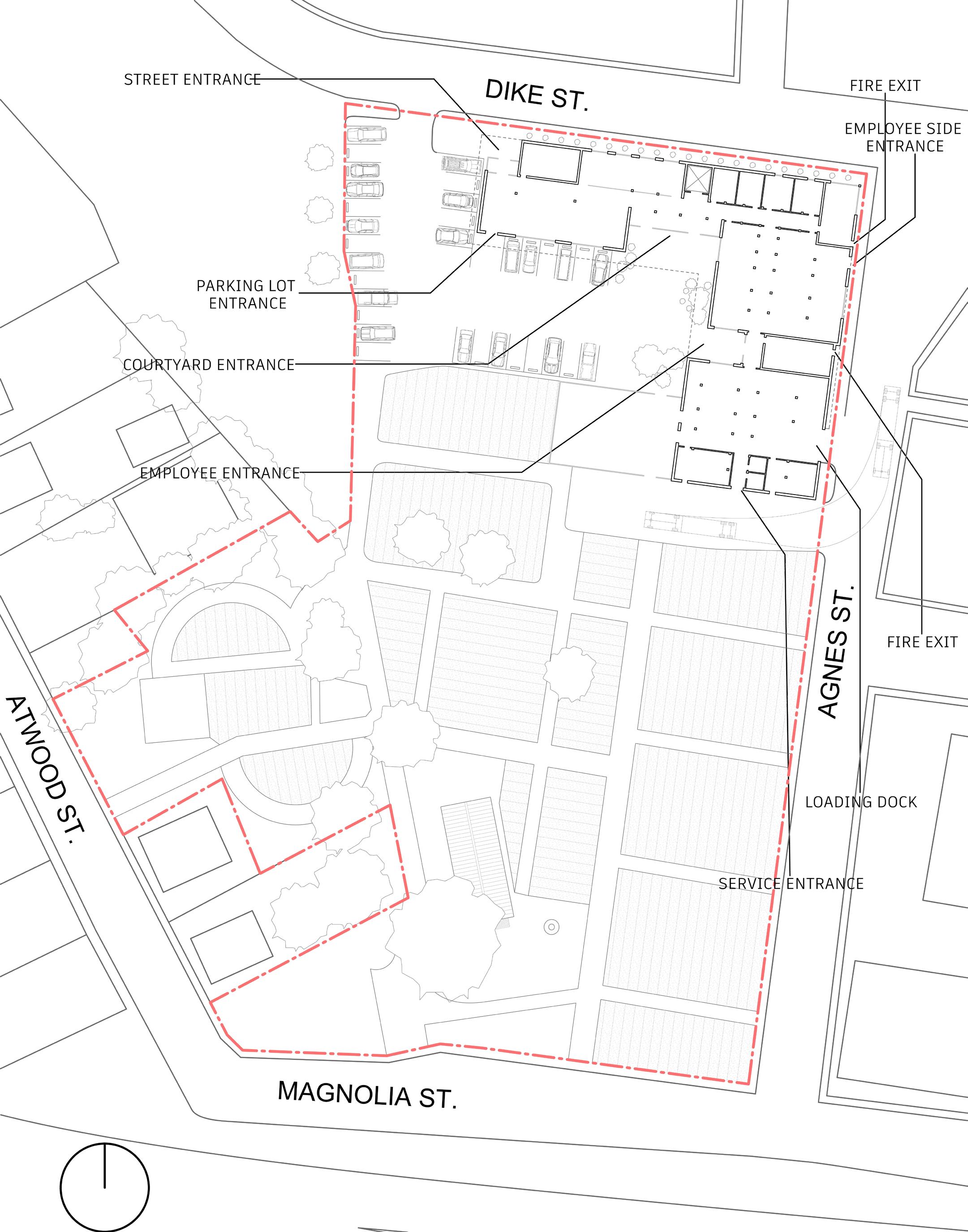
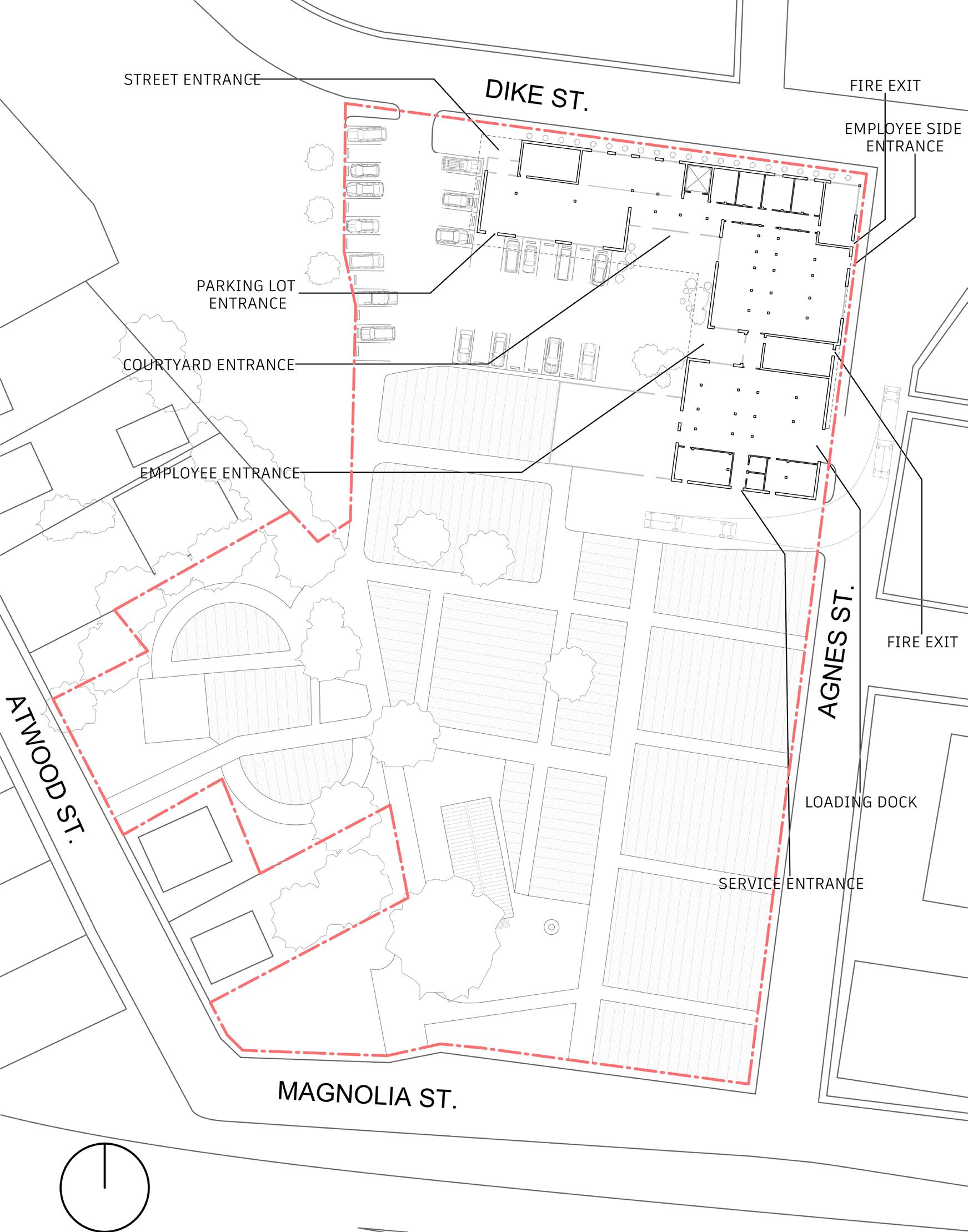
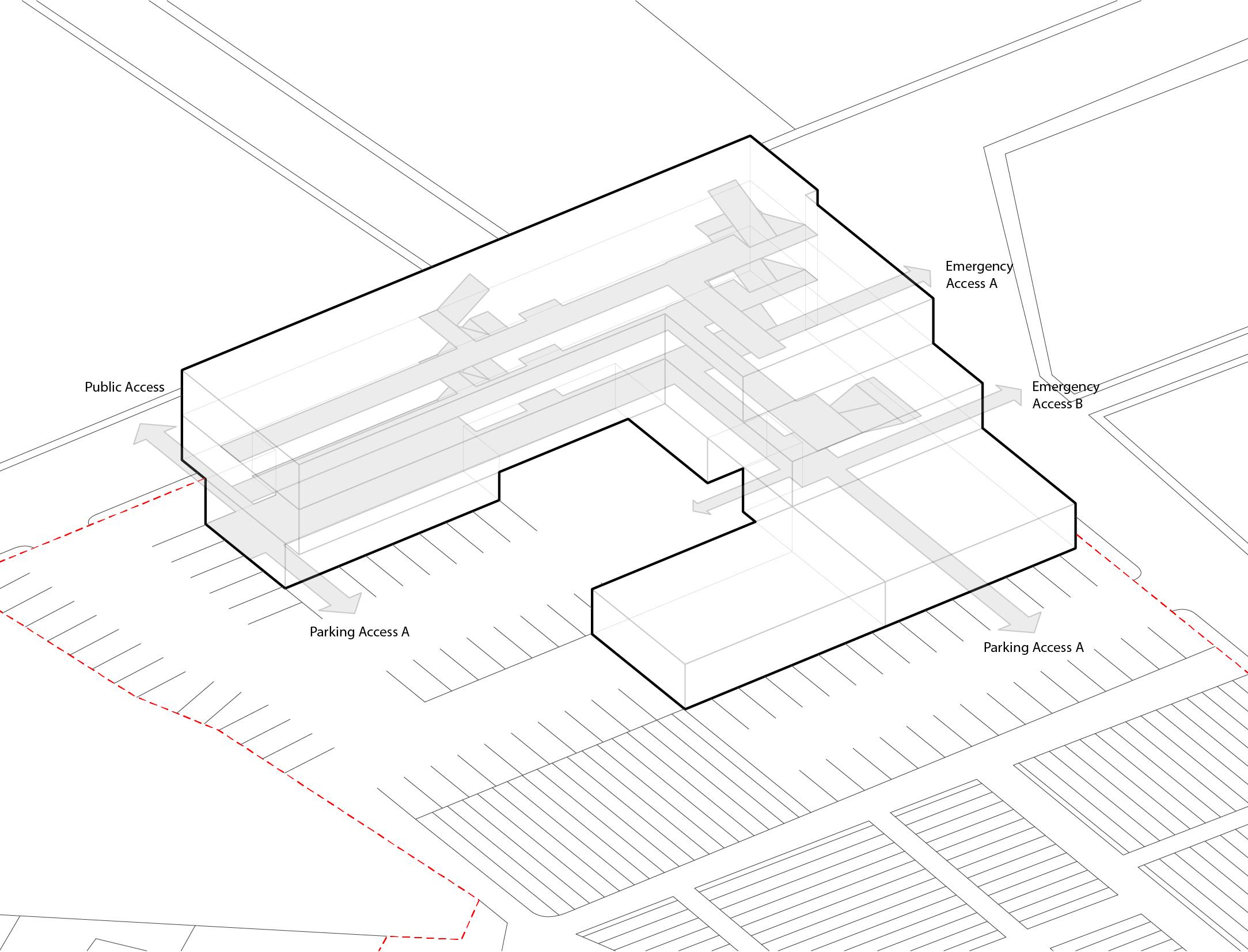
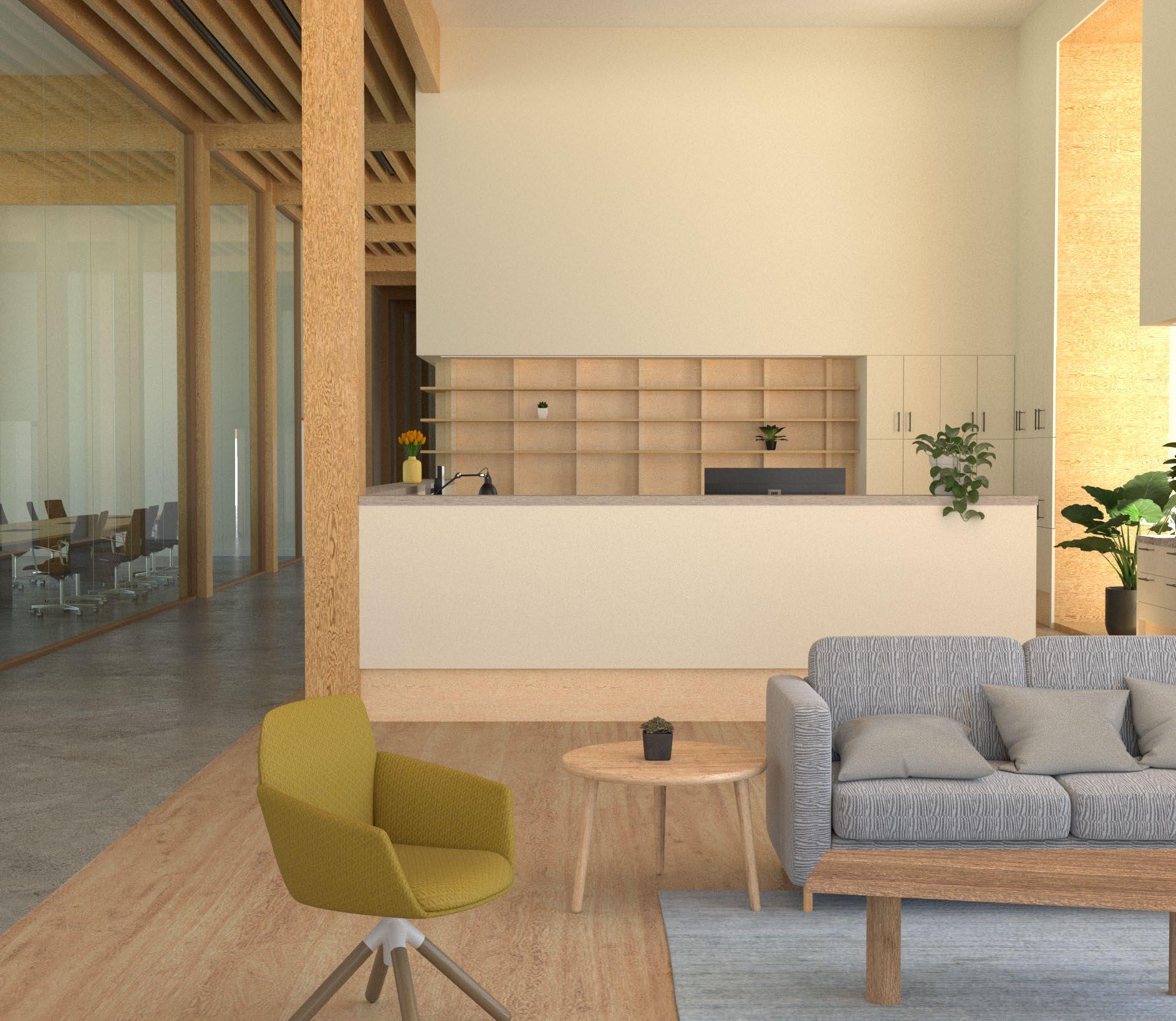
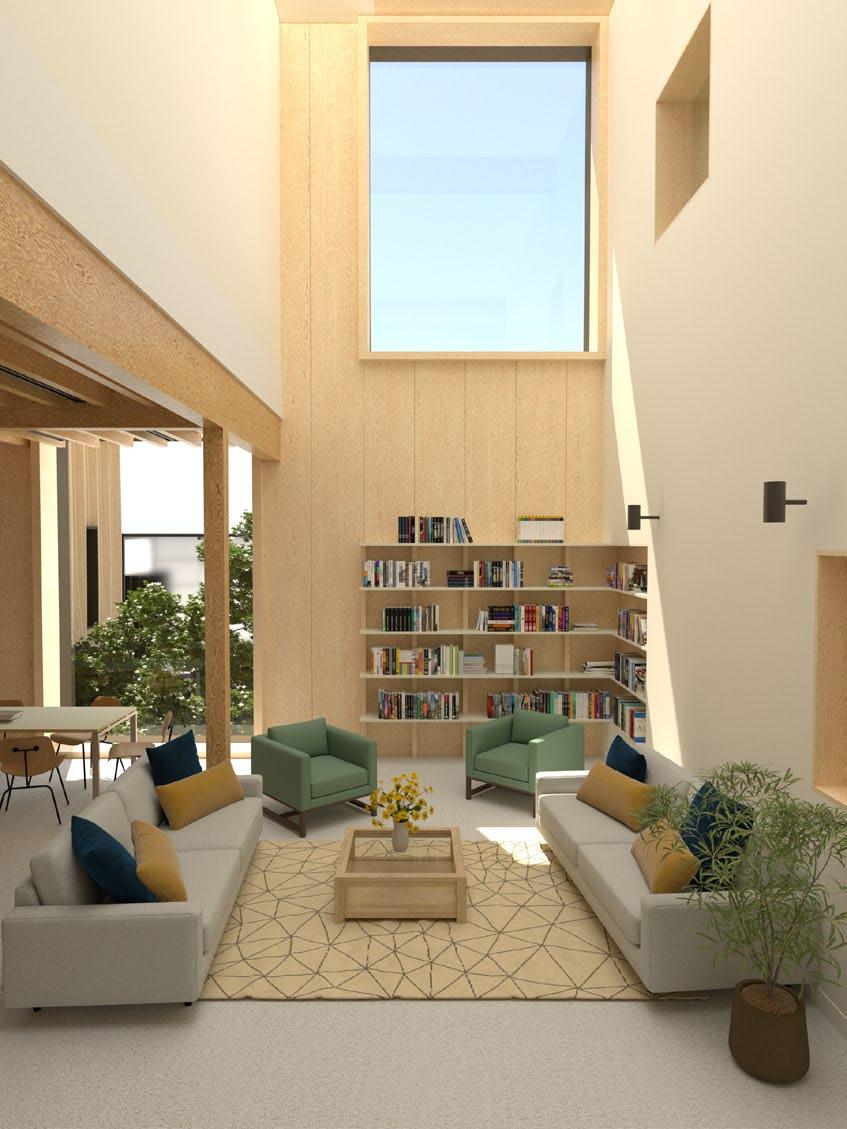
This building is comprised of two main programs - the educational spaces, and the industrial spaces. The industrial spaces are on the ground floor (below) and are for the processing and distribution of flowers from the neighboring flower farm. The educational spaces are on the upper floors which contain classrooms, workshops, terraces, and a café.
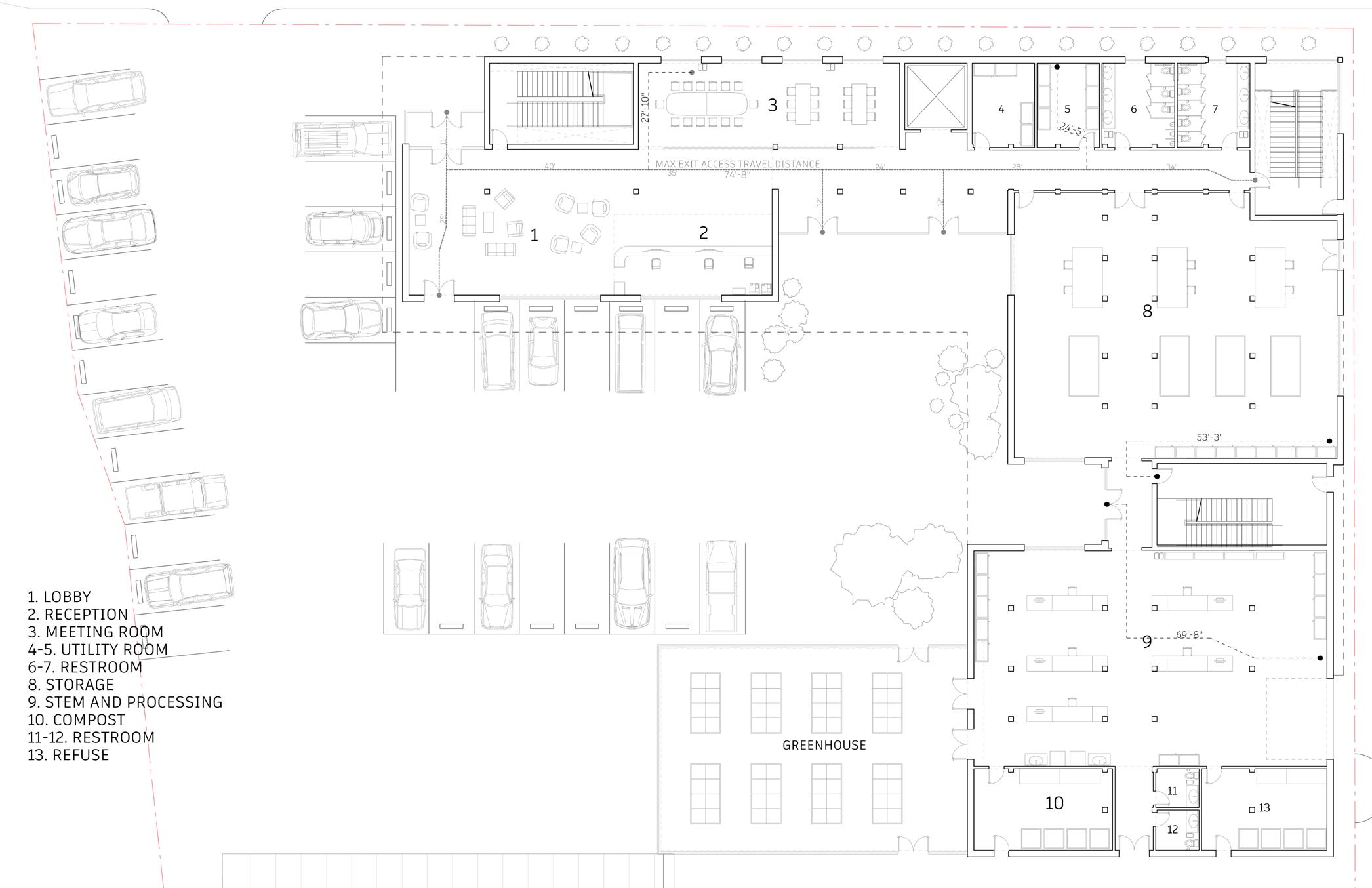
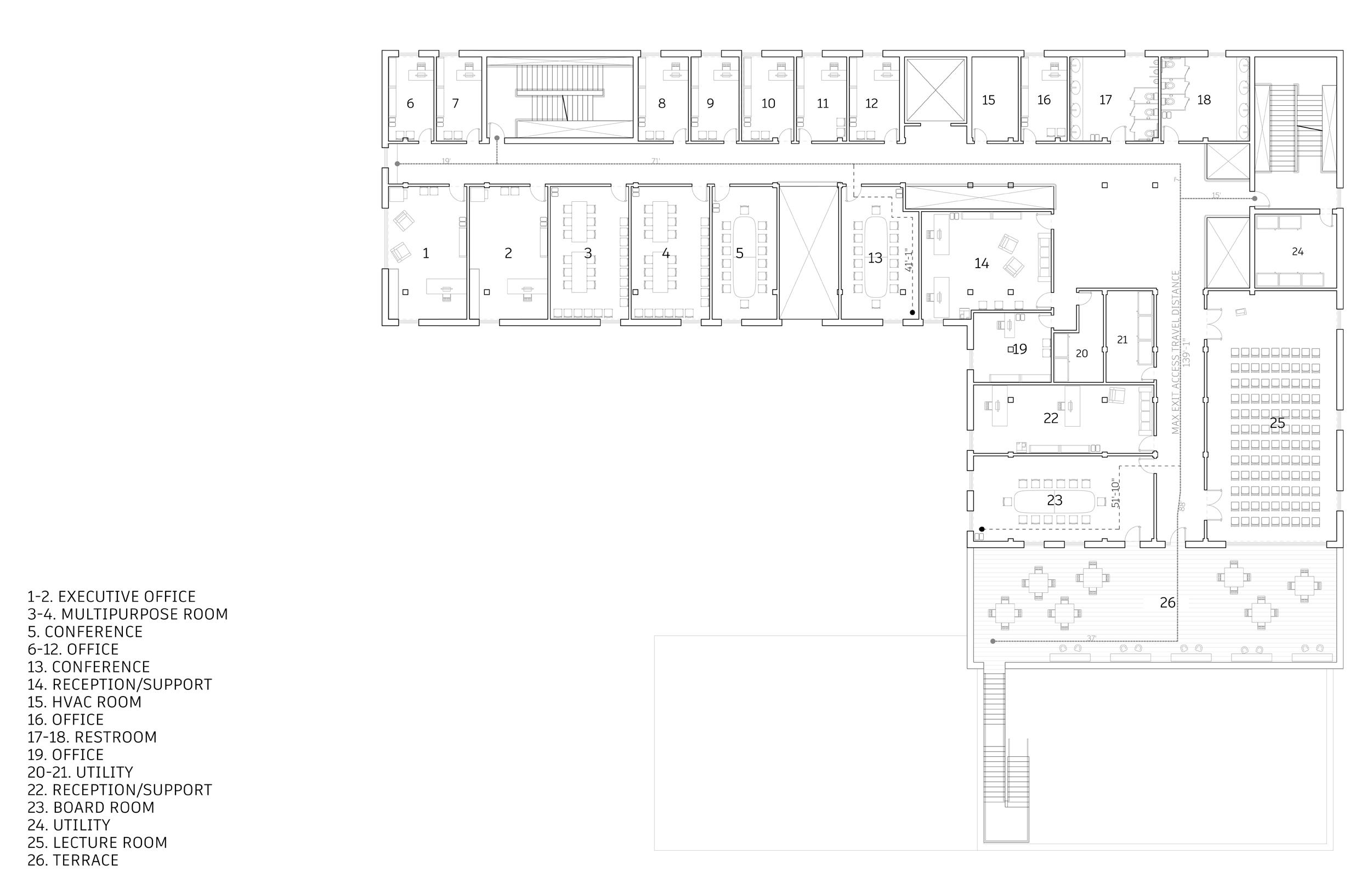
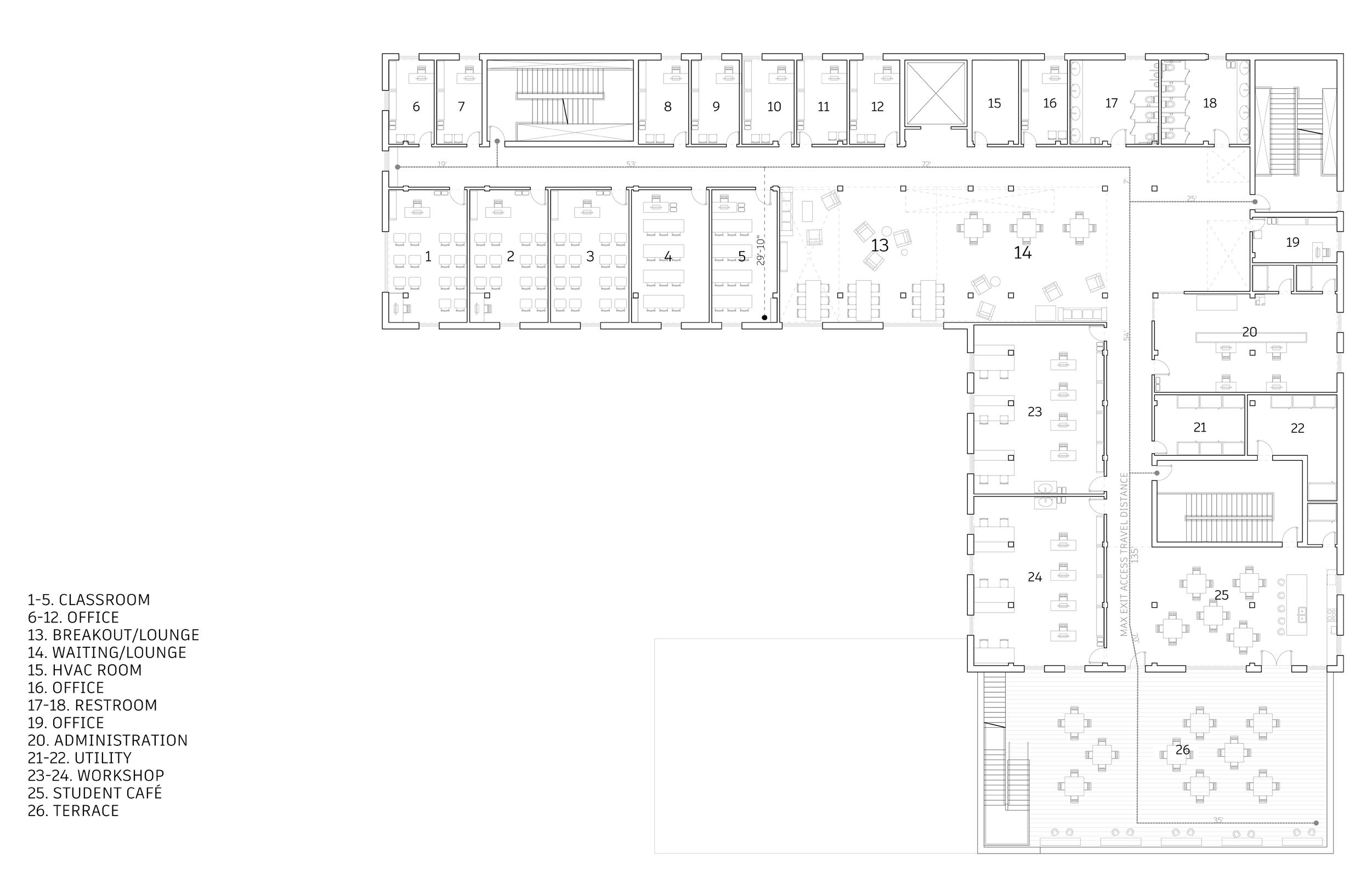



























































































































































































































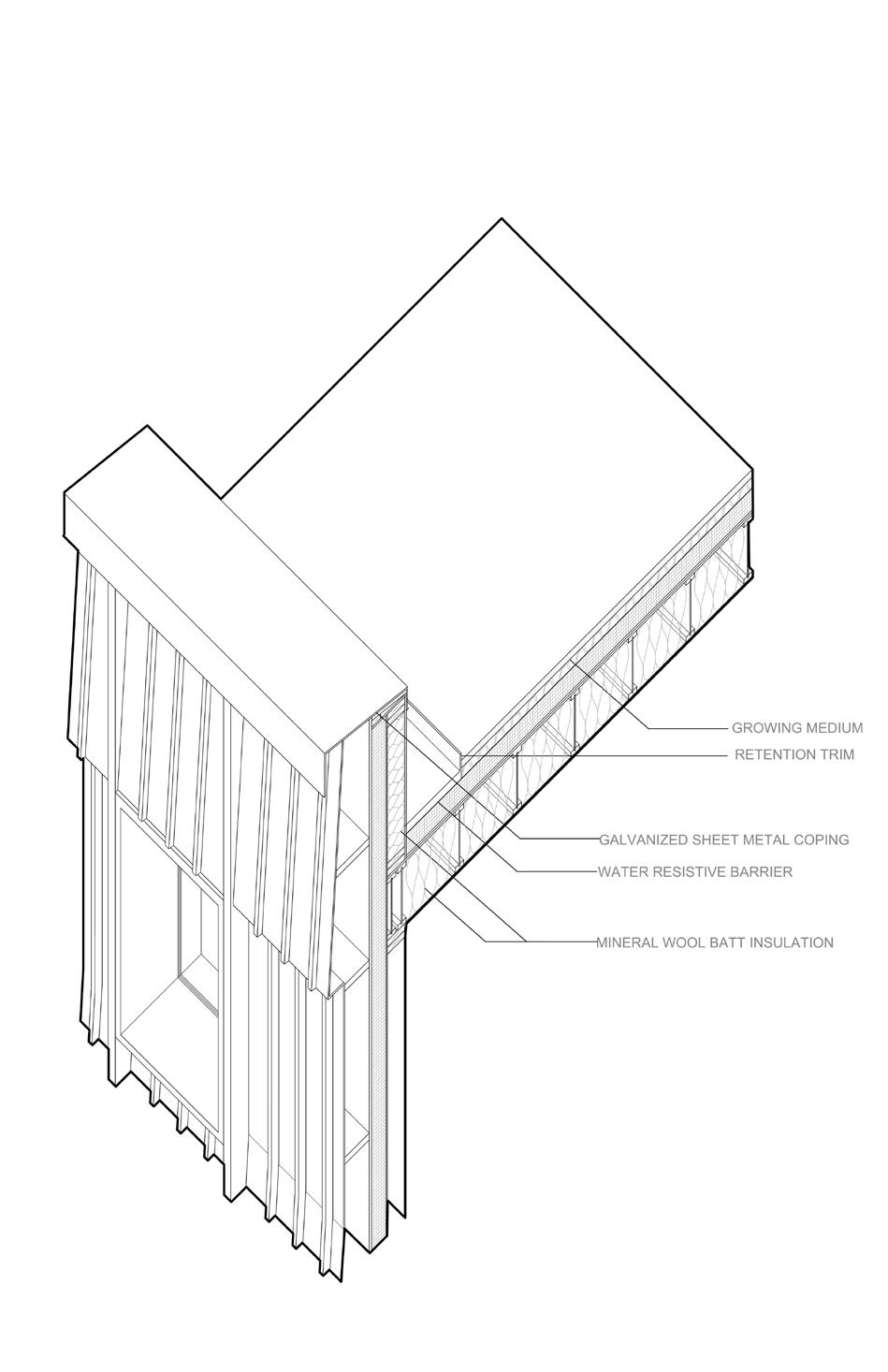
The primary structure of the building consists of heavy timber framing with Glulam columns and girders and wood I-beam joists, atop a concrete slab and footing. A slatted facade is made from modular plywood panels and is intended to catch light and cast shadow.
September 22 2023 Date:


Wall Section and Facade Model
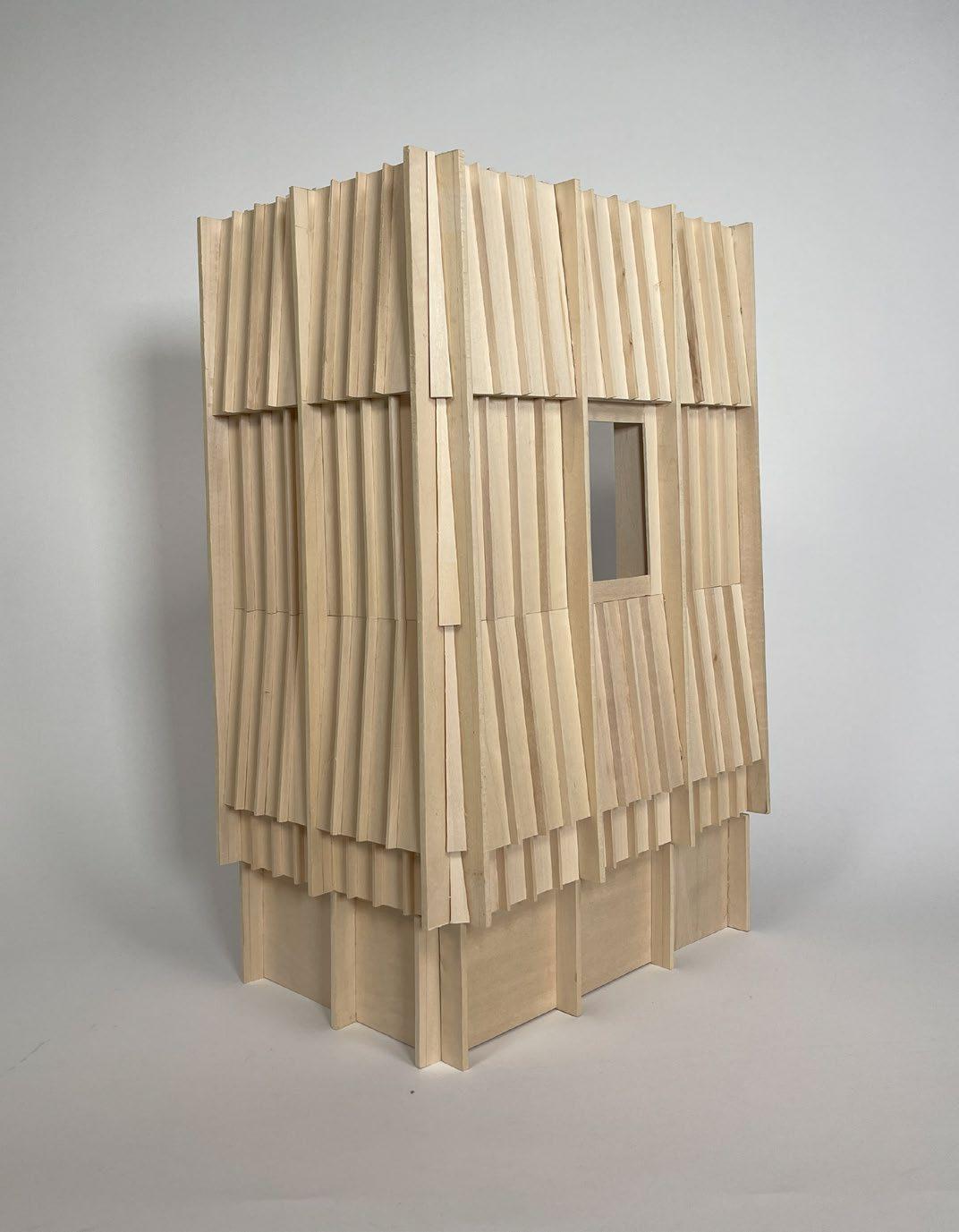
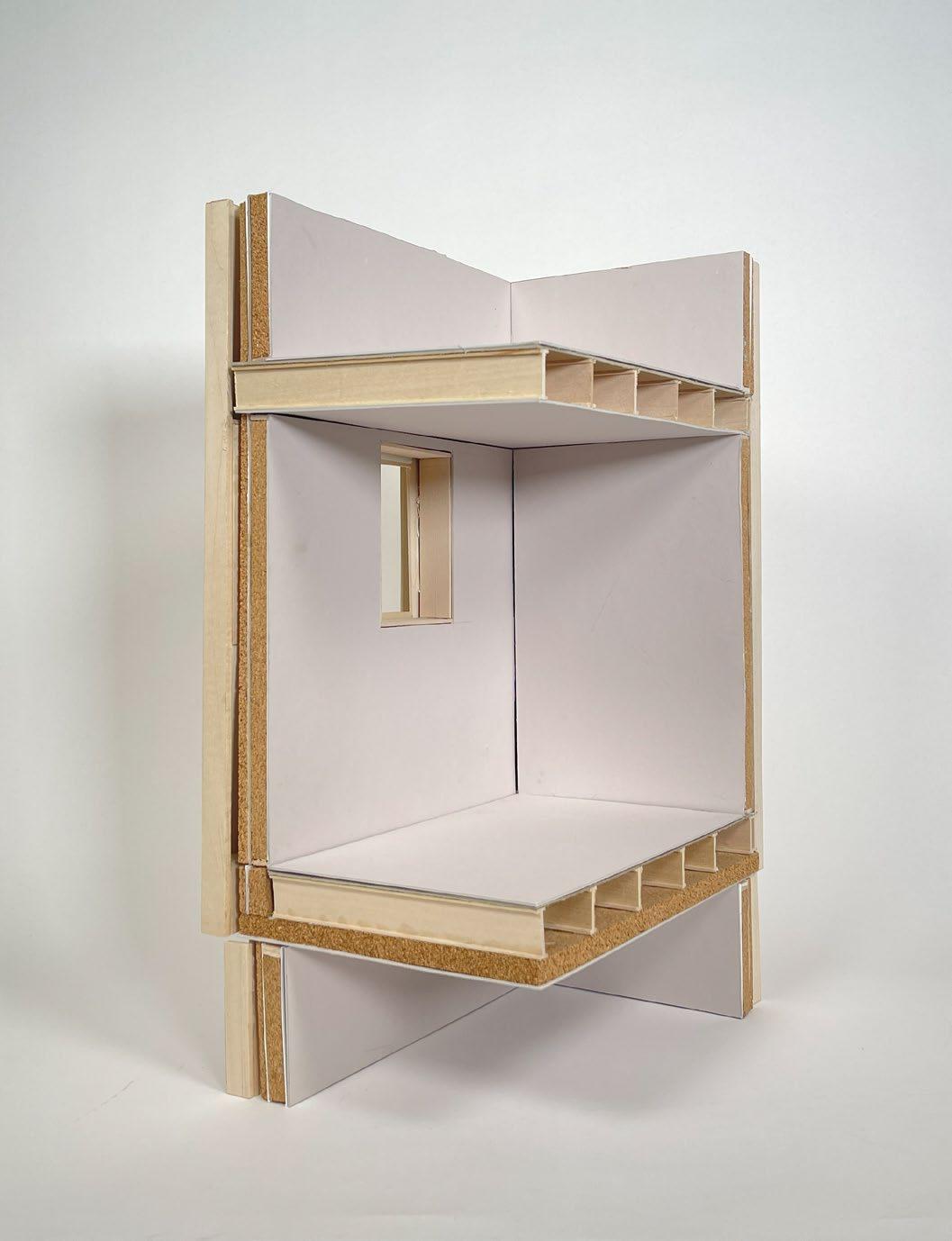
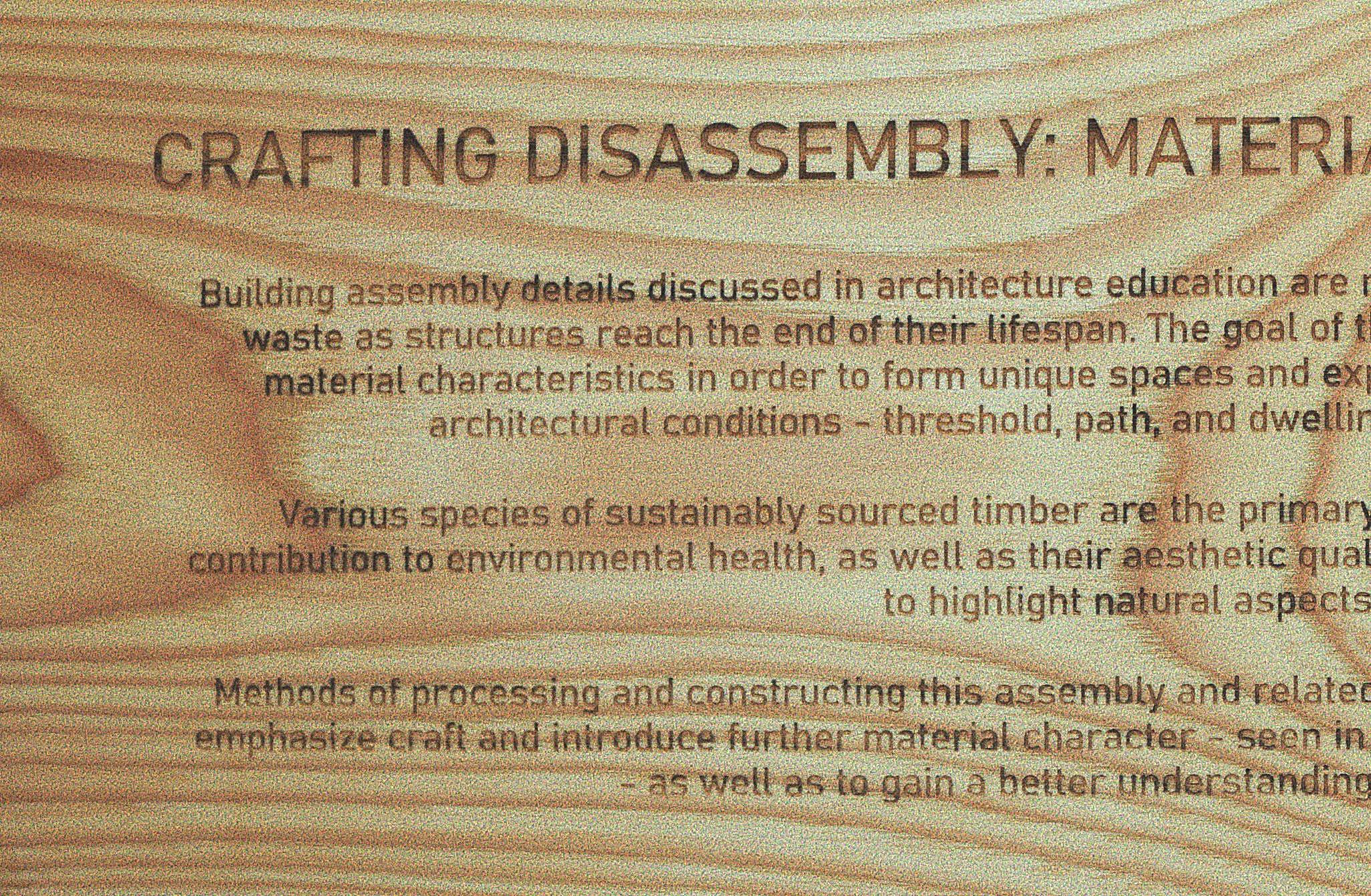
This ongoing project is a collection of research that I began is to look into connection methods and materials, and consider craft into architecture. The work I presented for my thesis consisting of a door, a staircase, and a viewing platform. panels (left side of the next spread), the backs of which grain (images below), to more consciously notice and draw documentation for this presentation consisted of a series engraved into handmade paper, to diagramatically explain side of the next spread). Current research (seen on later across a range of media including drawing, blacksmithing,
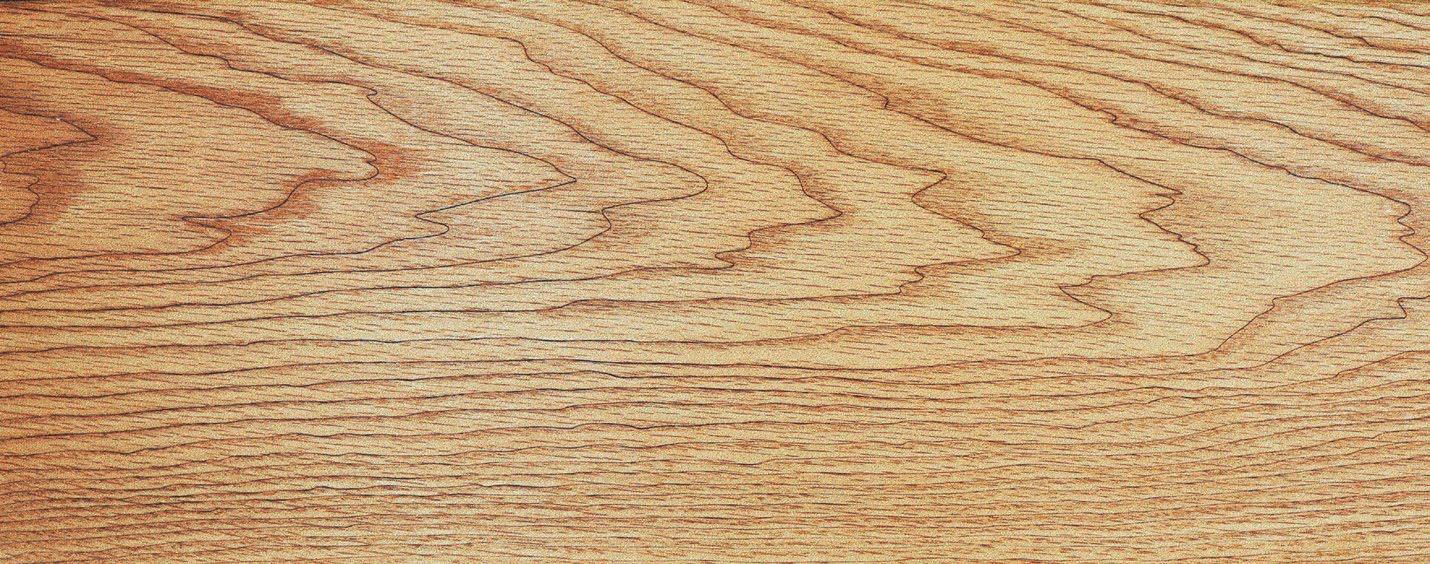
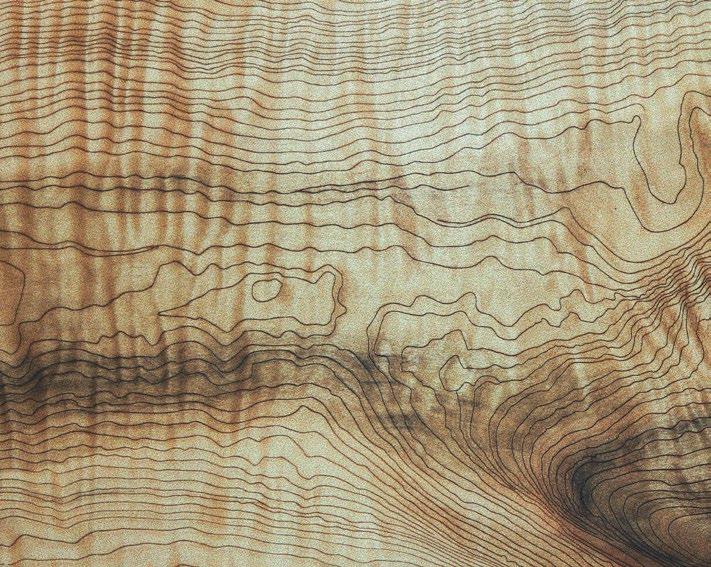
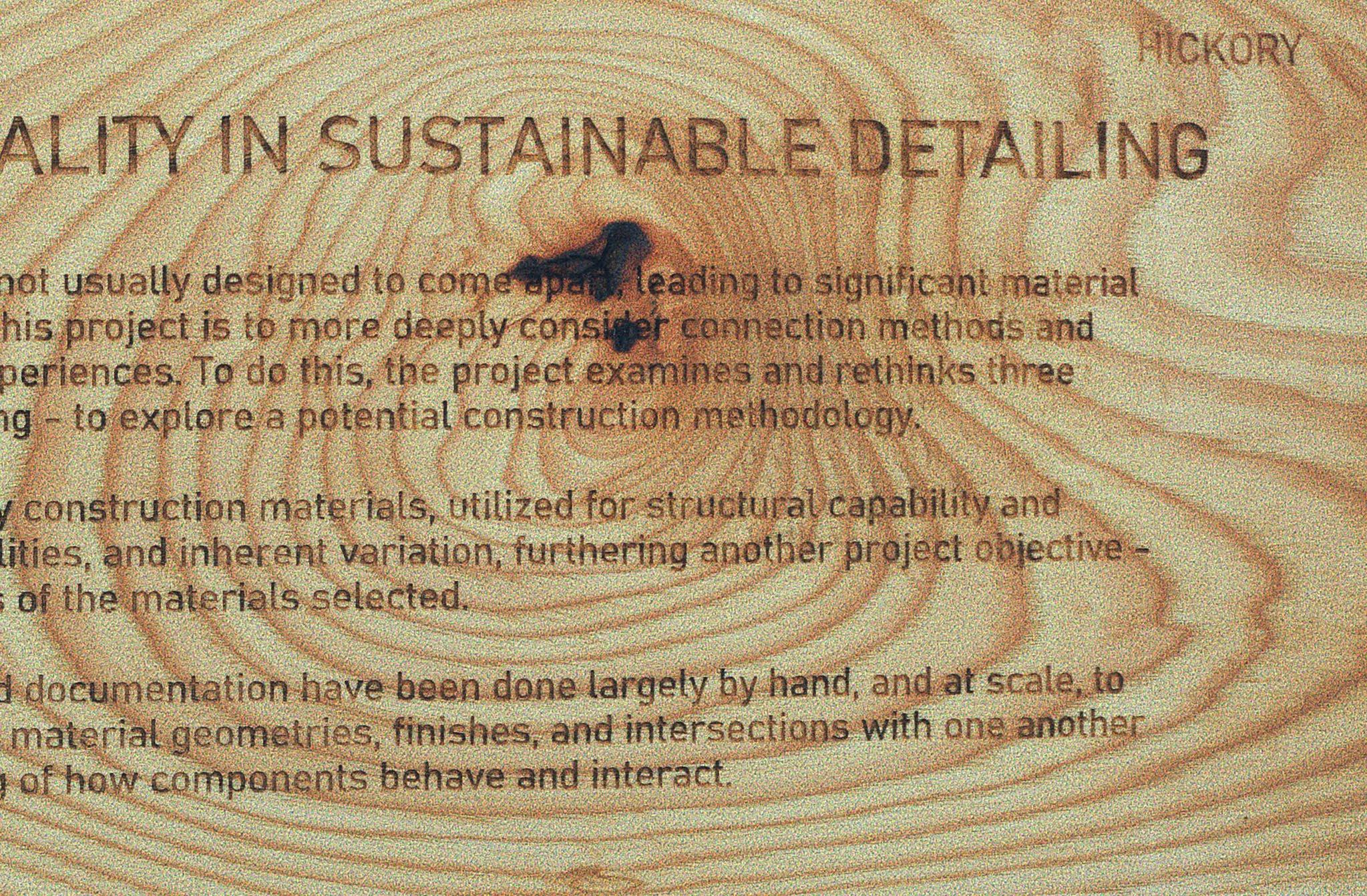
began gathering during my undergraduate thesis. My aim consider ways to sustainably re-introduce elements of thesis involved a design for a three-element structure platform. This design was laser engraved onto wooden which were laser engraved with the trace of the wood draw inspiration from their natural forms. Additional series of exploded and assembled axonometric drawings, explain the assemblies of the various components (right later spreads) has consisted of material explorations blacksmithing, woodworking, and other methods of craft and design.
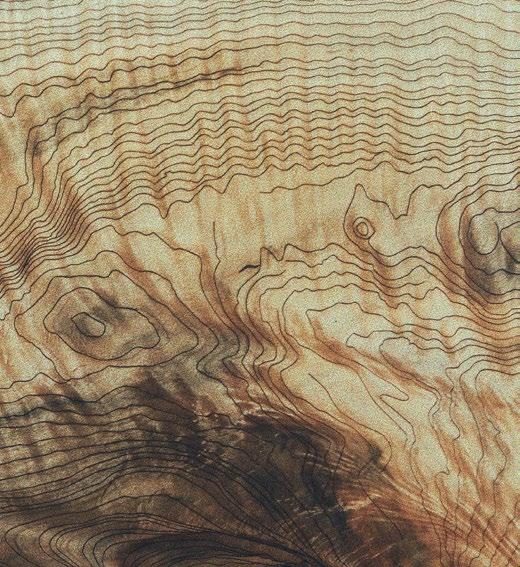

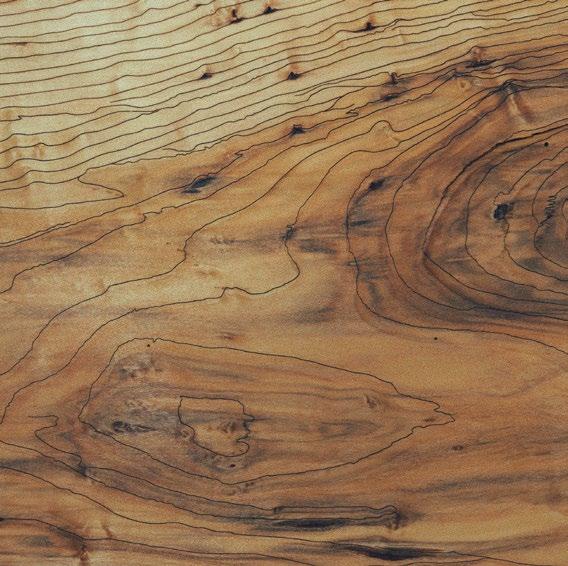

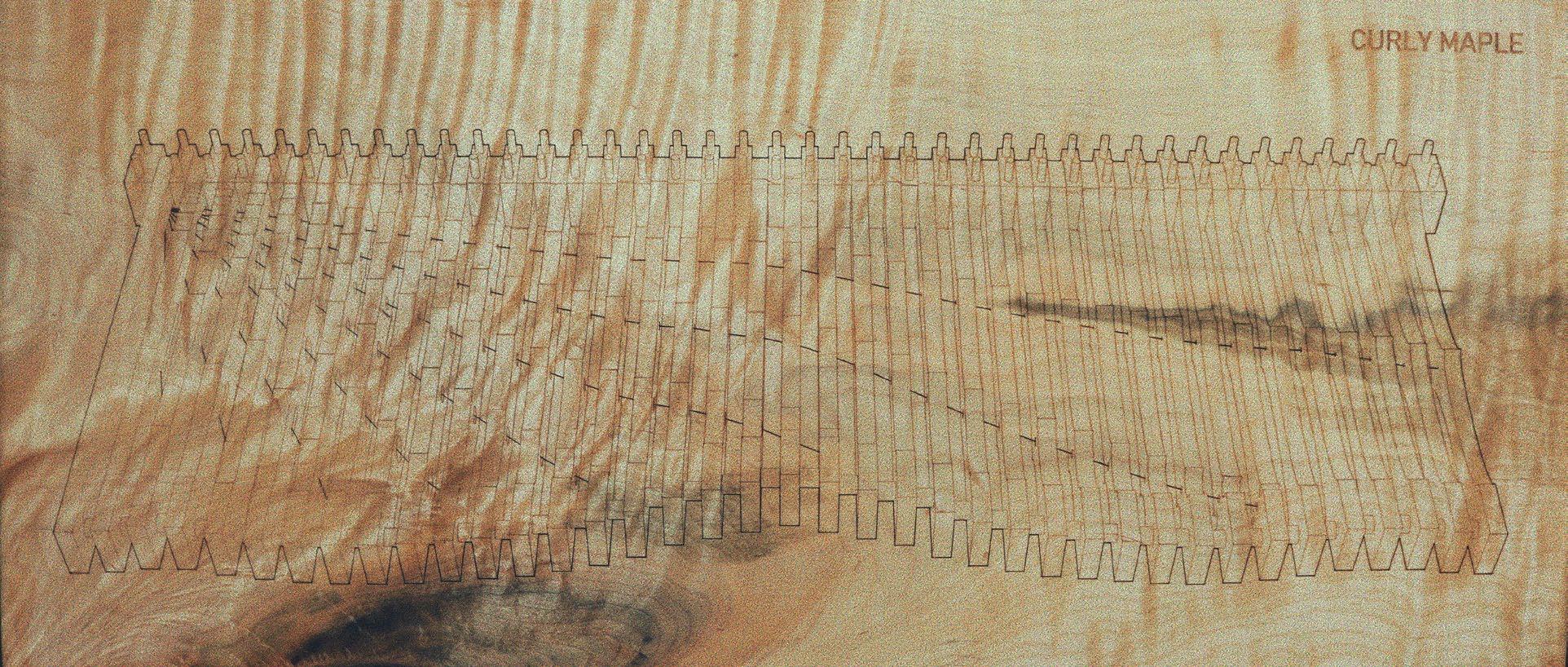

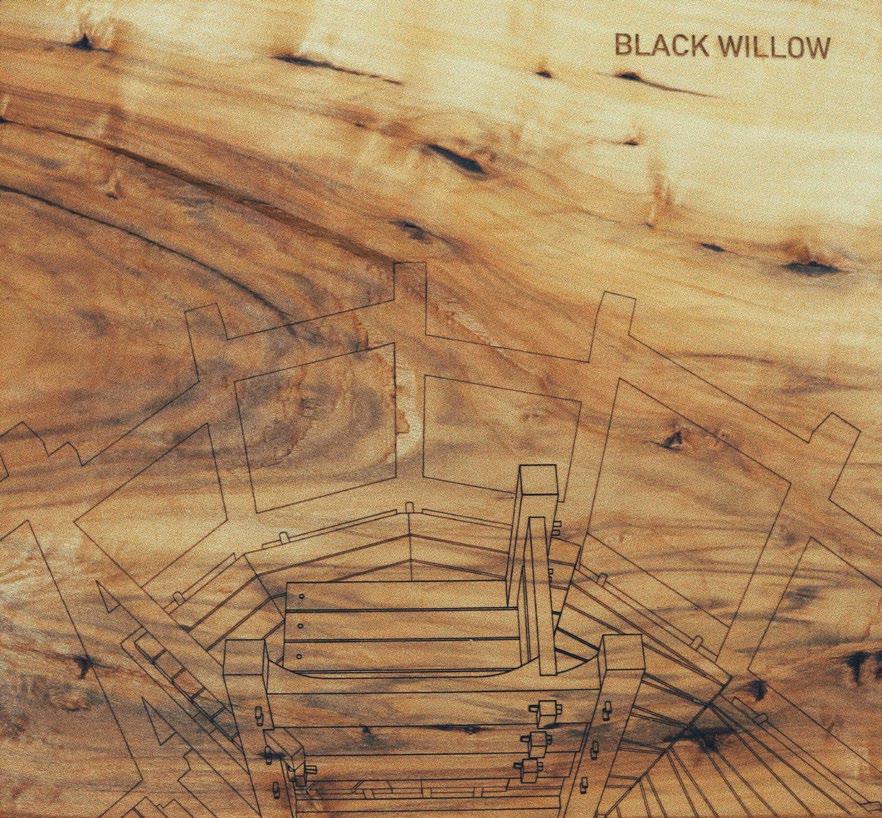
The next curly maple, for the on its curve handle, single 5) show used to
Next is the staircase, the panel for which from poplar, and highlights layout of the boards each step. The drawings show the details or unit of the structure and then assembled.
The final panel (9) is made from black willow and depicts a view from the upper platform or "dwelling." The drawing for this panel (10) shows the assembly of the chair that sits on this platform. The final drawing (11) shows a siding exploration that I designed for this structure.
The first panel (1), made from red oak, shows the overall design of the structure with two axons on the left and right, and a plan drawing in the center, and the accompanying drawing (2) shows a pegged mortise and tenon joint, which was implemented into the design in multiple places.
next panel (3), made from maple, shows the design the door, or "threshold," laid side, accentuating the that forms when pulling its handle, as it does not move as a plane. The drawings (4 and show the assembly and joints to create the door.
7 staircase, or "path," which (6) is made highlights the boards that form drawings (7 and 8) of the first "bay" structure exploded, assembled.
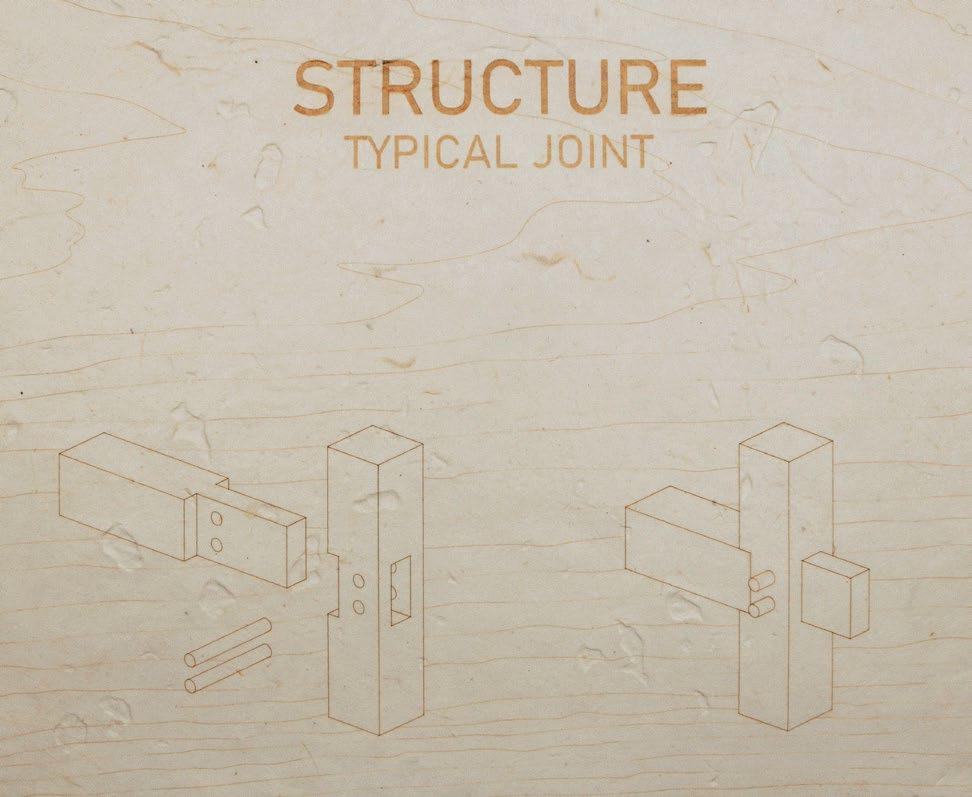
2

4
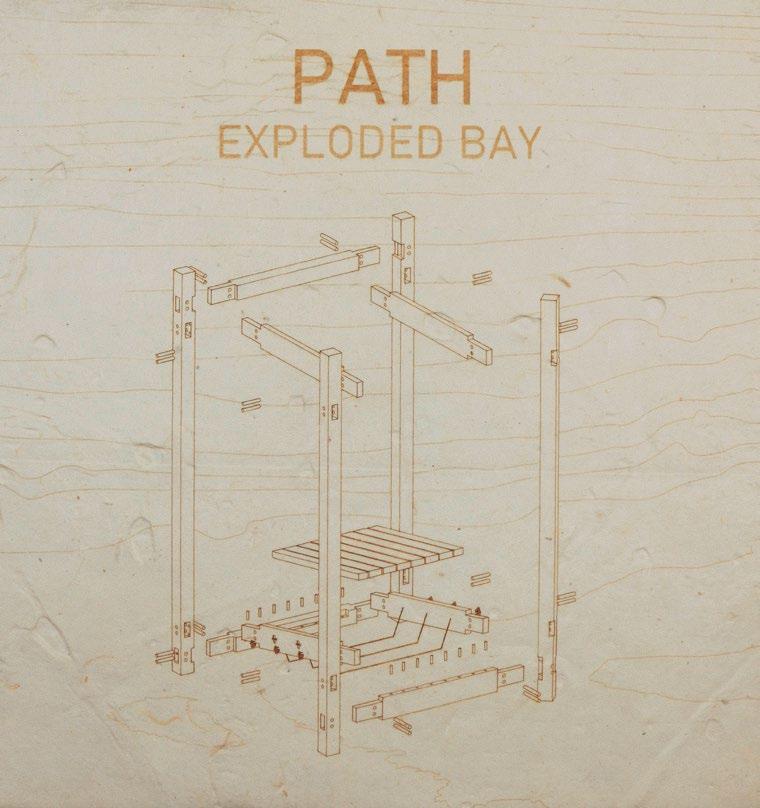
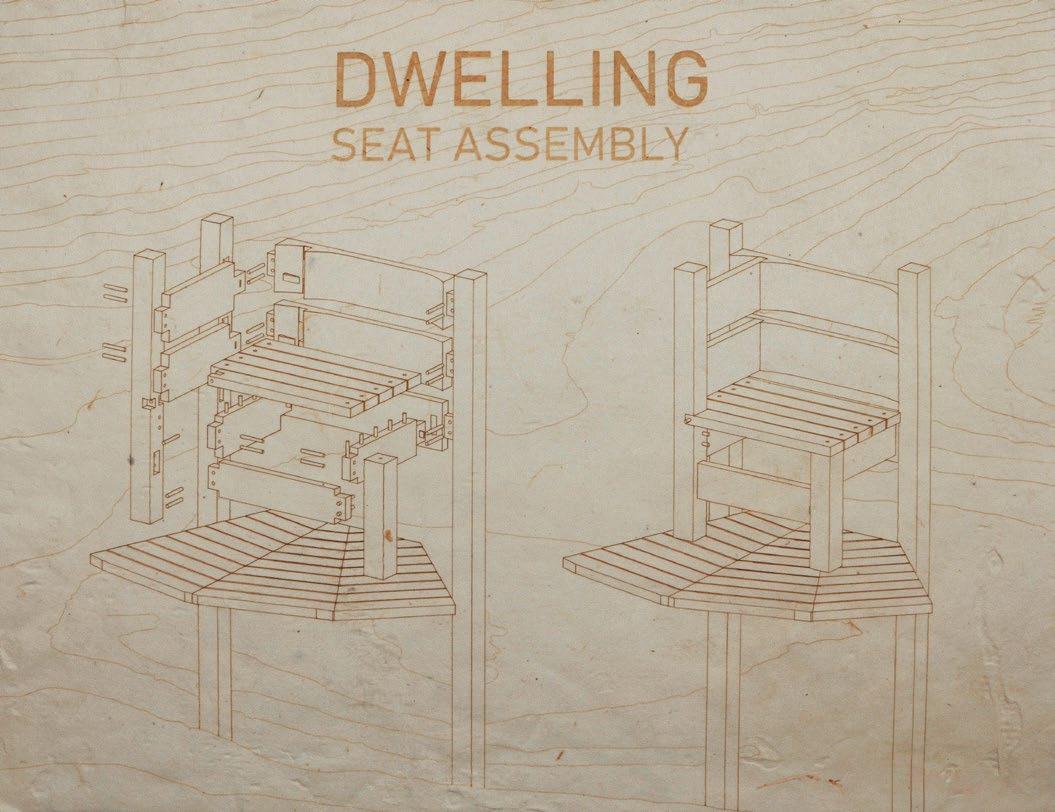
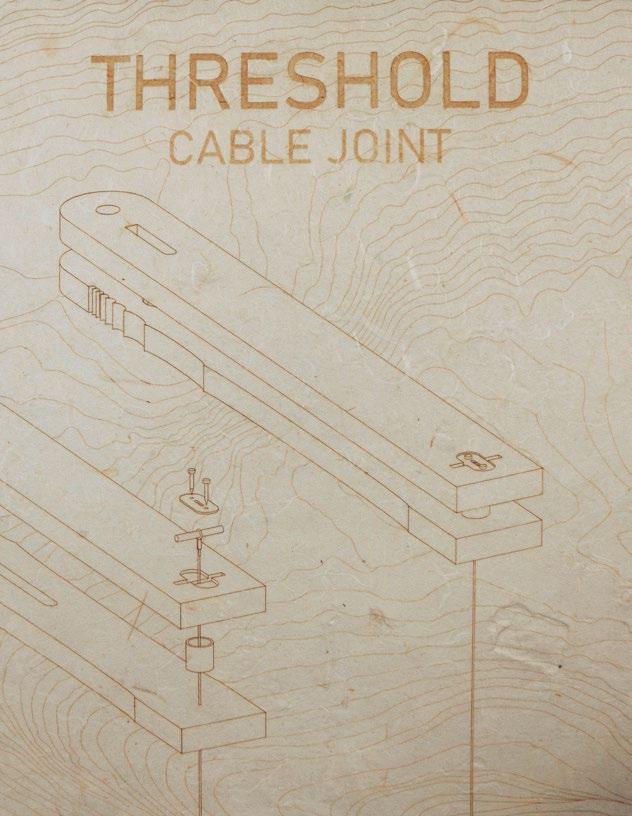
5
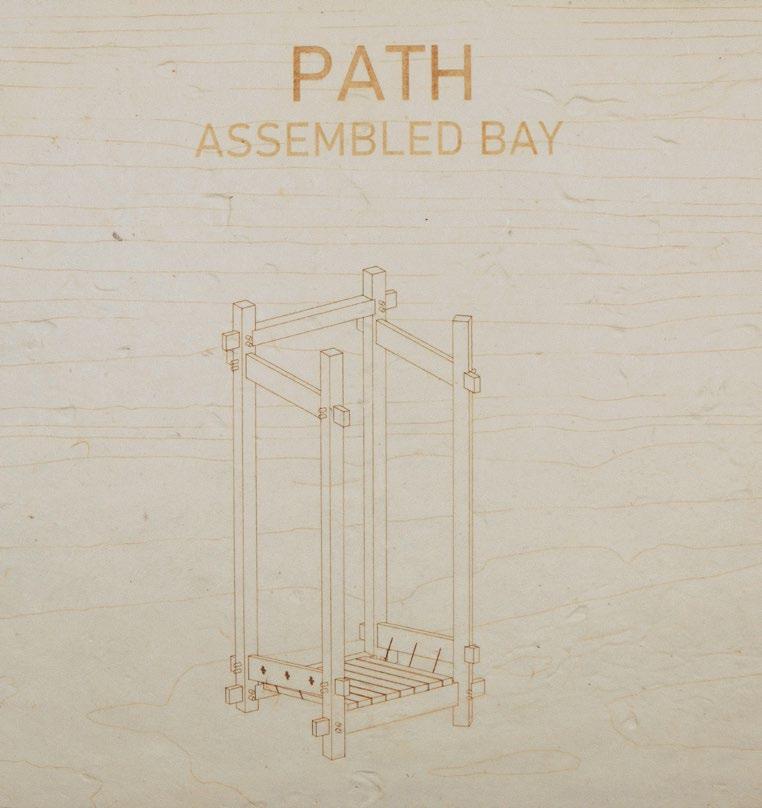
8
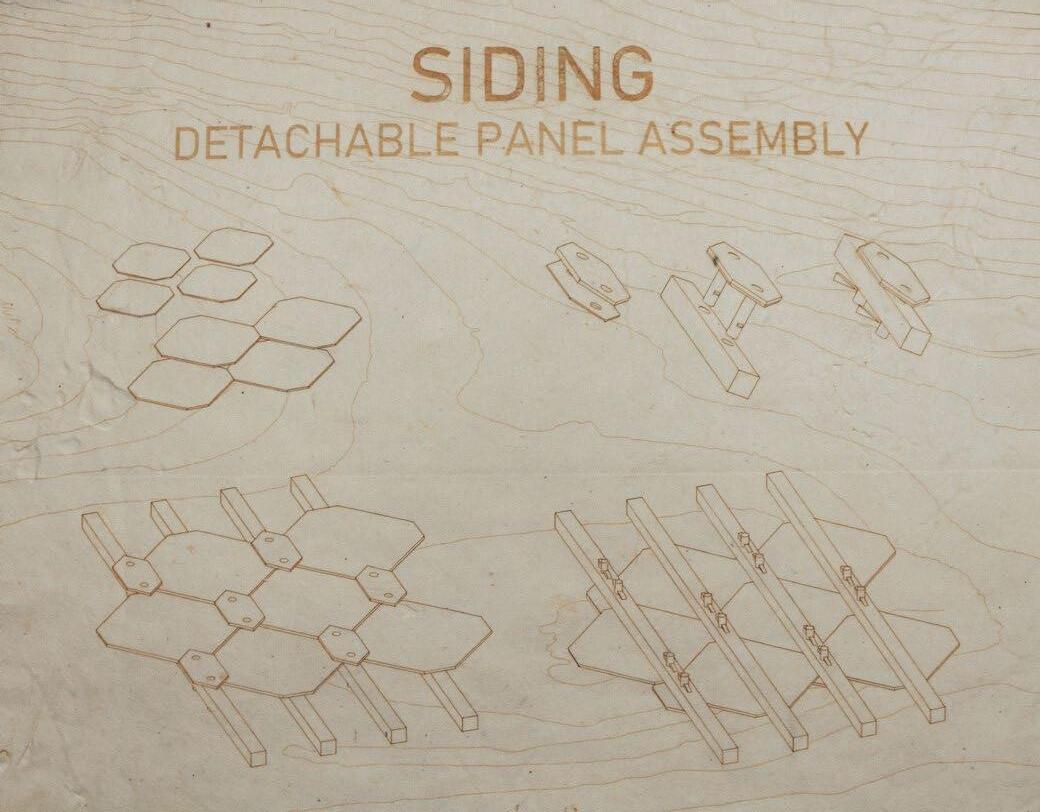
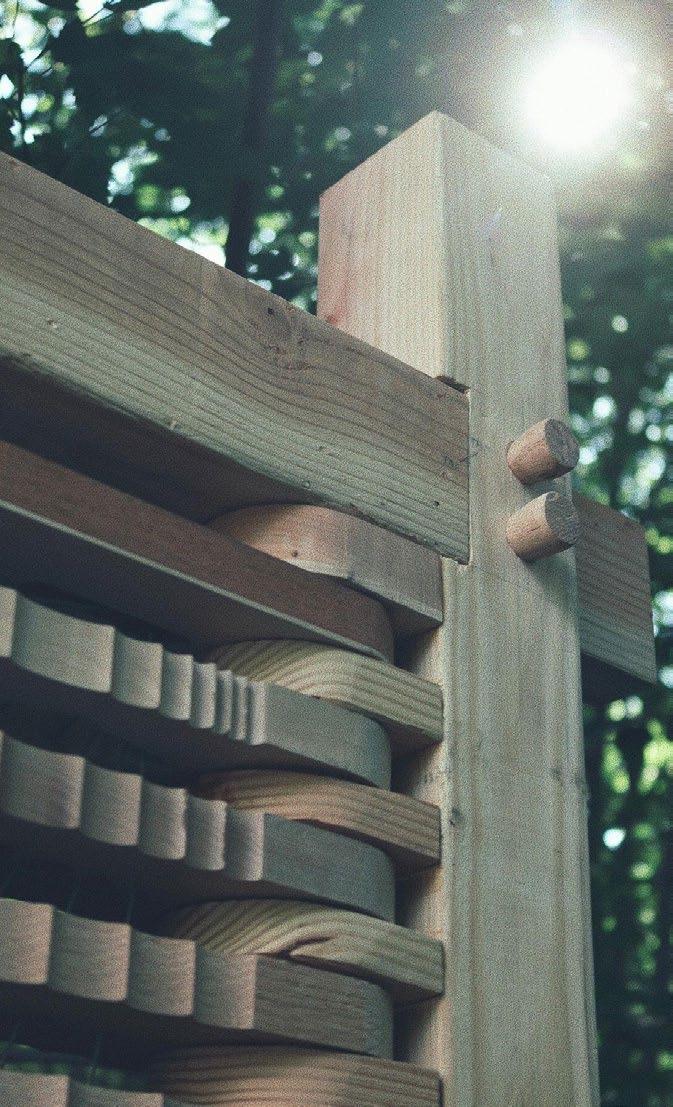
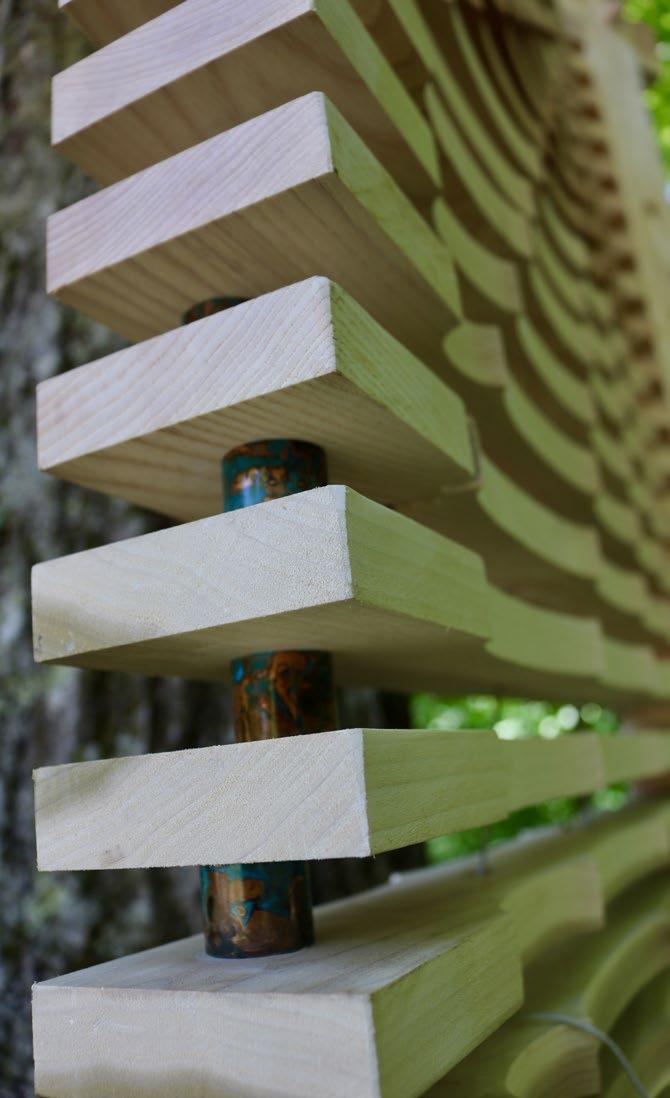
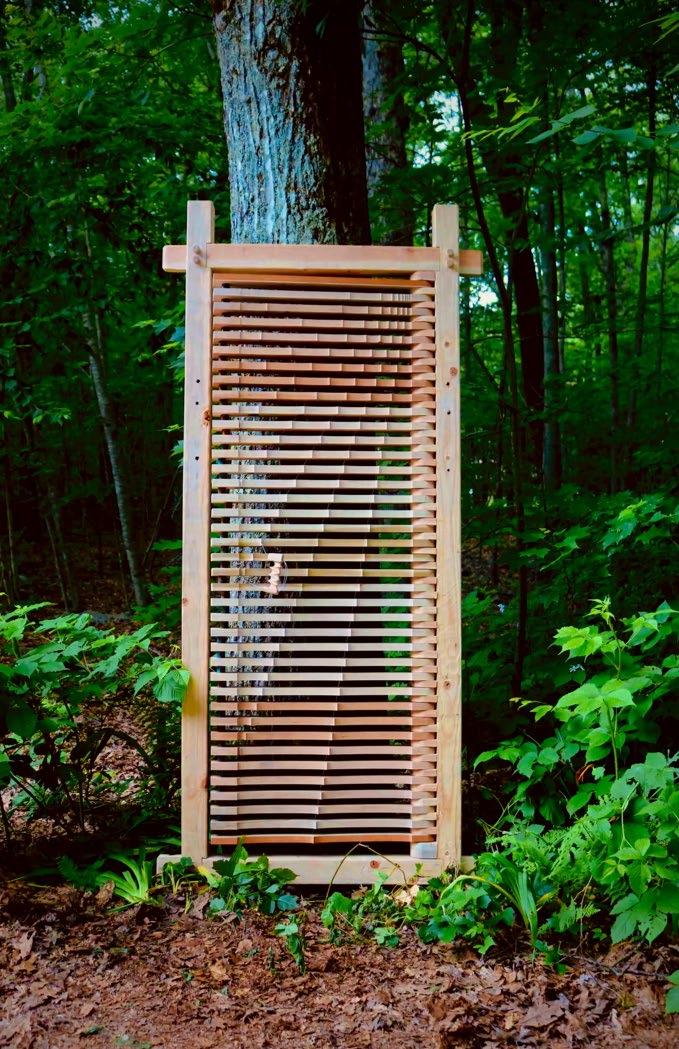
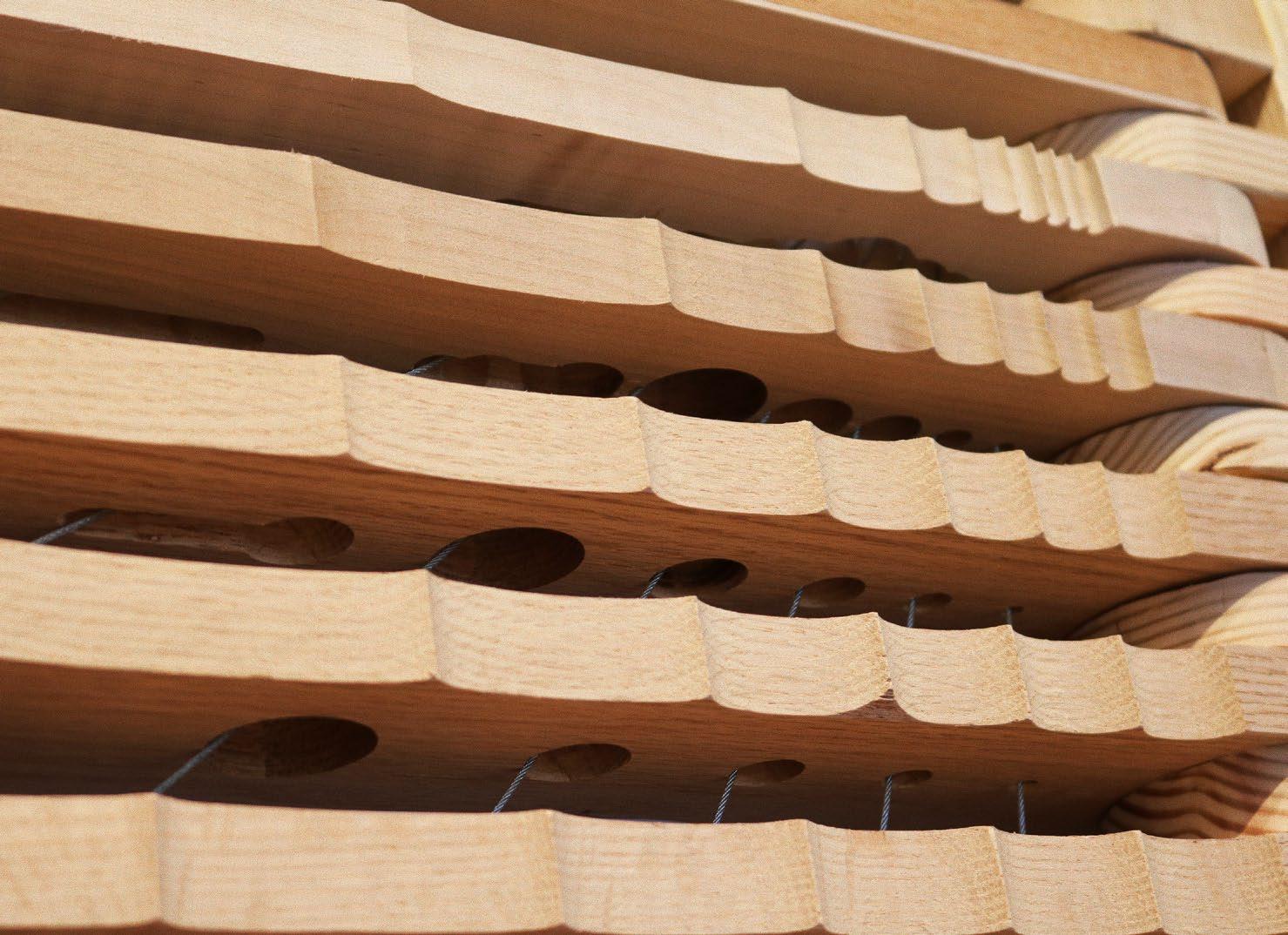
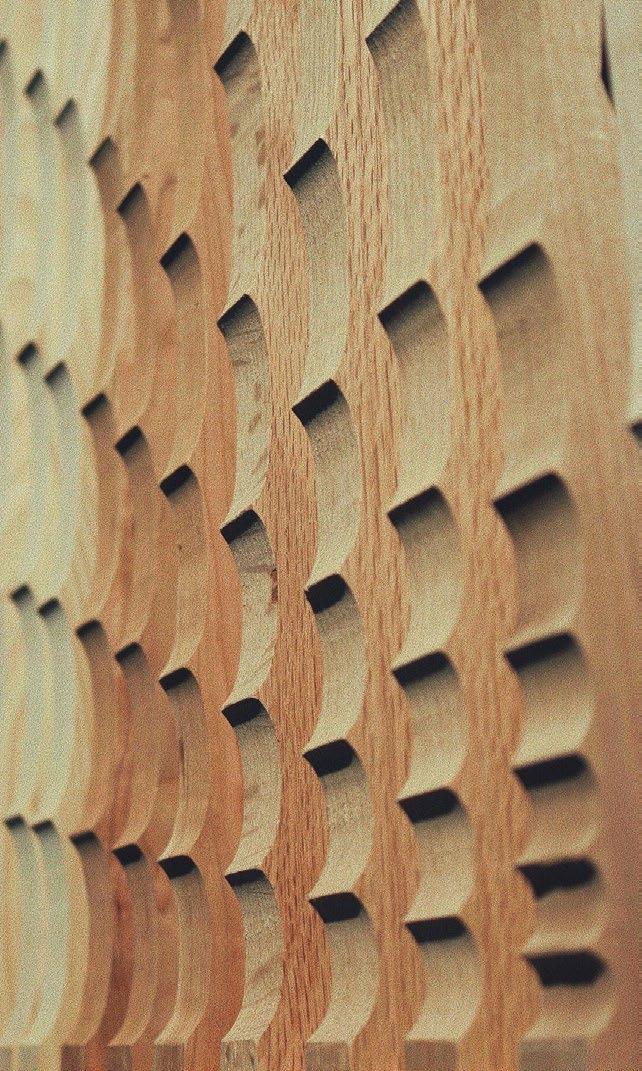
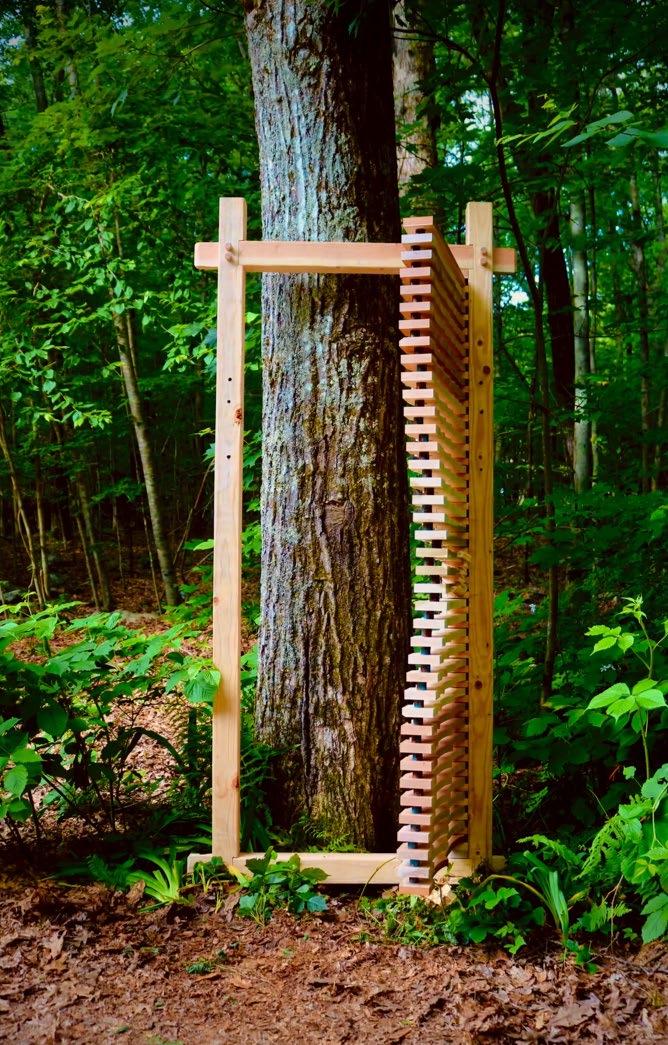
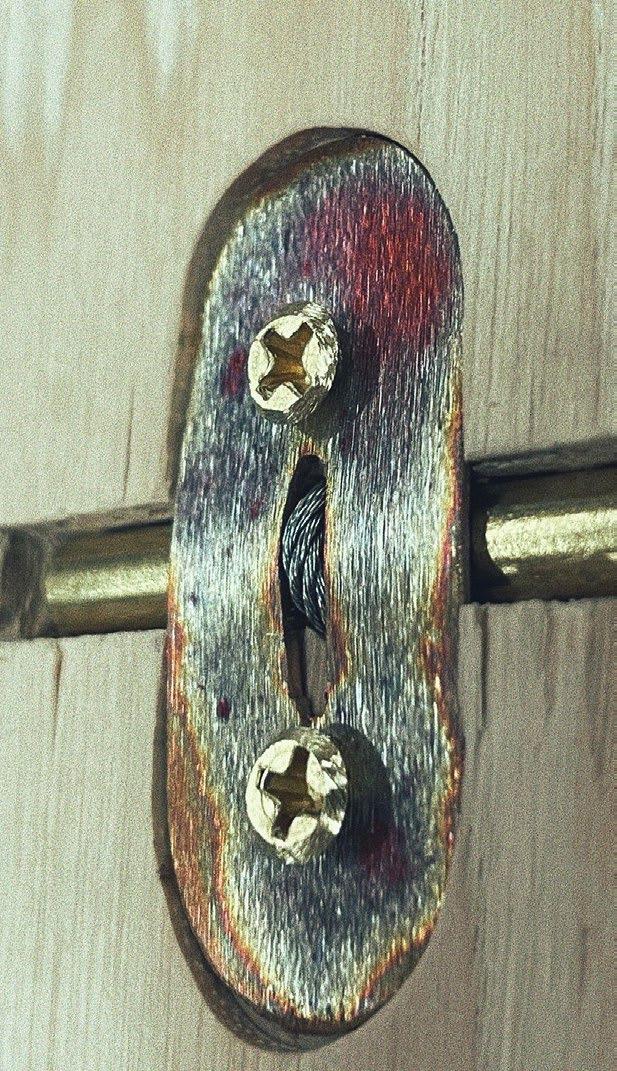
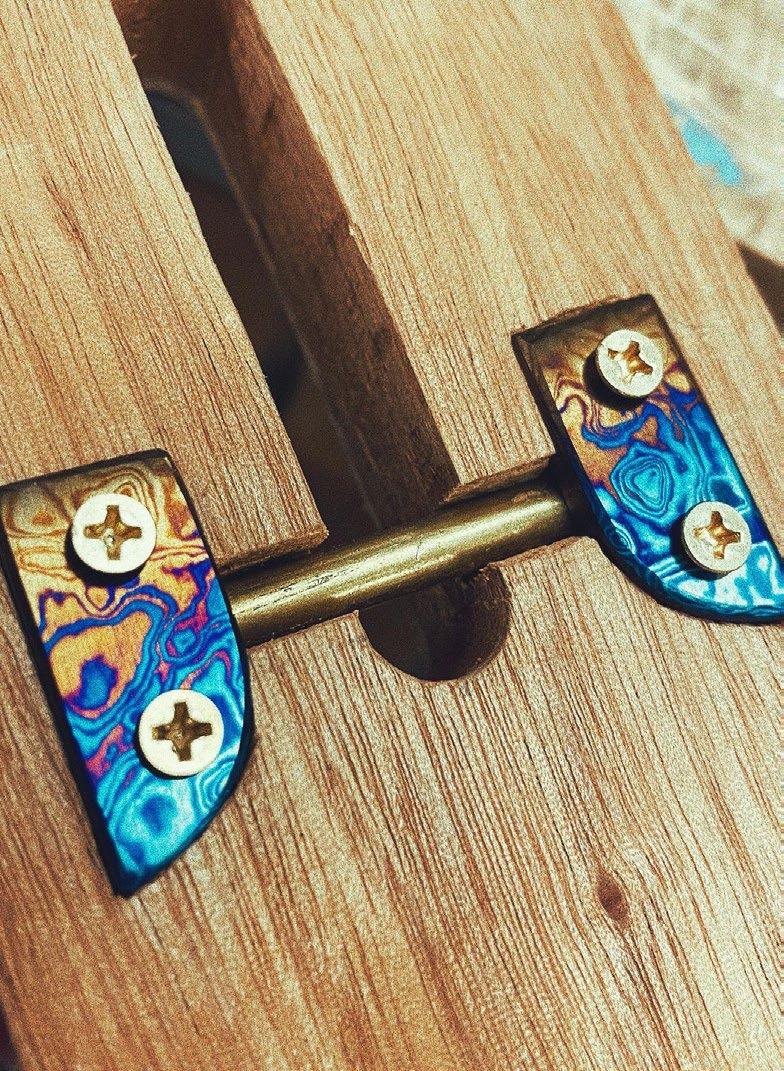
The door was the component I chose to fabricate. It consists of seven species of wood and five different metals. The structure of the door is echoed in its form, and the project as a whole experiments with methods of finishing, texturing, and joining. Pulling the carved handle, which is attached to the door by a cable, opens the door while causing the slats to move slightly relative to one another. All components were fabricated by hand and work together to simultaneously express fluidity and solidity, positive and negative space, and unique material use and form.
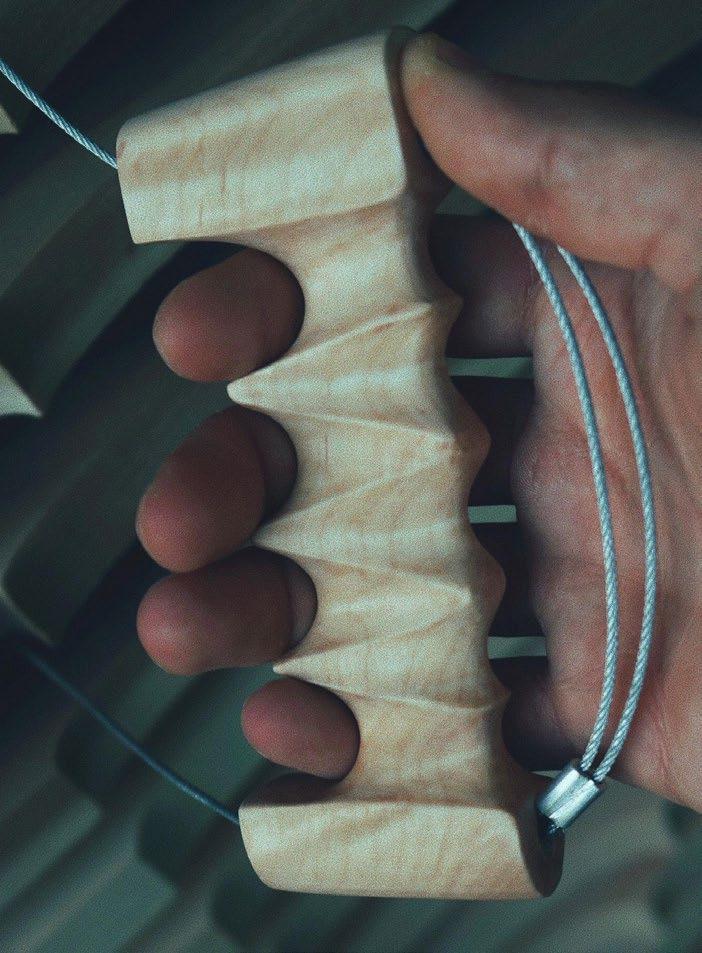

This spread shows additional visual and material research I have been conducting as a continuation of my thesis work. Each project looks at atypical construction, and/or focuses on material understanding and unique use of, and finishes on, said materials.
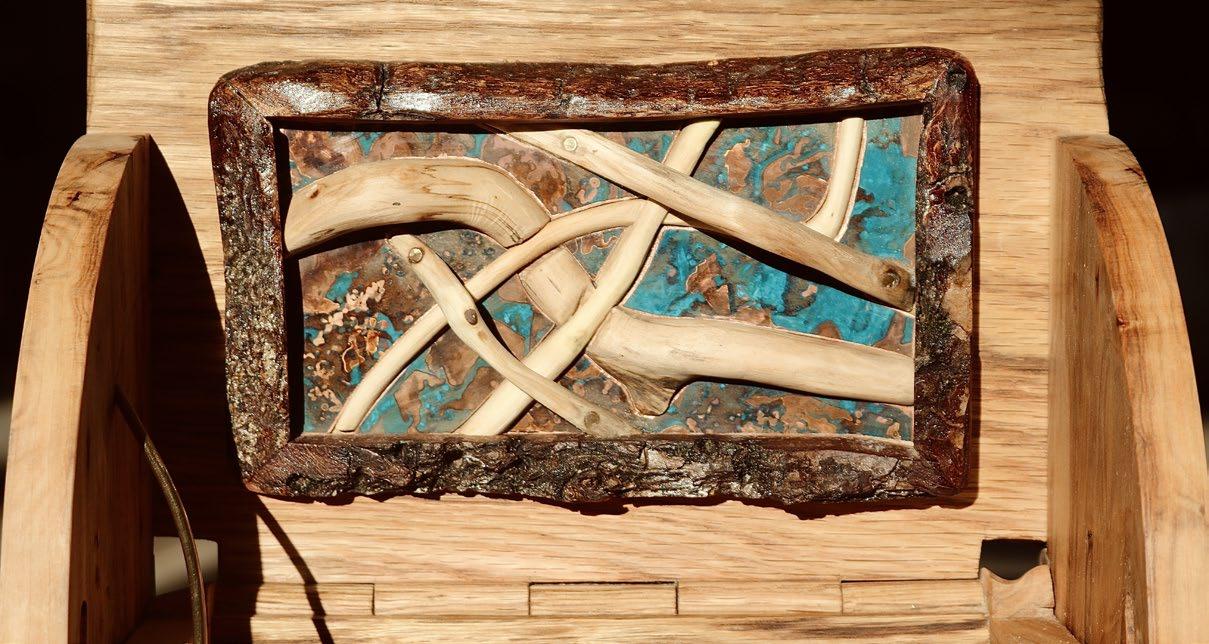
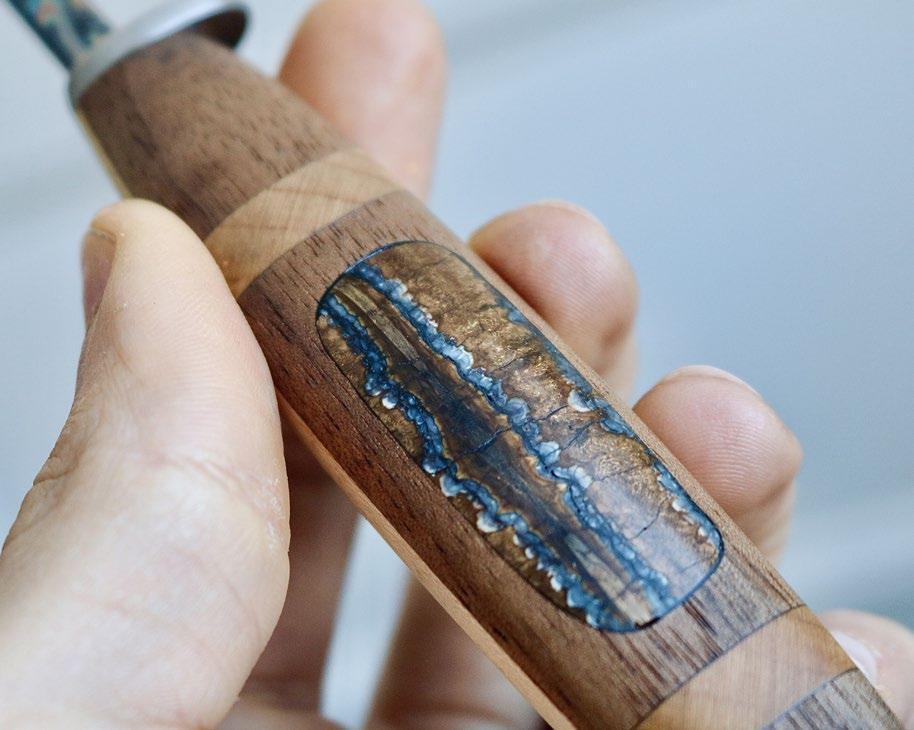
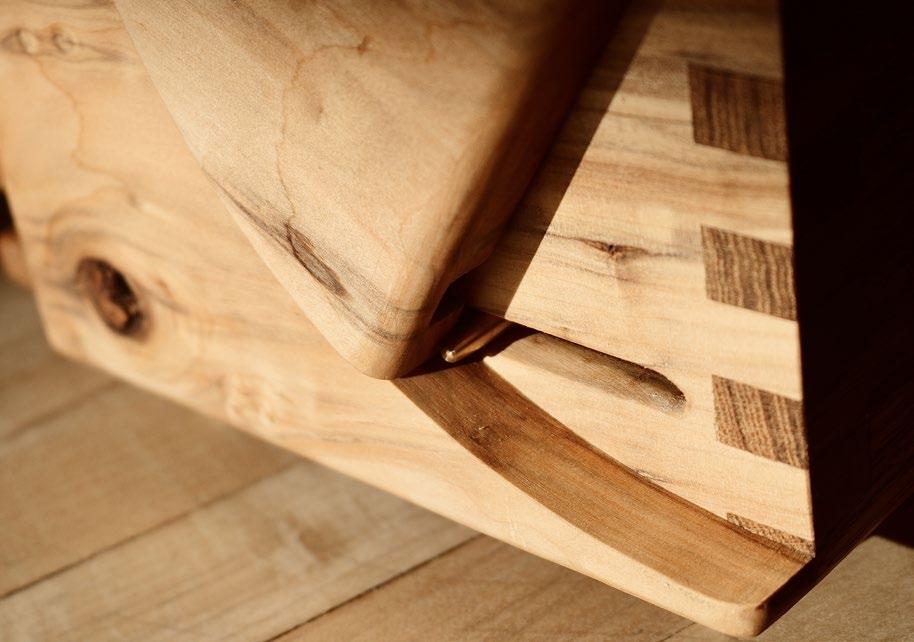
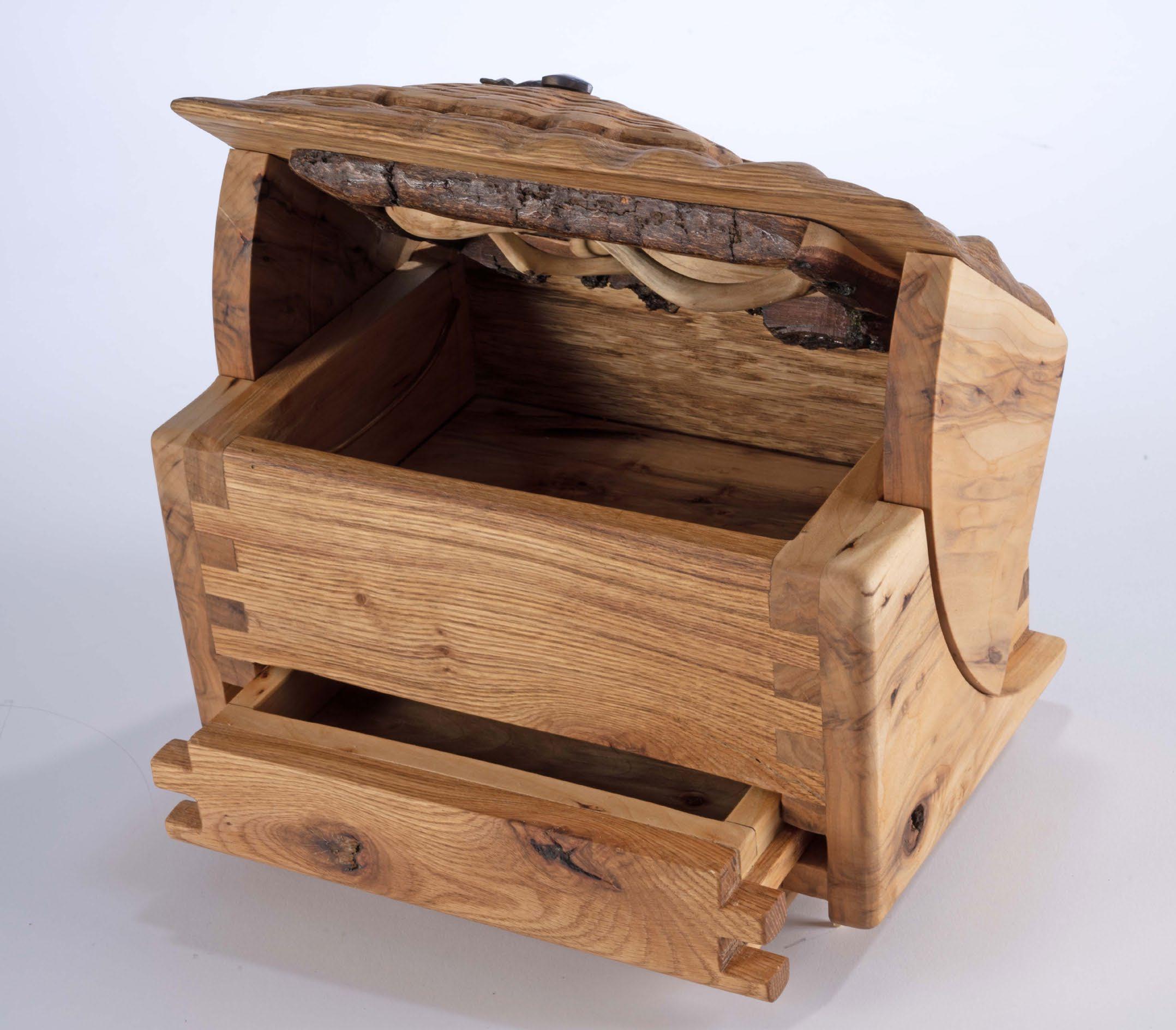
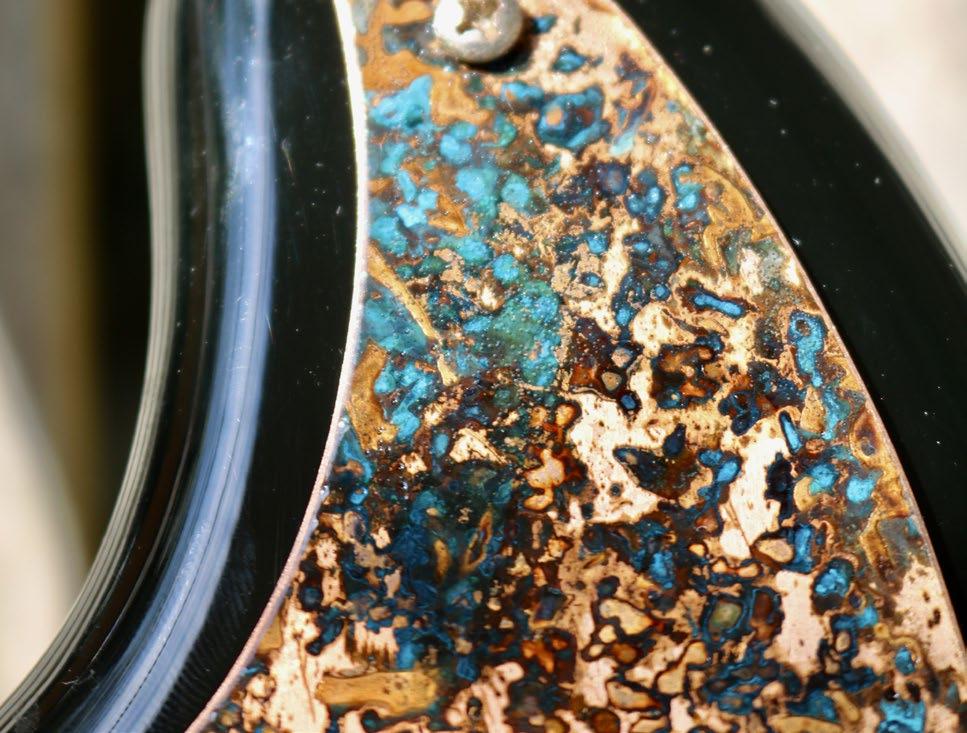
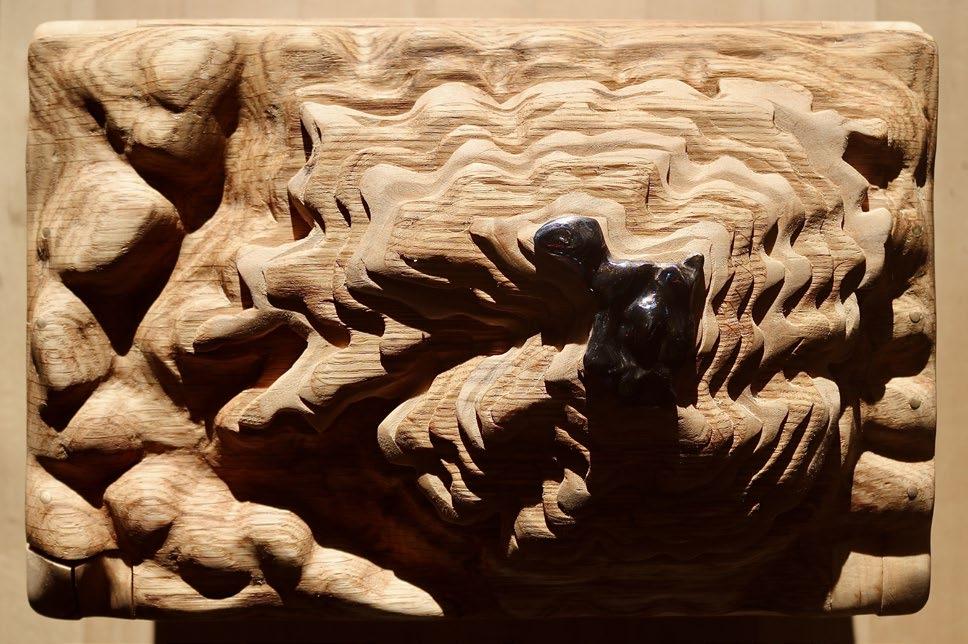
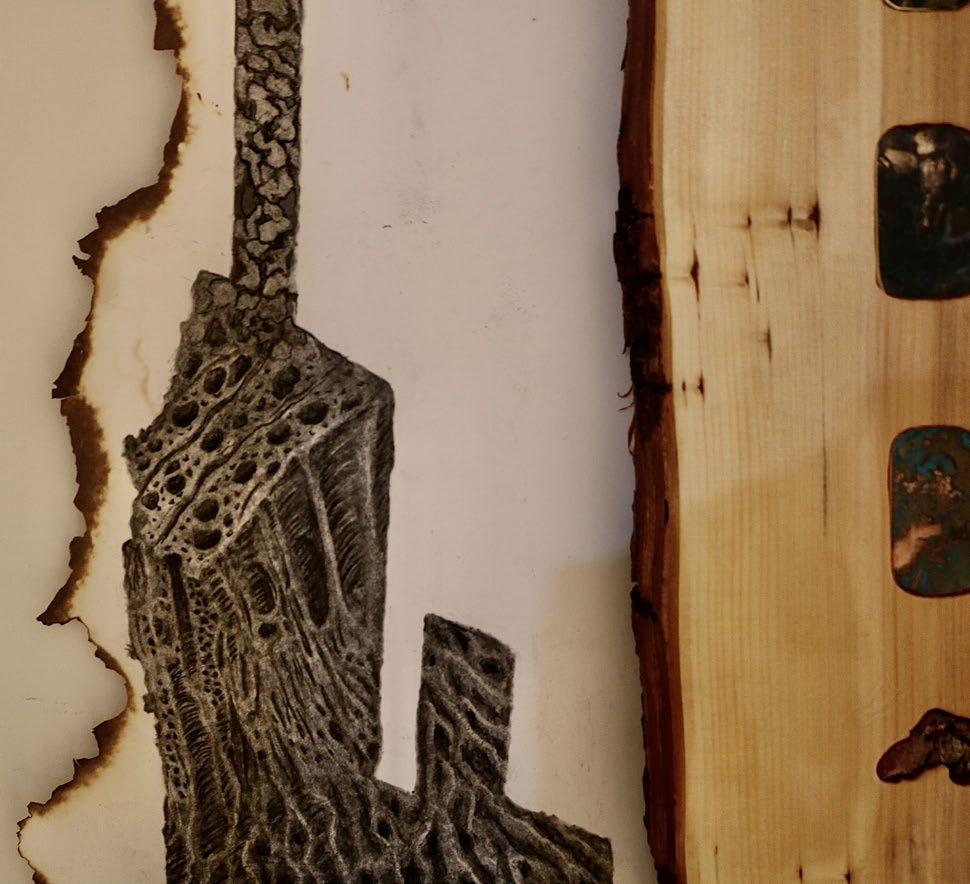

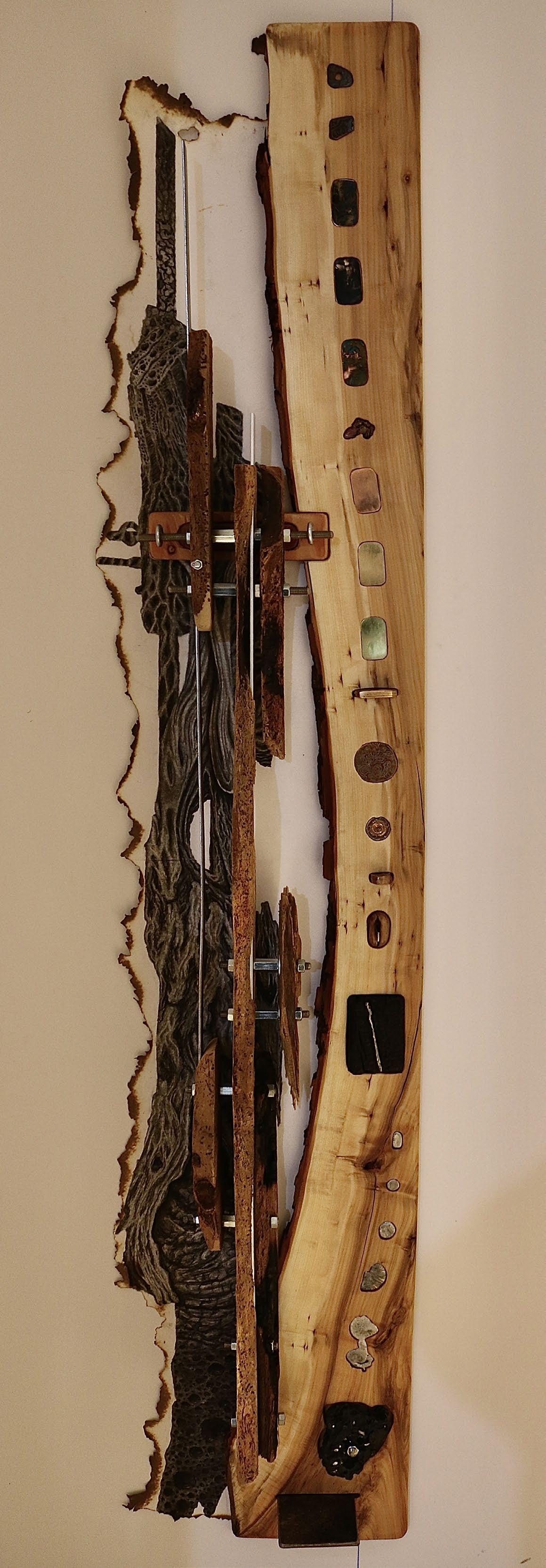
GROW STALL is an easy-to-assemble, lightweight structure for displaying and vending goods. It consists of a lightweight X-Frame scaffolding that can be outfitted with modular shelving and seating units with simple attachments. The structure was inspired by construction scaffolding in New York City, which is always lightweight and quickly disassembled.
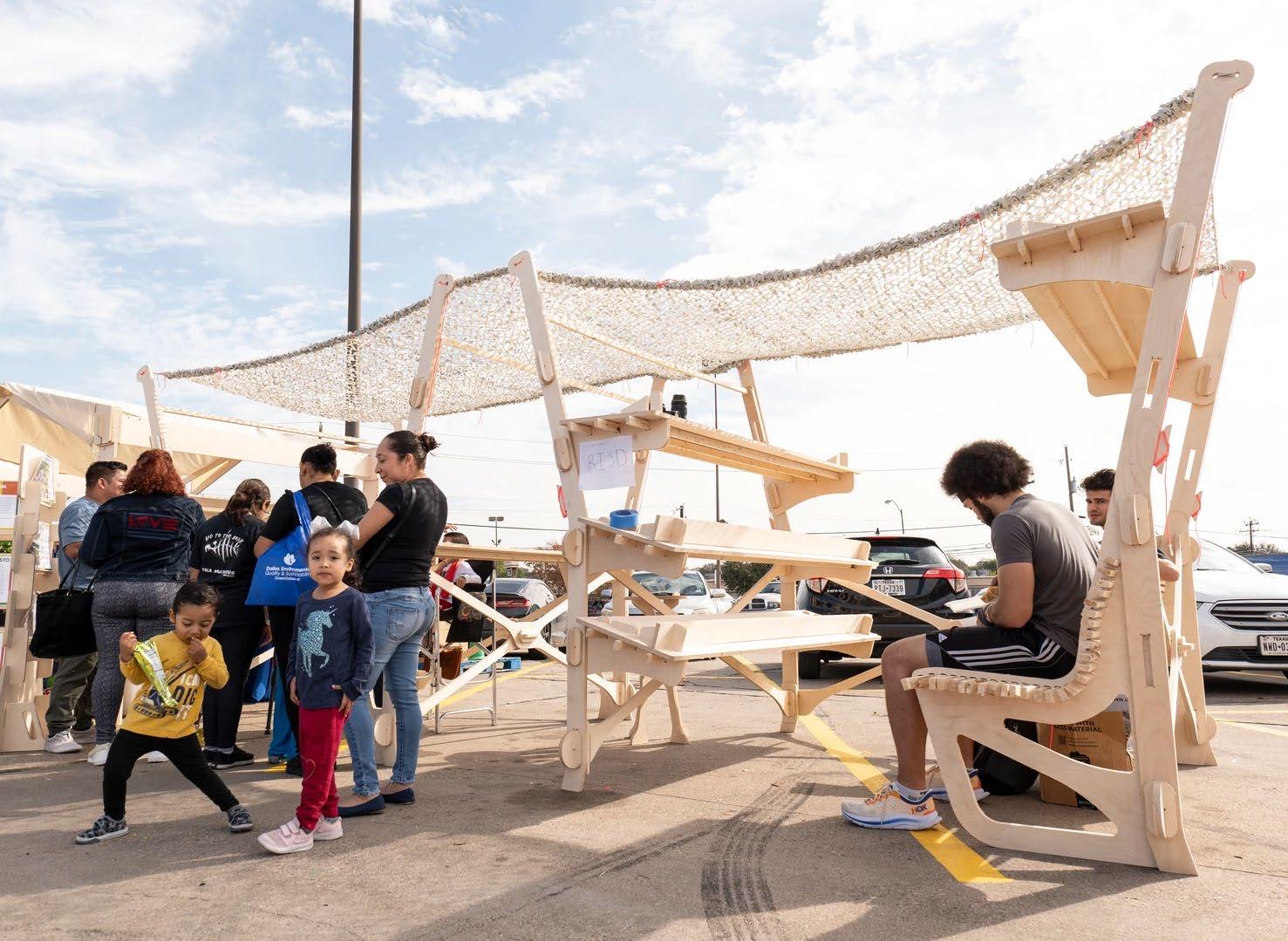
This project was created to provide a easy-toconstruct alternative to the traditional market stall, often consisting of a fold out table and a collapsible tent. The goals for this project were to minimize the use of hardware, be easy to assemble and disassemble for all ages (particularly those over 50), be able to be digitally fabricated in order to remain open-source so that the design is accessible to everyone, all while maintianing unique character and functionality as a market stall with seating, shade, and table or vending space.
This project is a collaboration with Oliver Jacob and Aliah Werth, and was selected as a finalist for the Better Block FD23 (Fabrication Day '23) design competition.
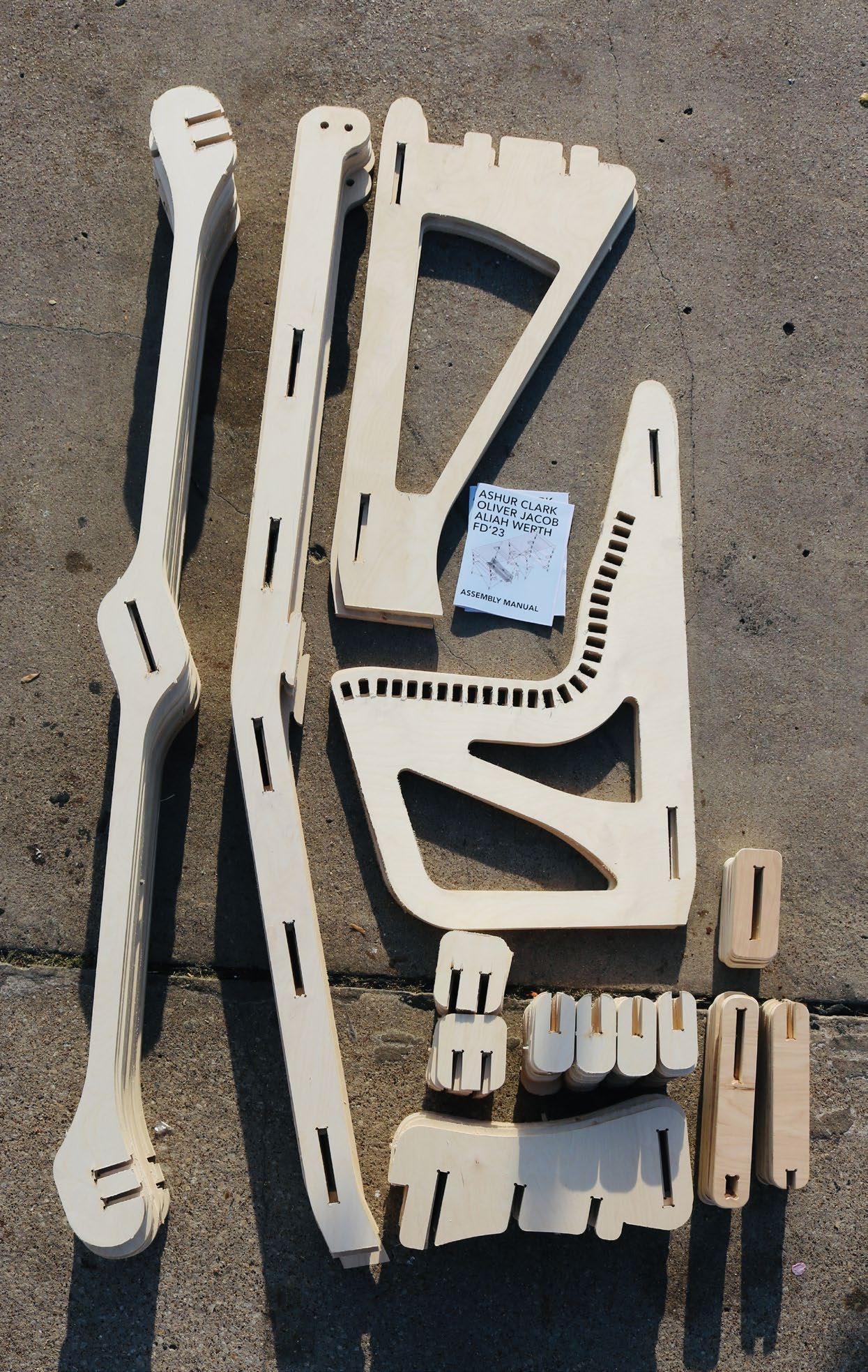
GROW STALL consists of diagonal braces we have named "X-Braces" which hold together the vertical "Y-Post" members. These posts grow outwards towards the top to increase the area of the "Sun Shade,"and slots on the posts accept attachments - shelves, benches, and tables - that can face inwards or outwards to best fit the users needs.
GROW STALL is meant to democratize the market stalldesign should be accessible to everyone.
Furthermore, everyone should be able to participate in design - to that end, GROW STALL is meant to be a living document. In providing a lightweight structure, we hope others will design new attachments for the modular system and improve upon our "base model."
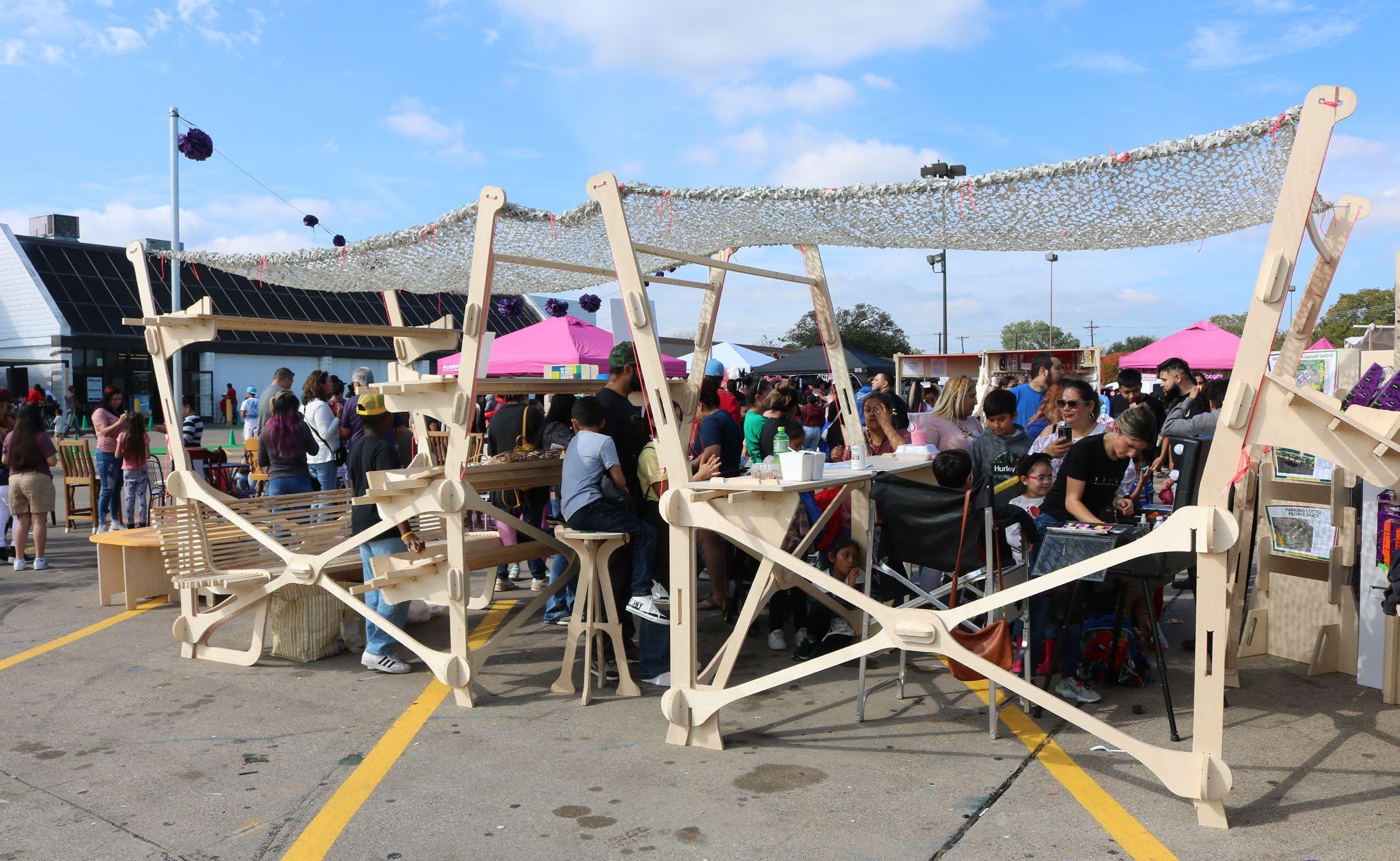
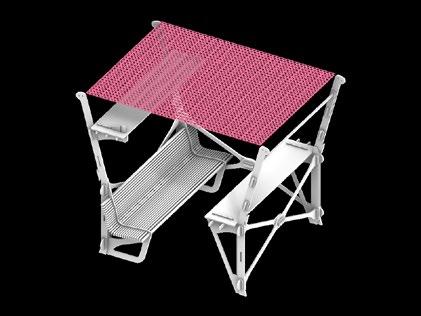
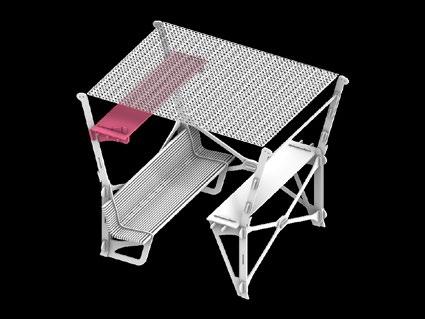

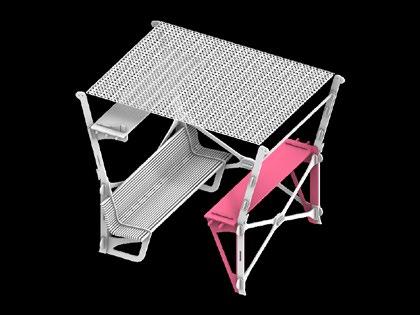
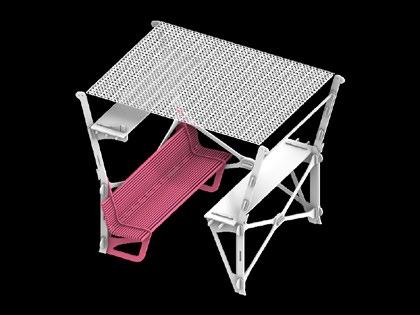
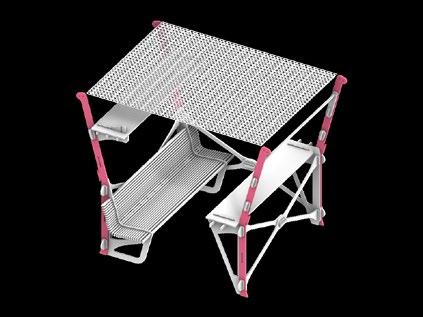
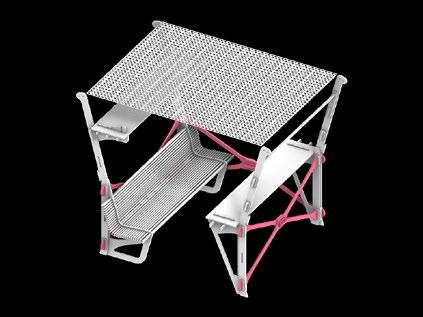
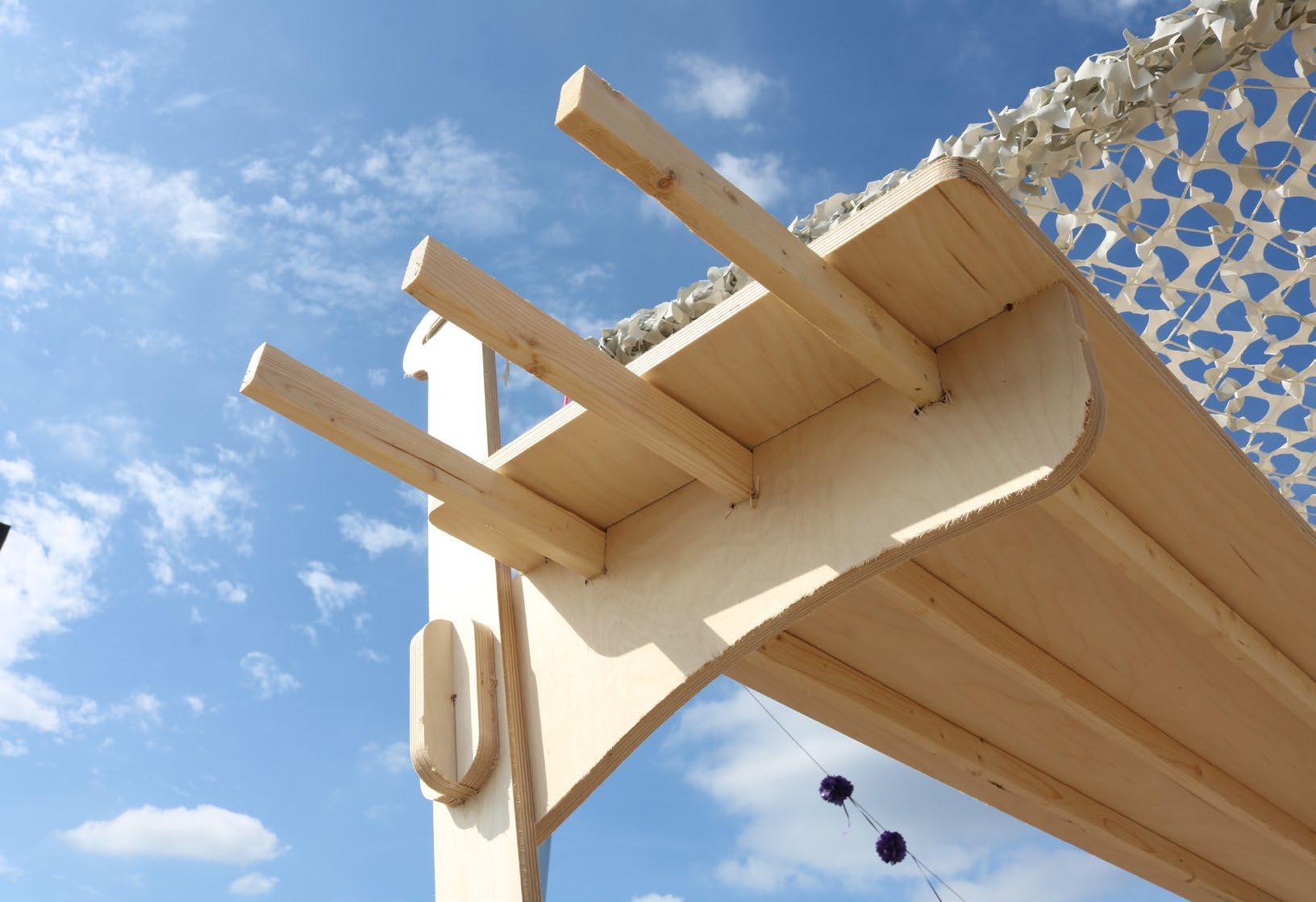
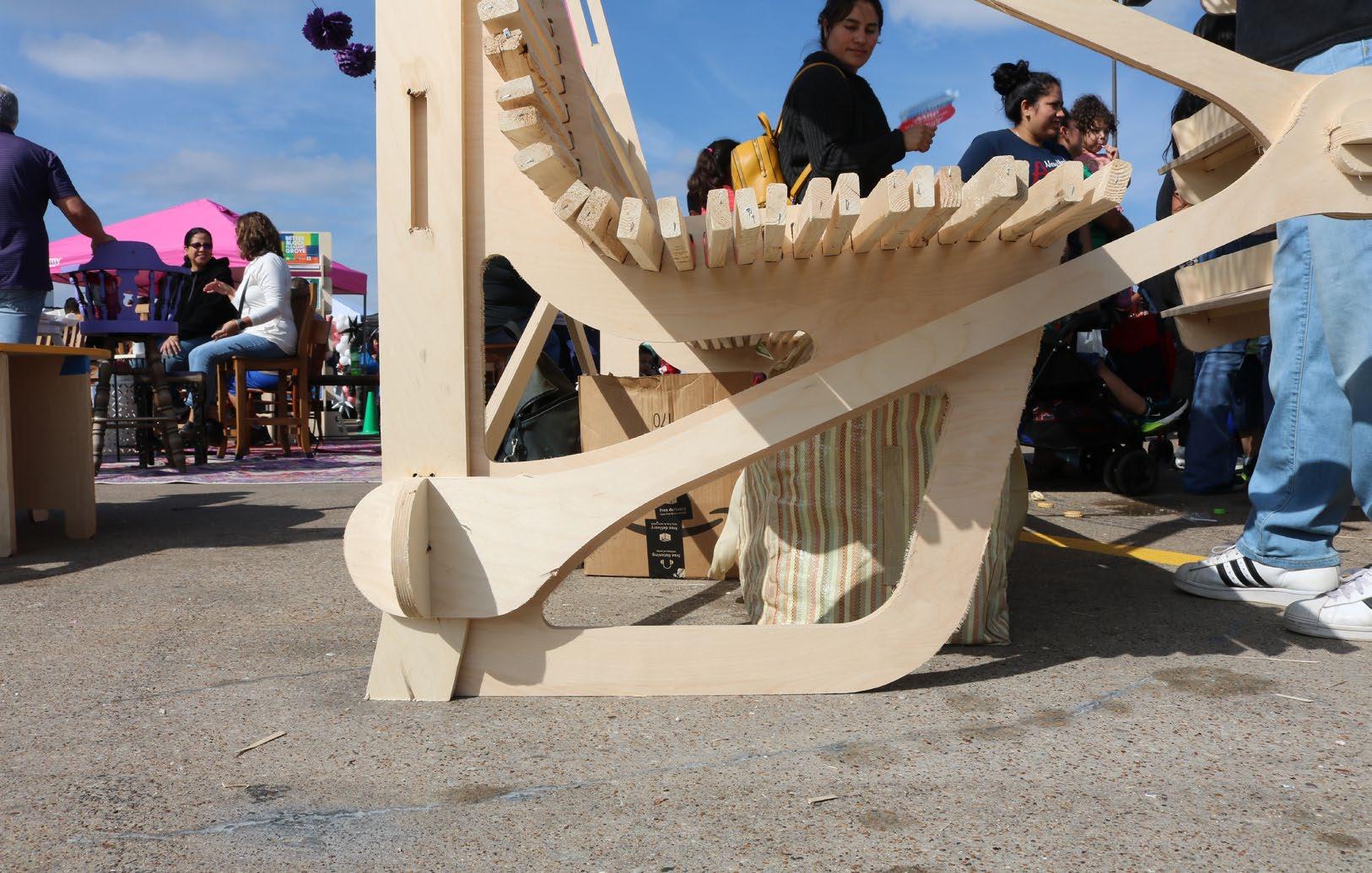
This section shows selected two dimensional (drawings, paintings, mixed media) and three dimensionsal (woodwork, metalwork, casting, other media) works of mine from personal projects and coursework. This work often inspires my architectural process through explorations of material, composition, texture, space, color, feeling, and other qualities.
